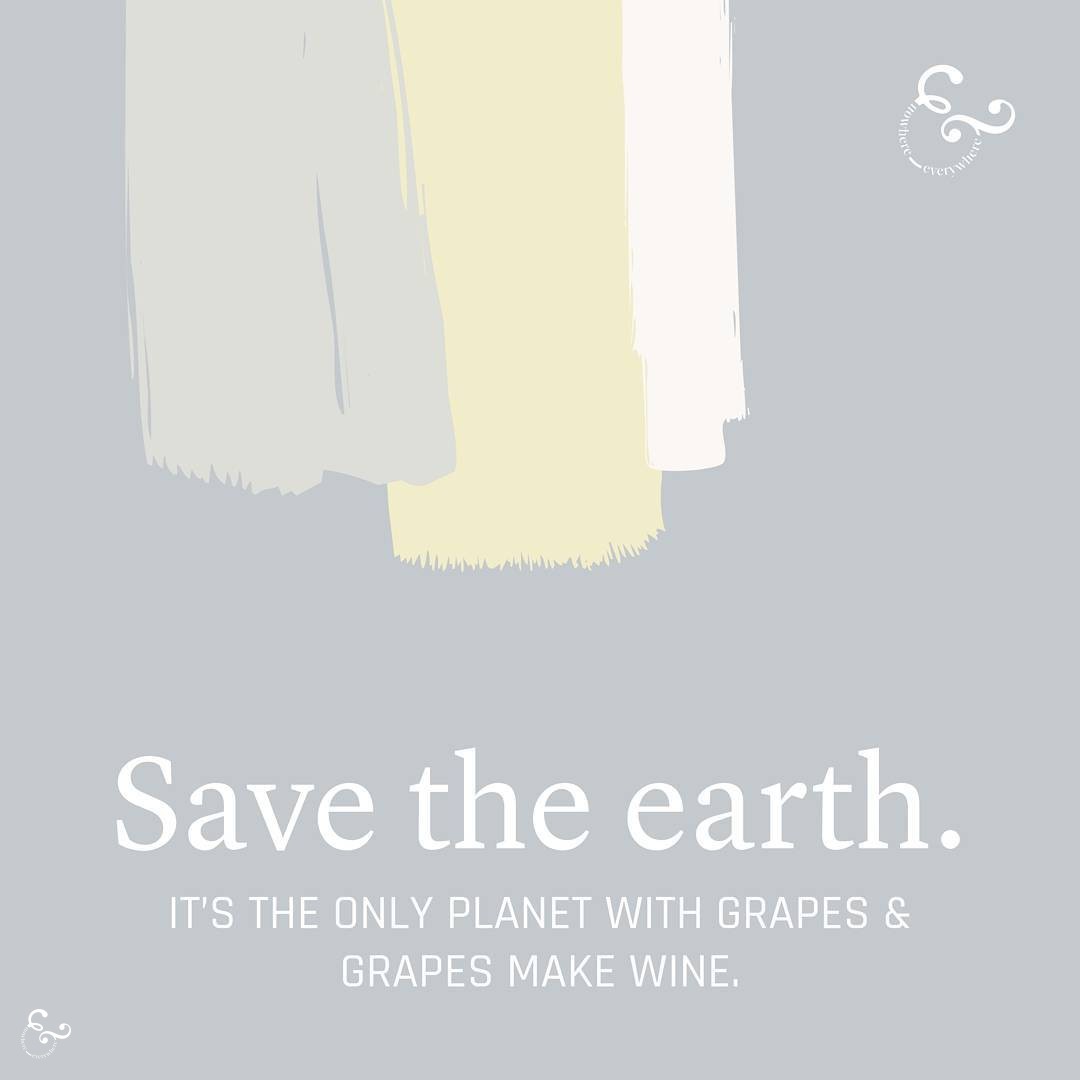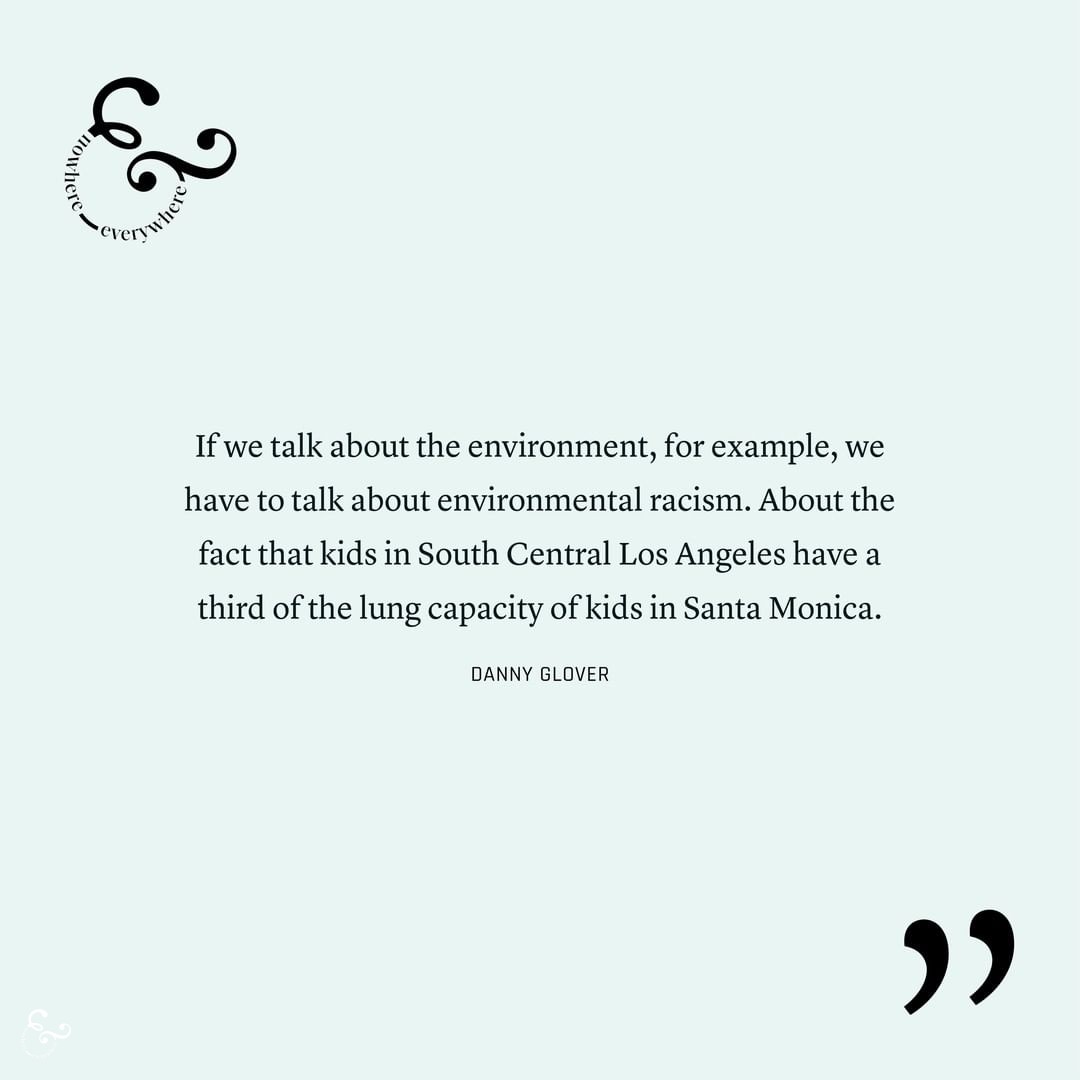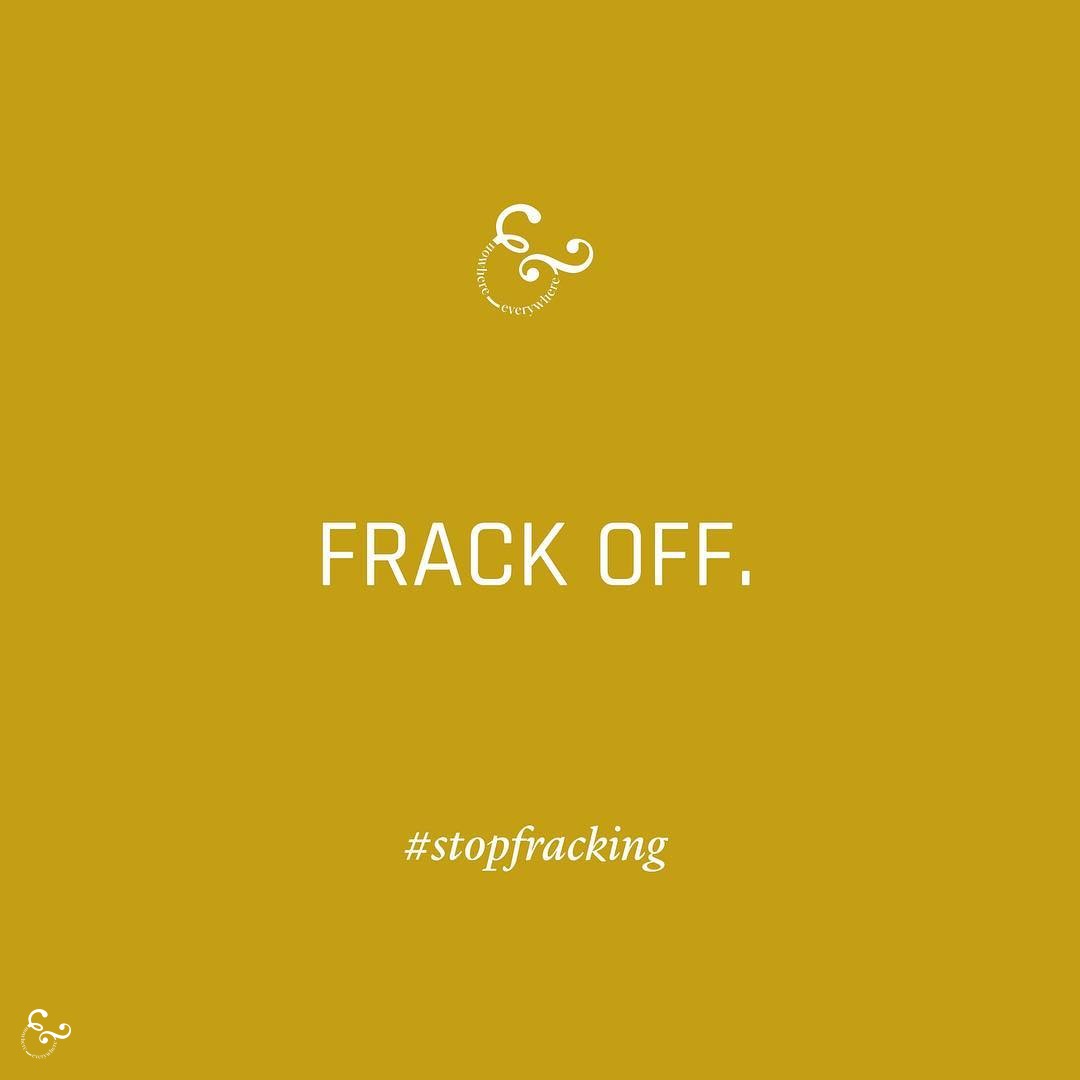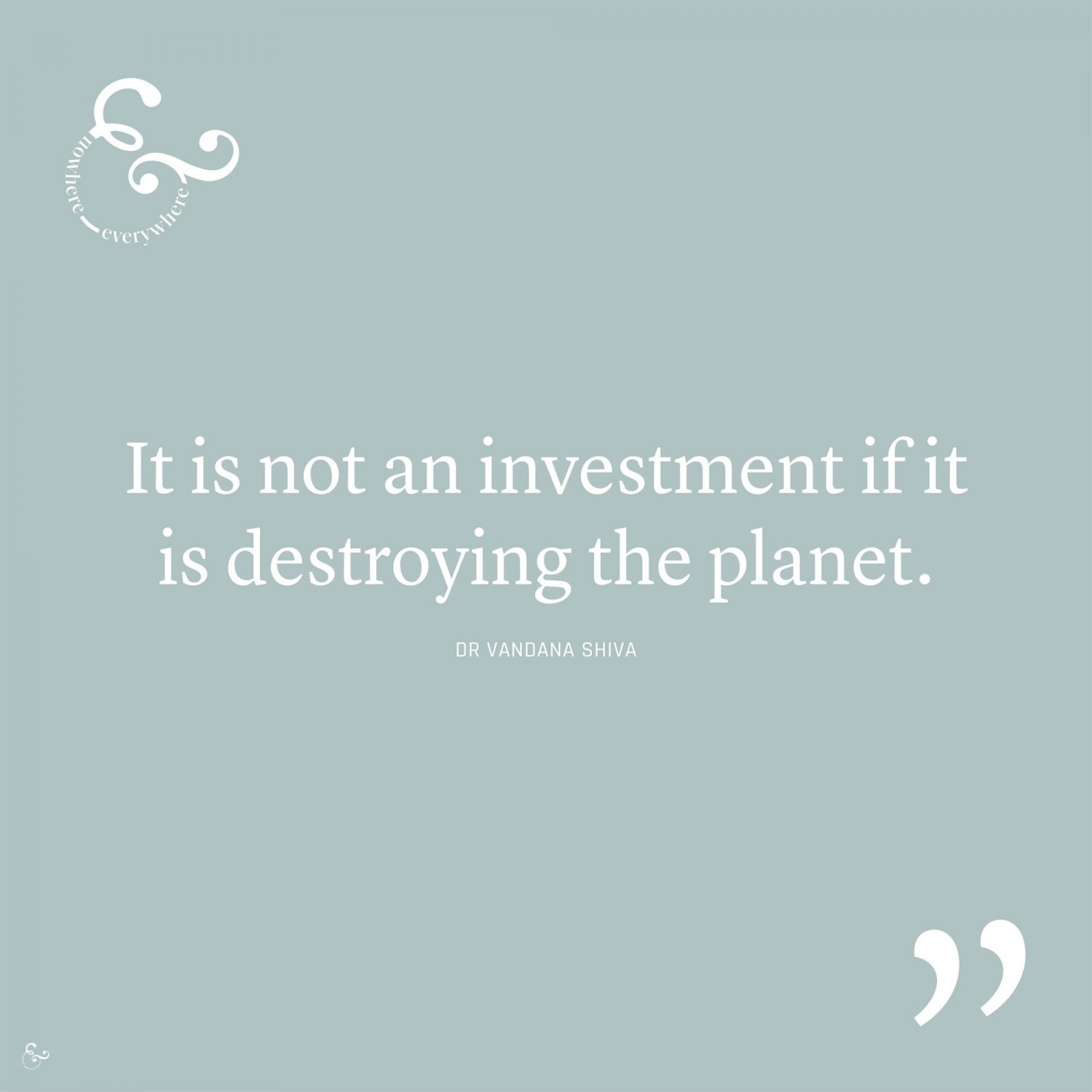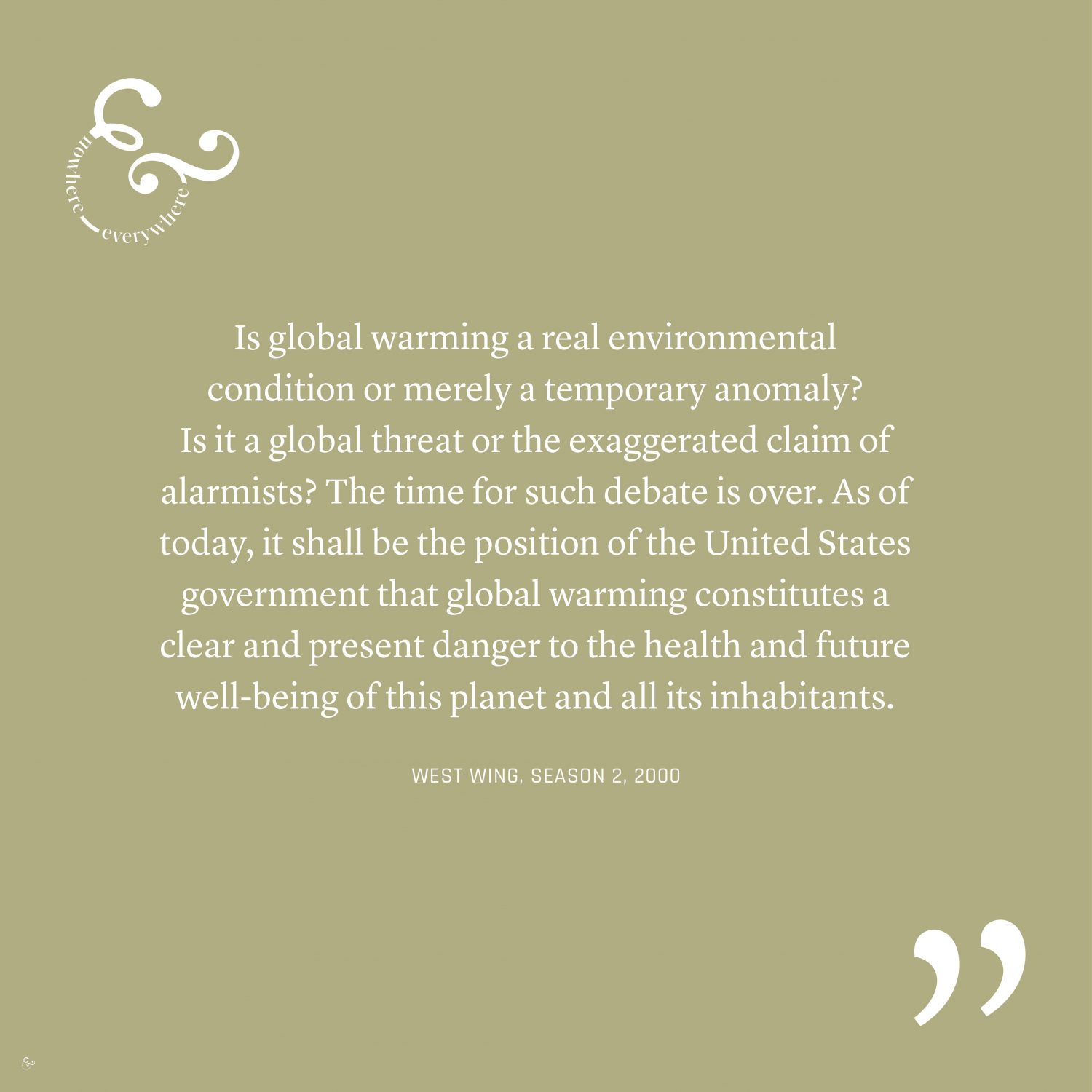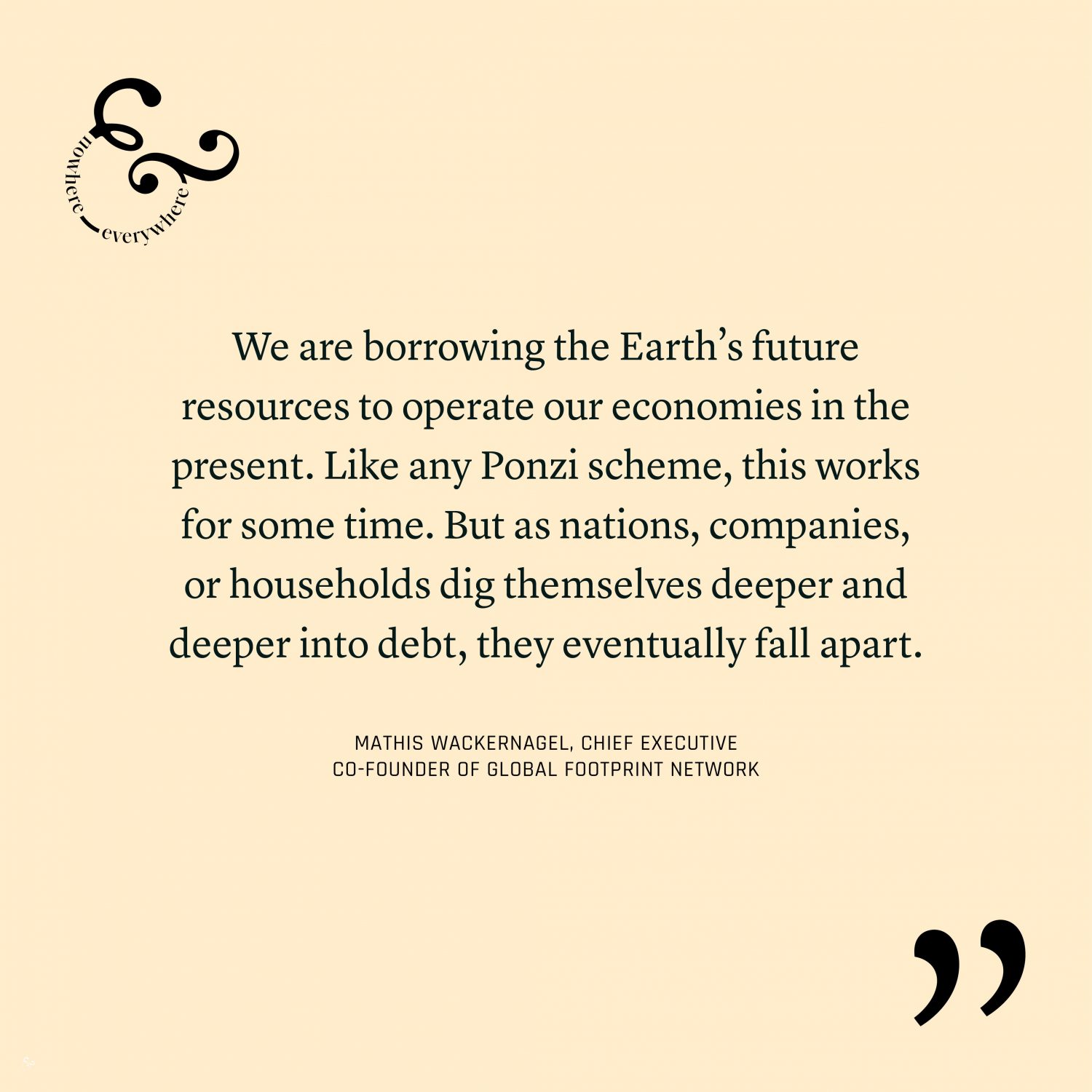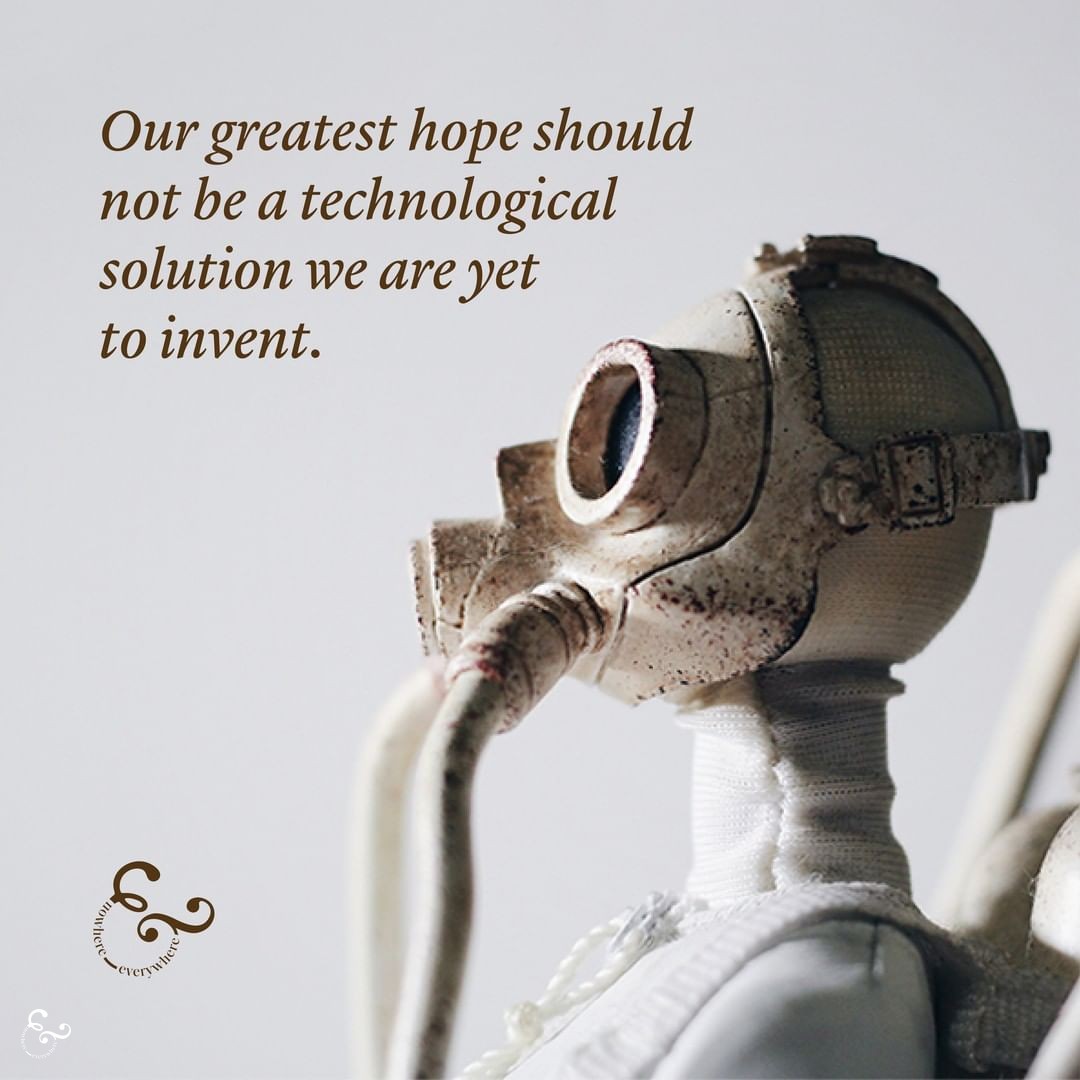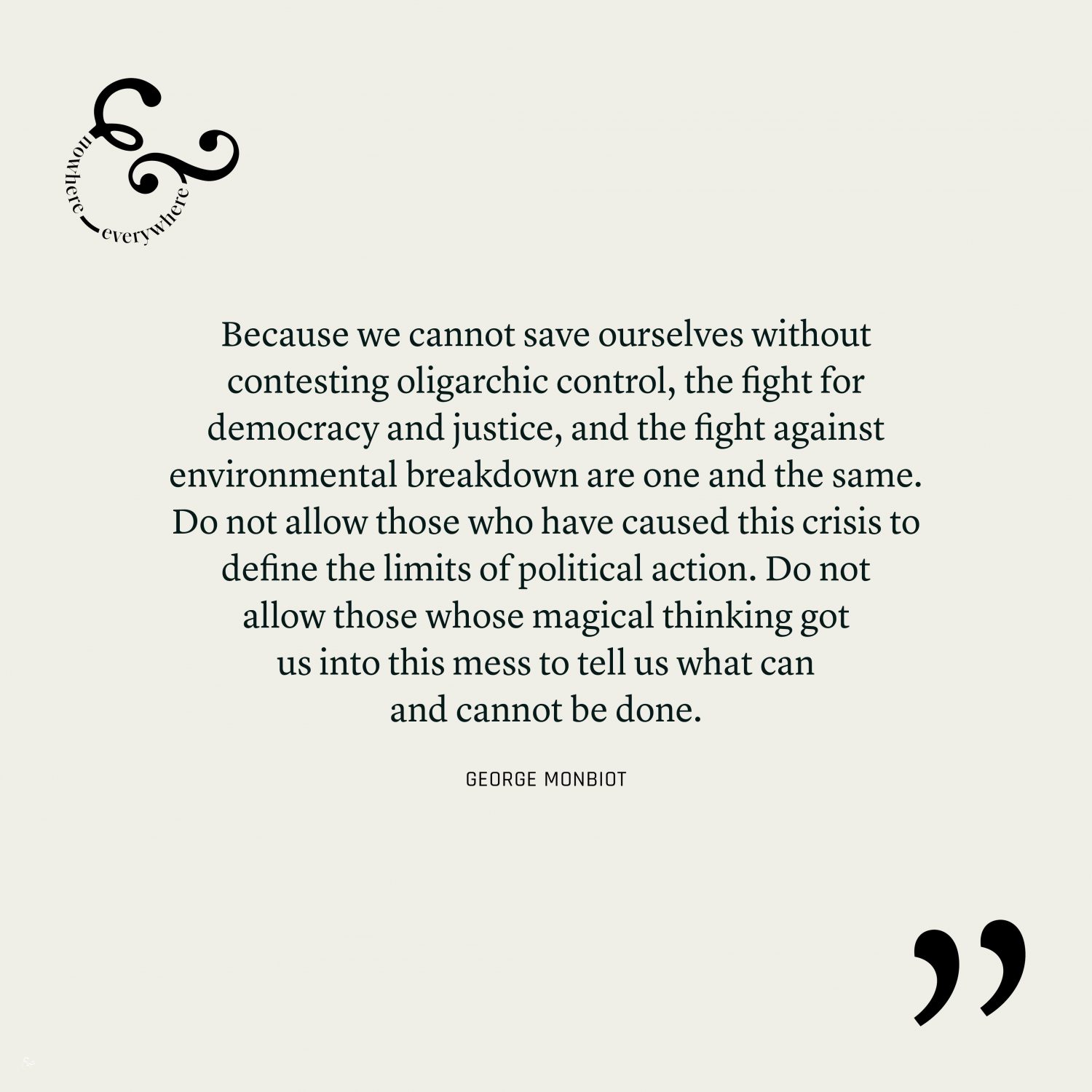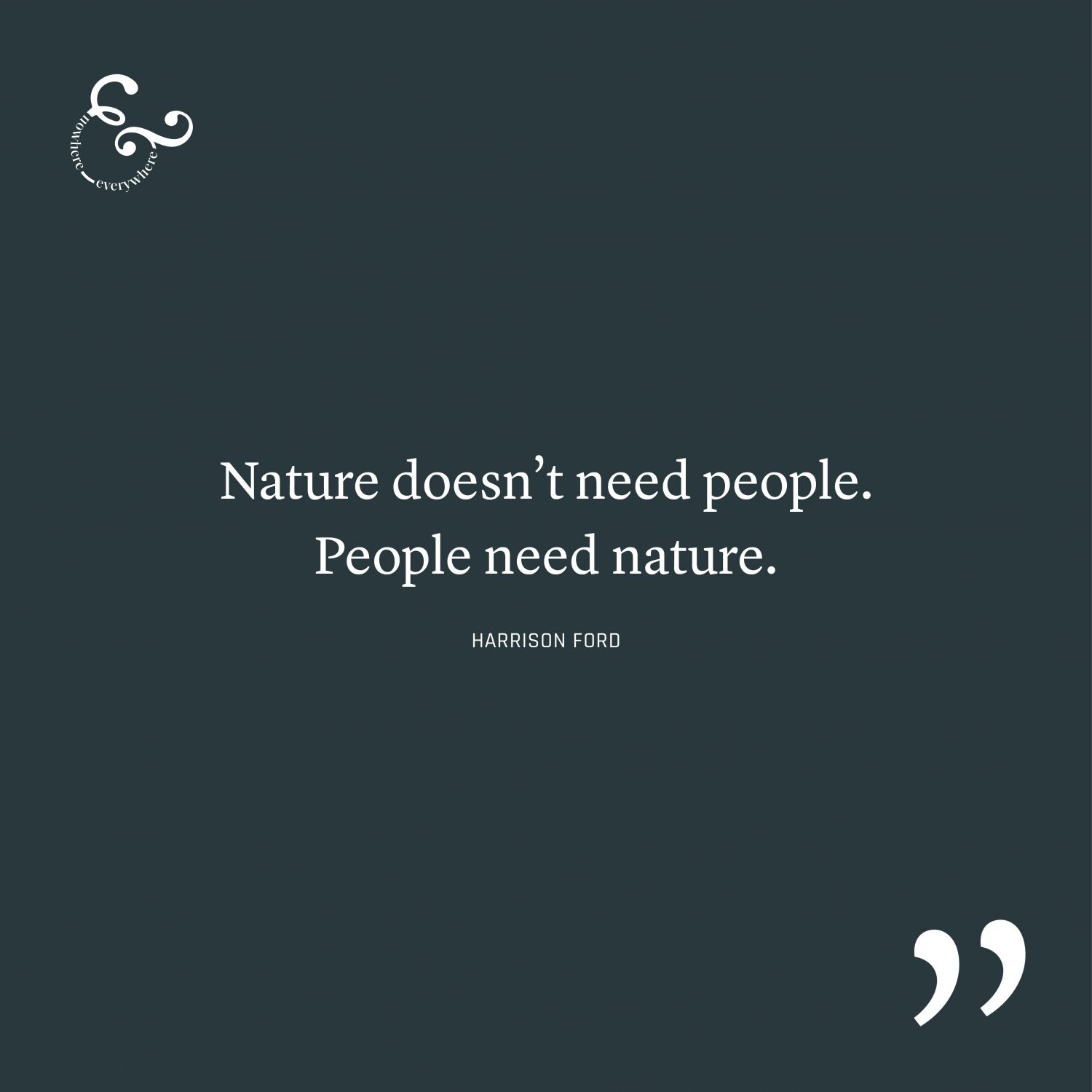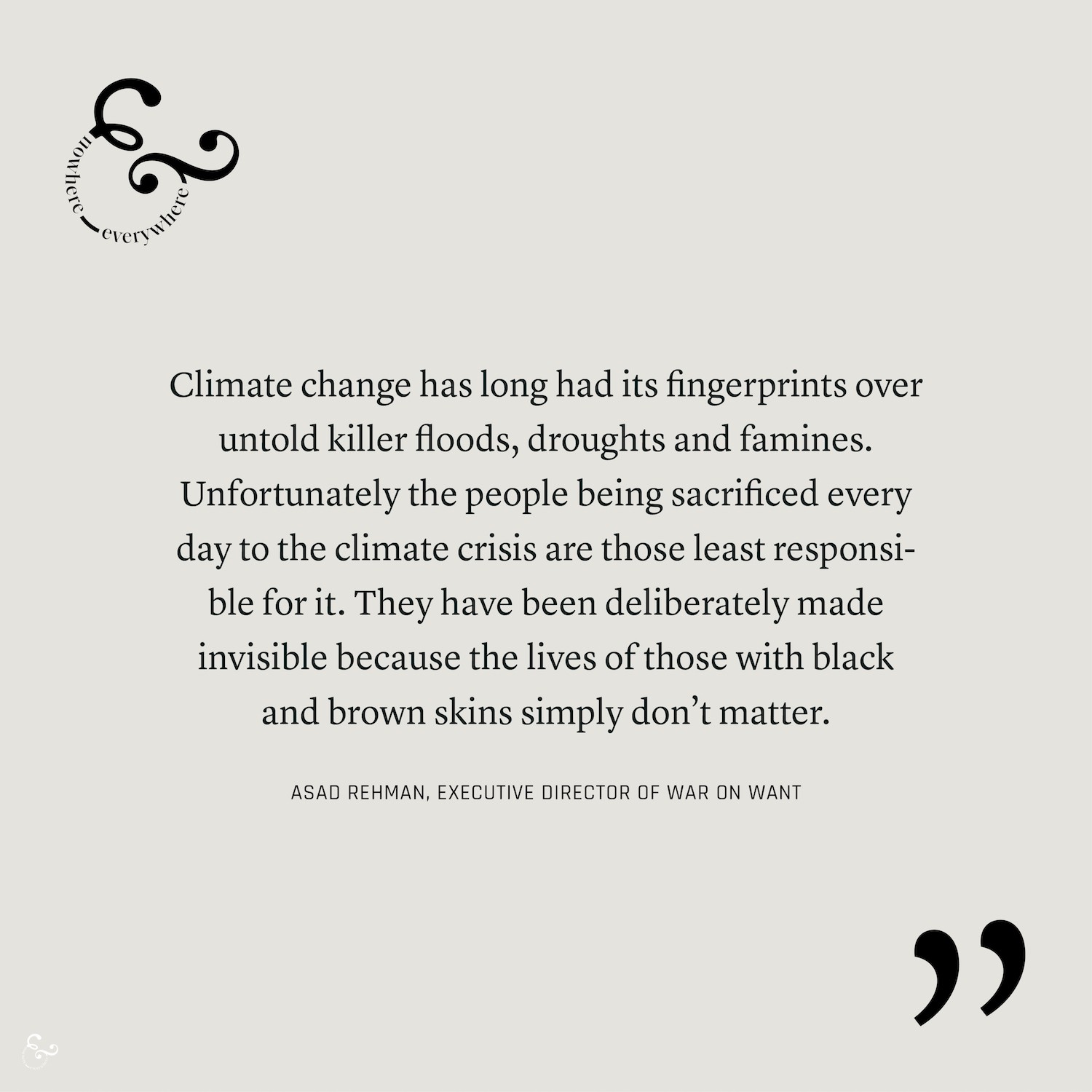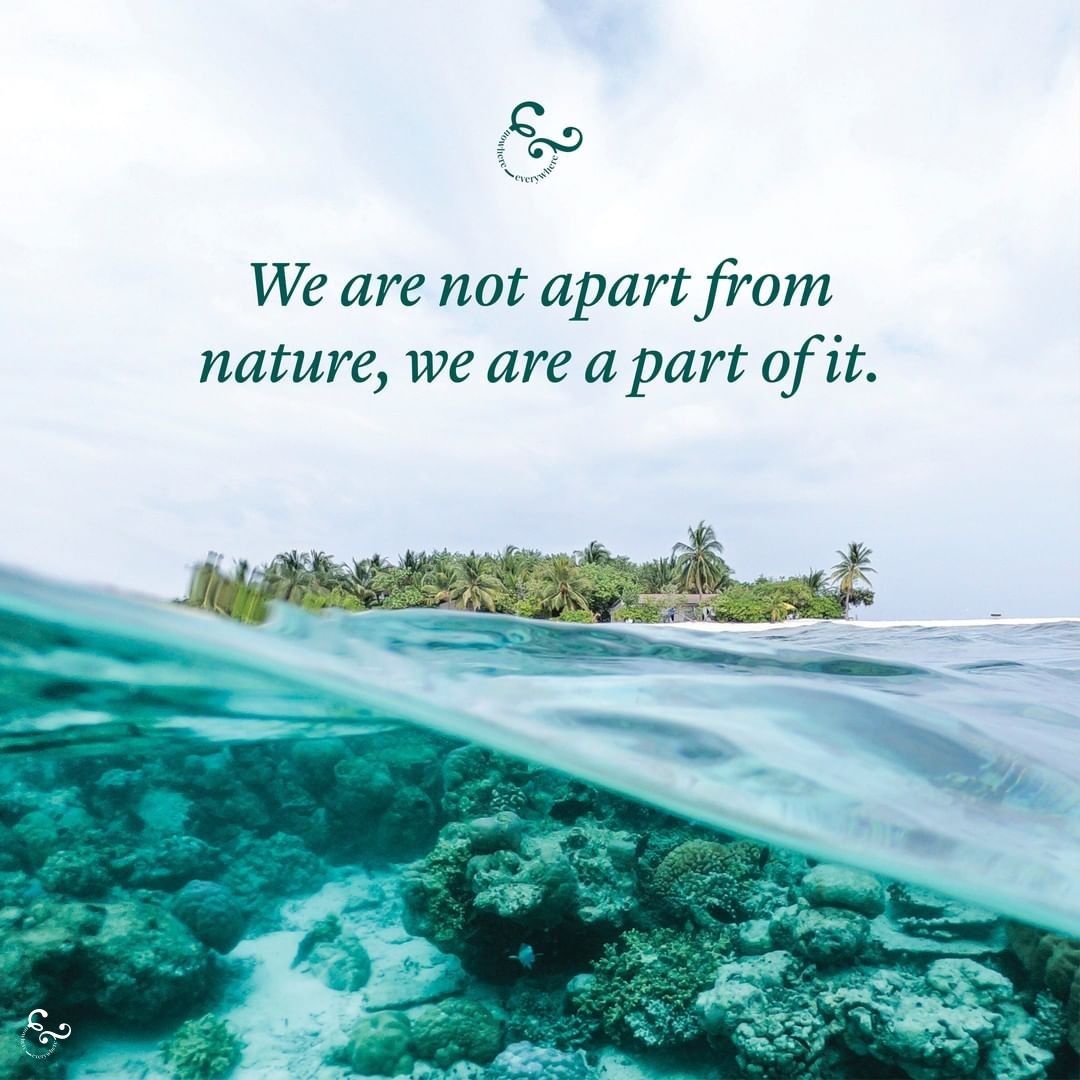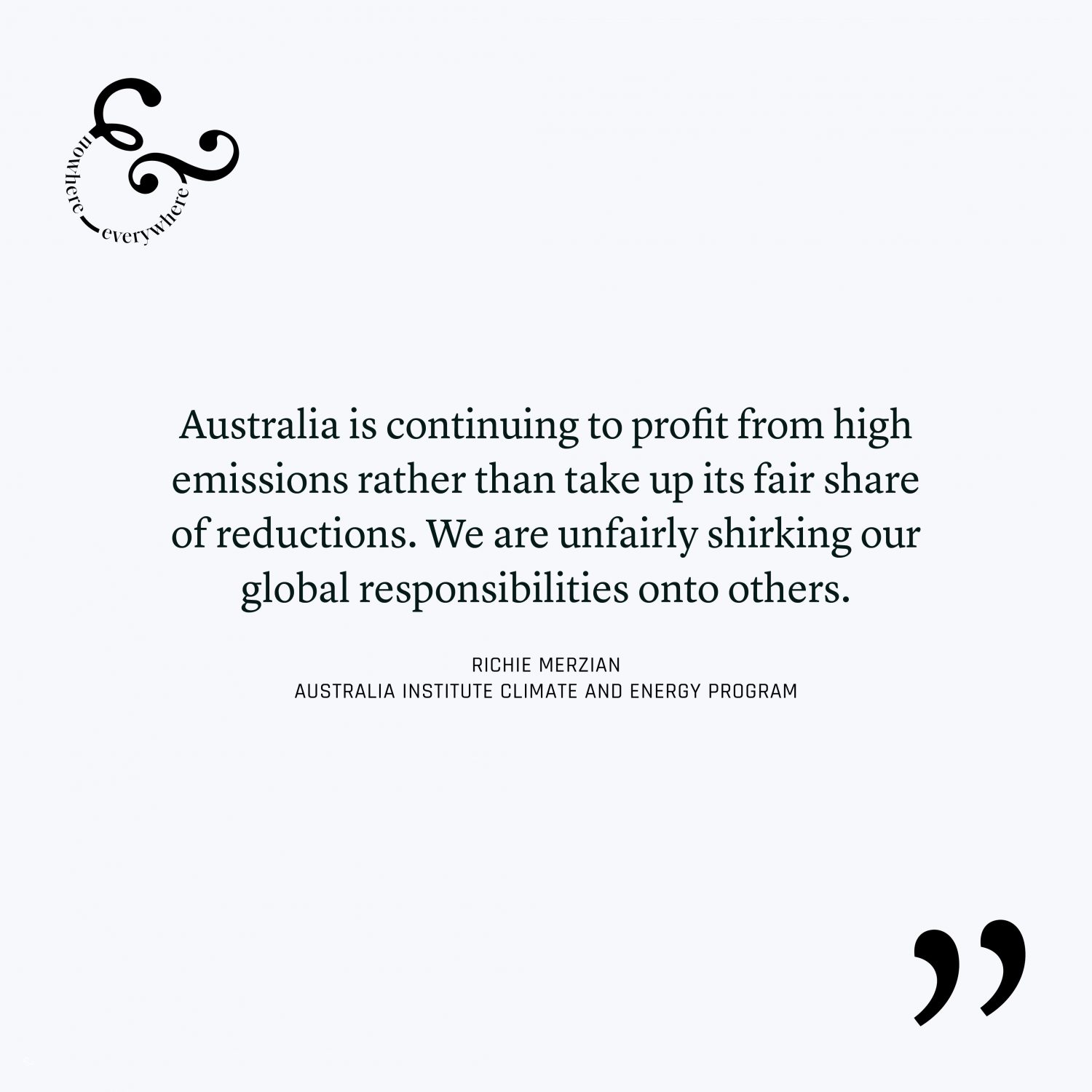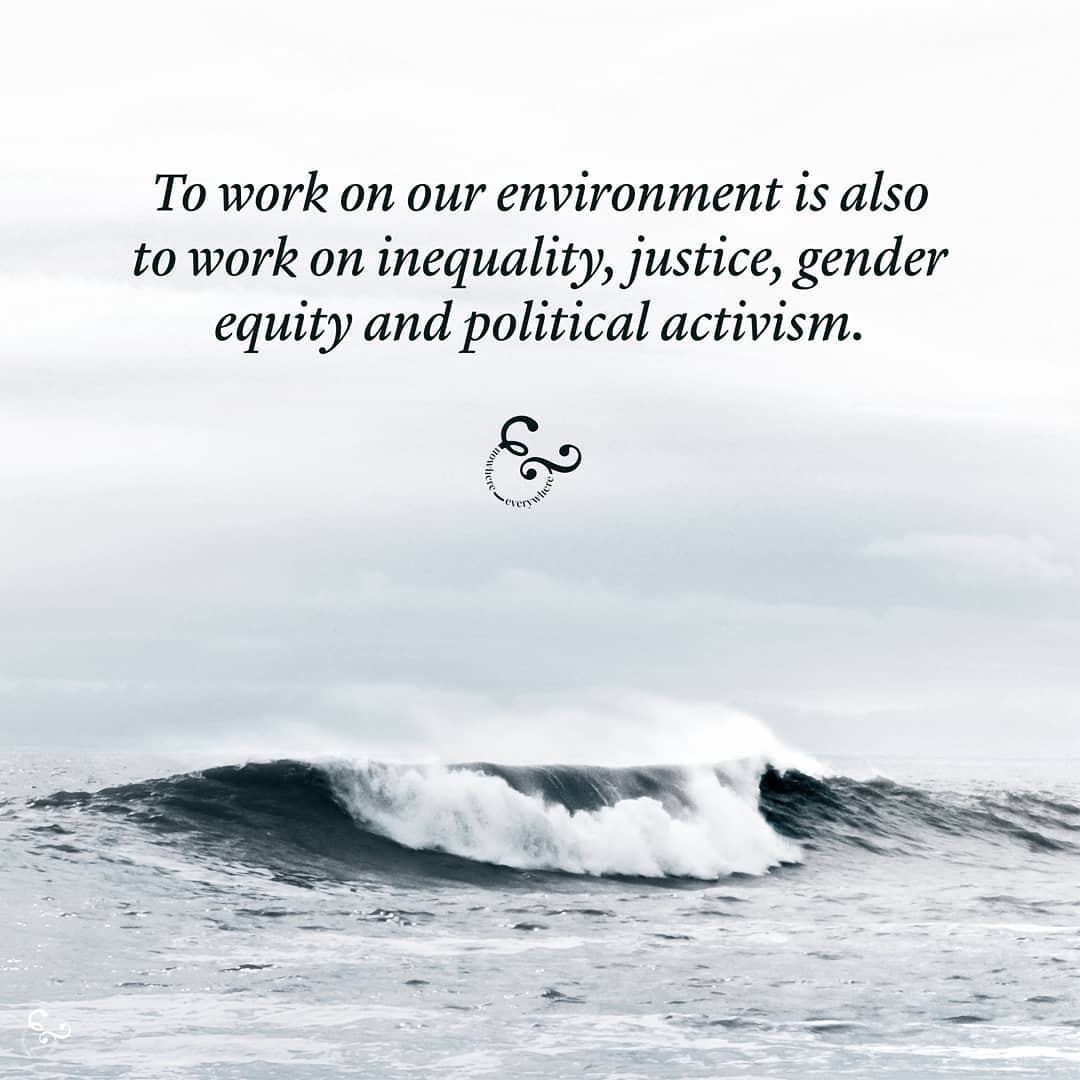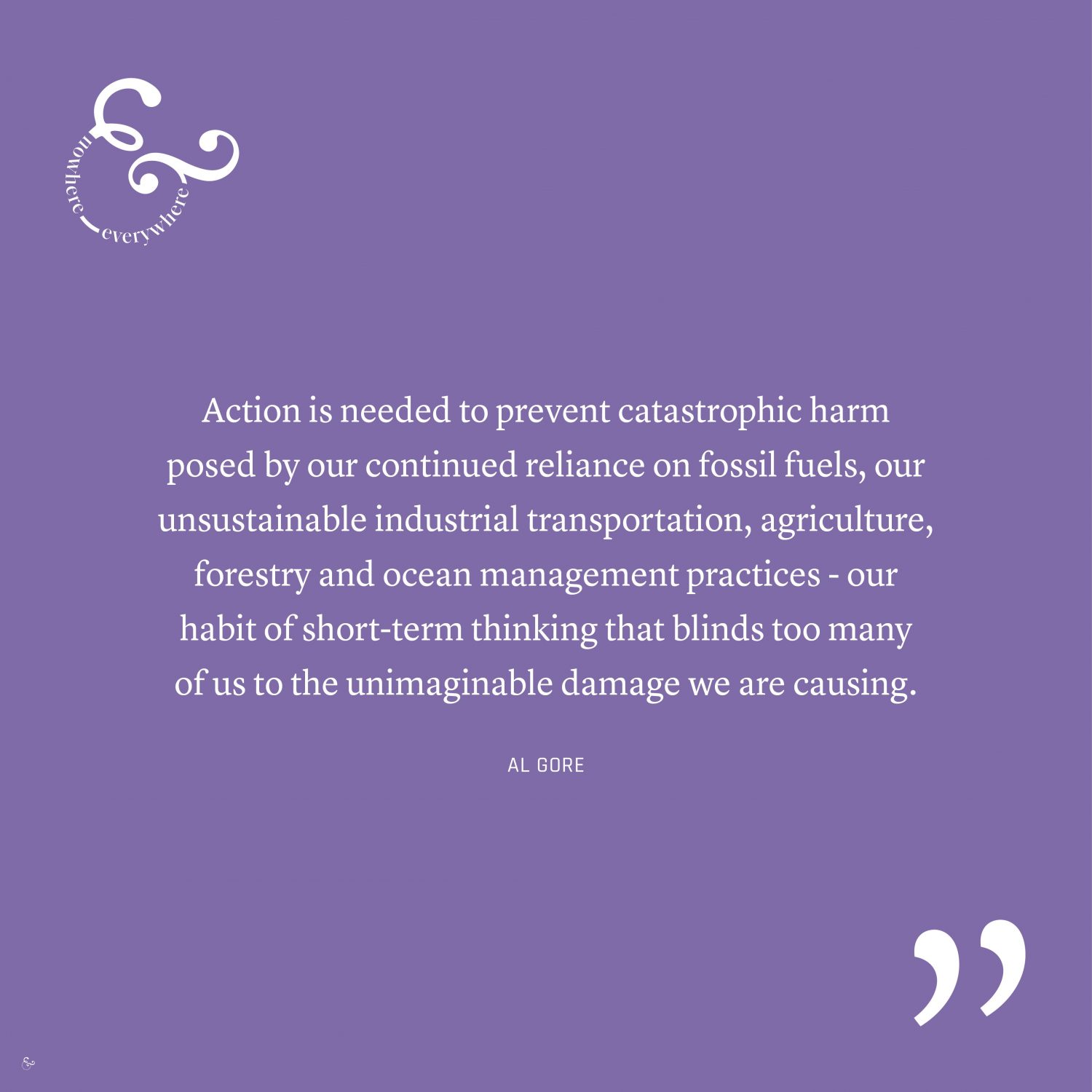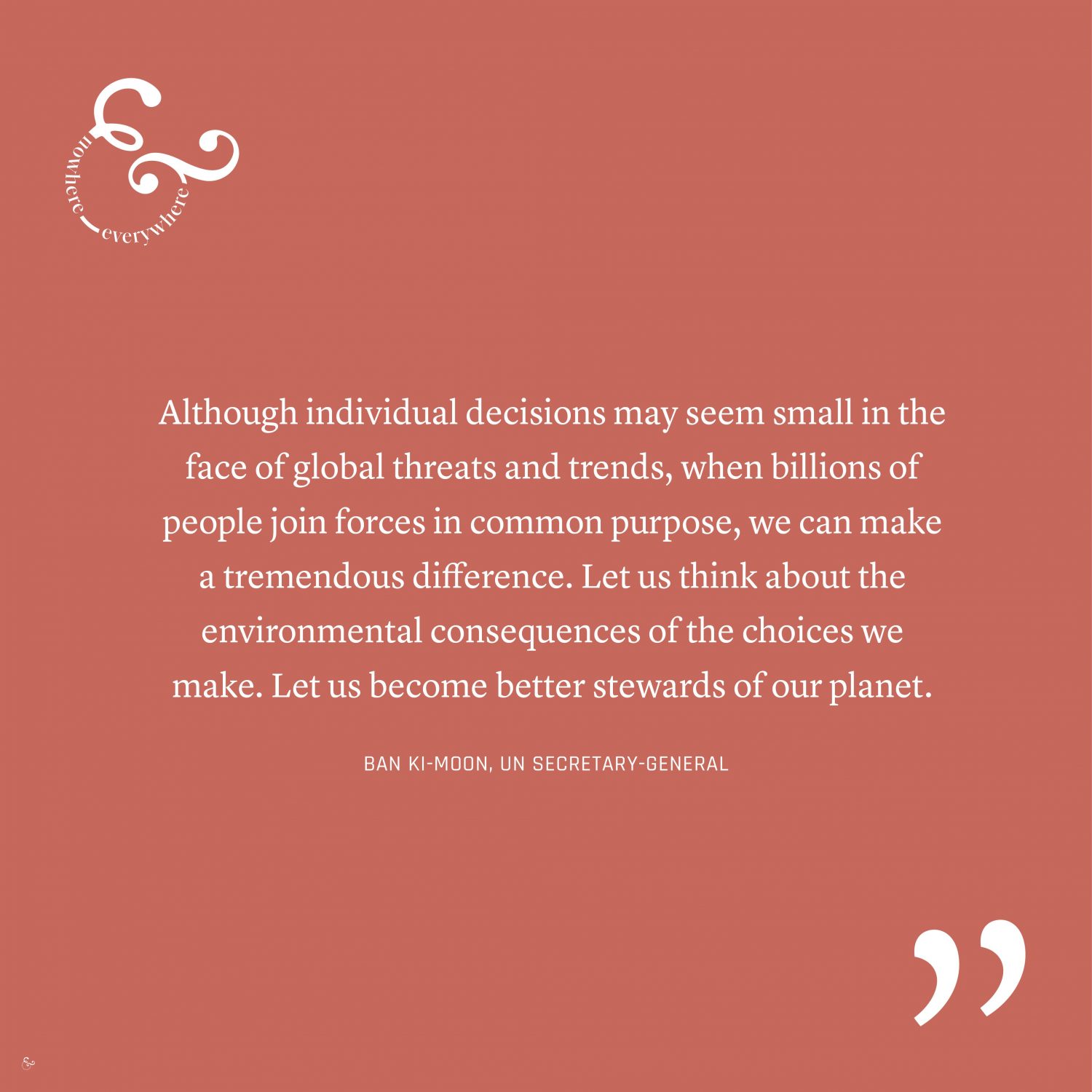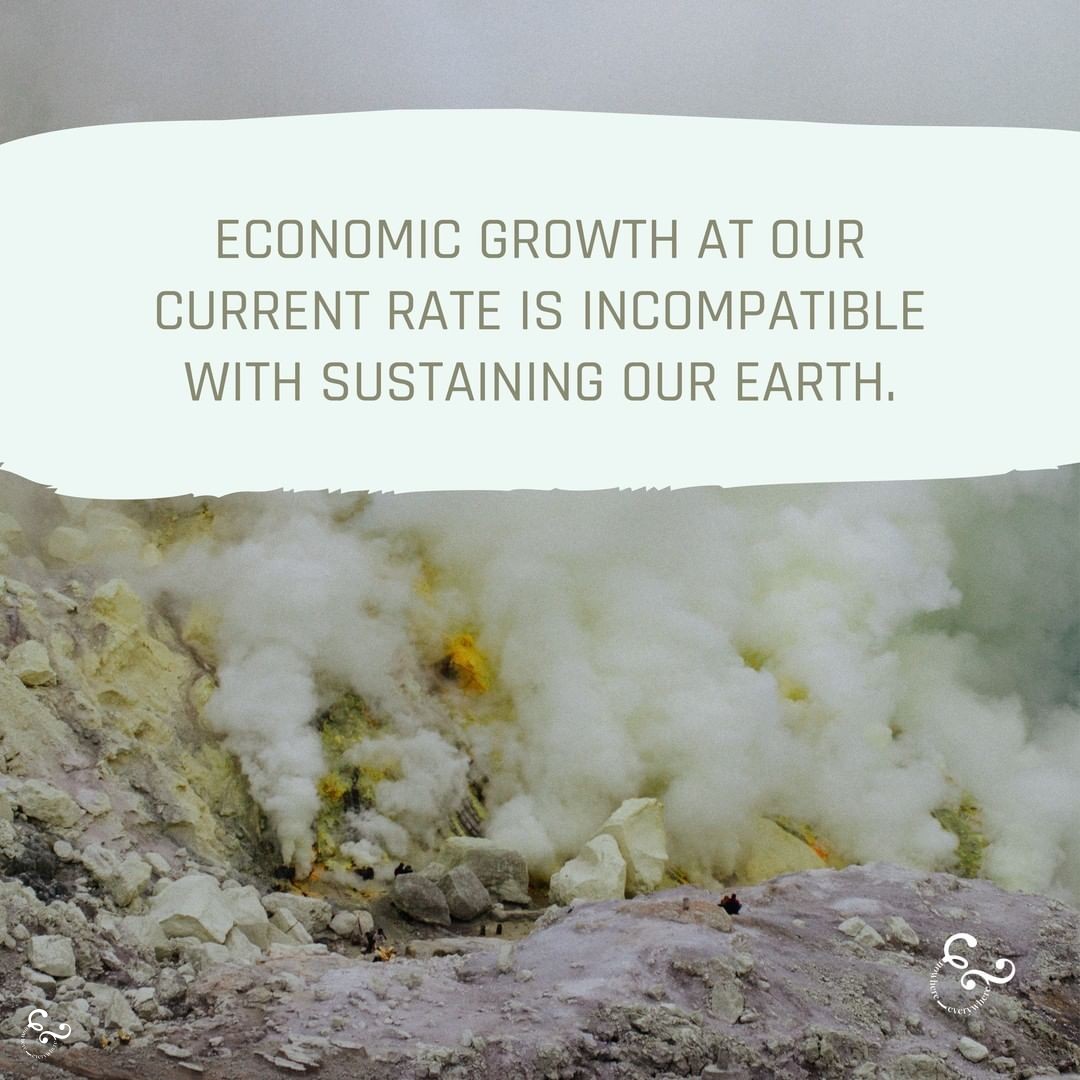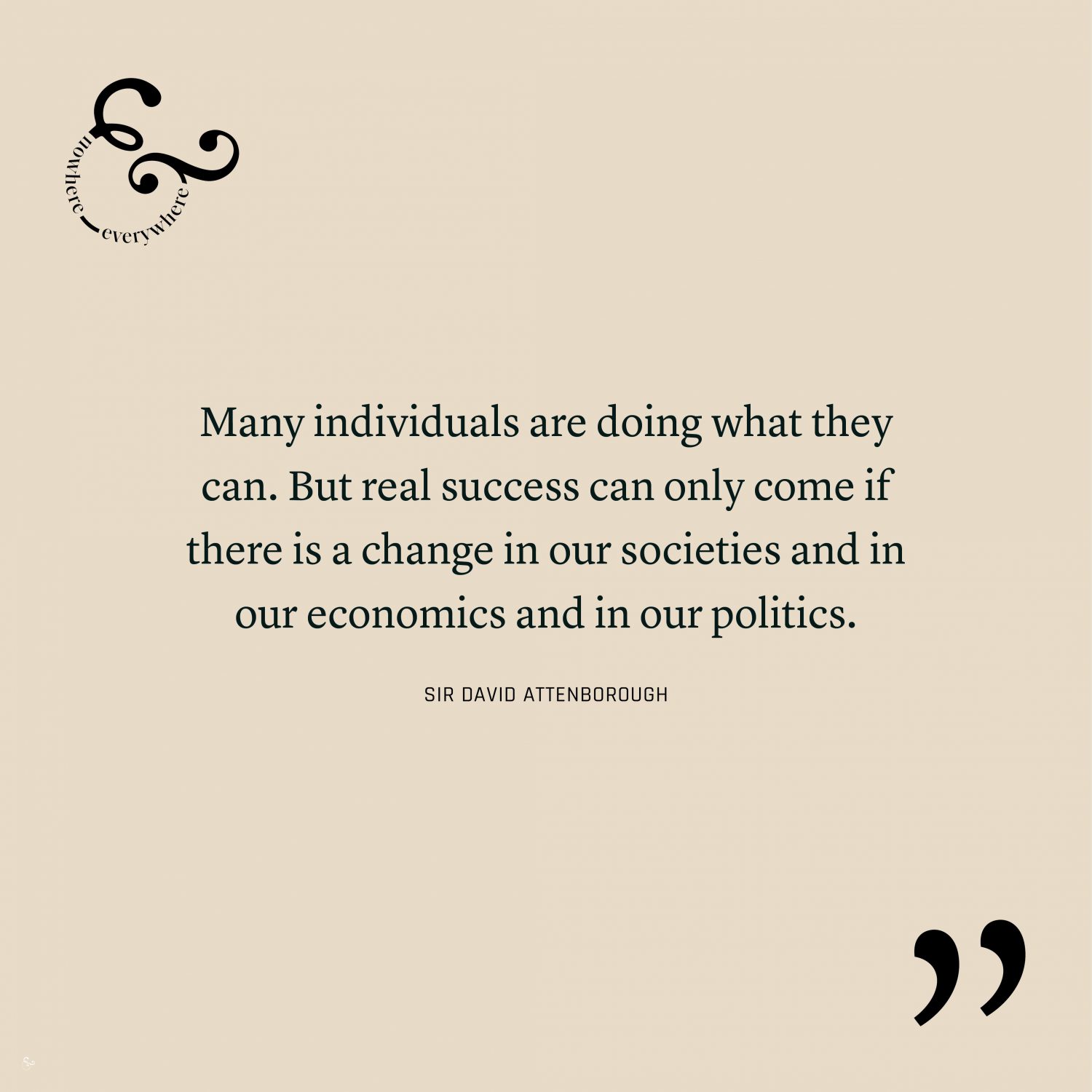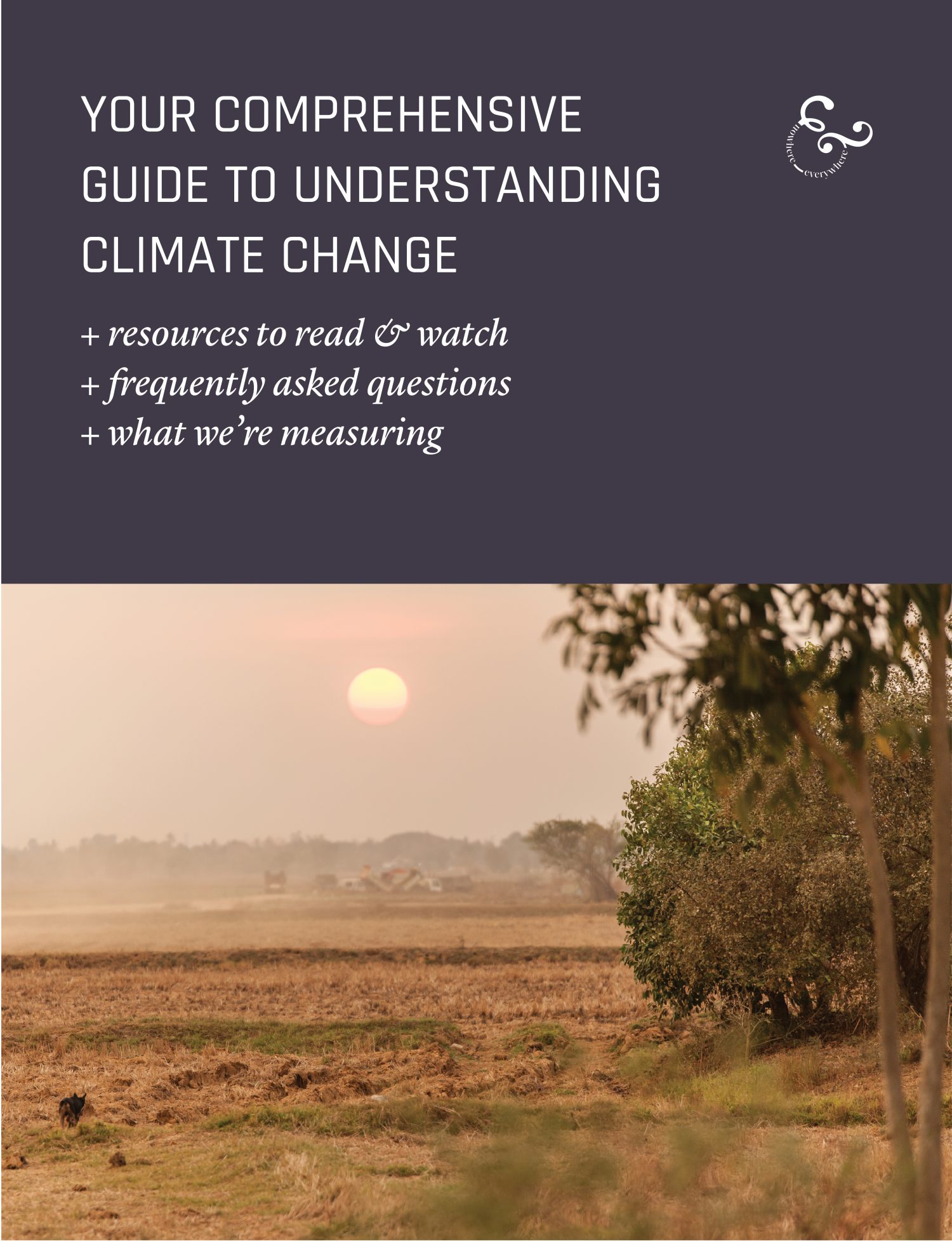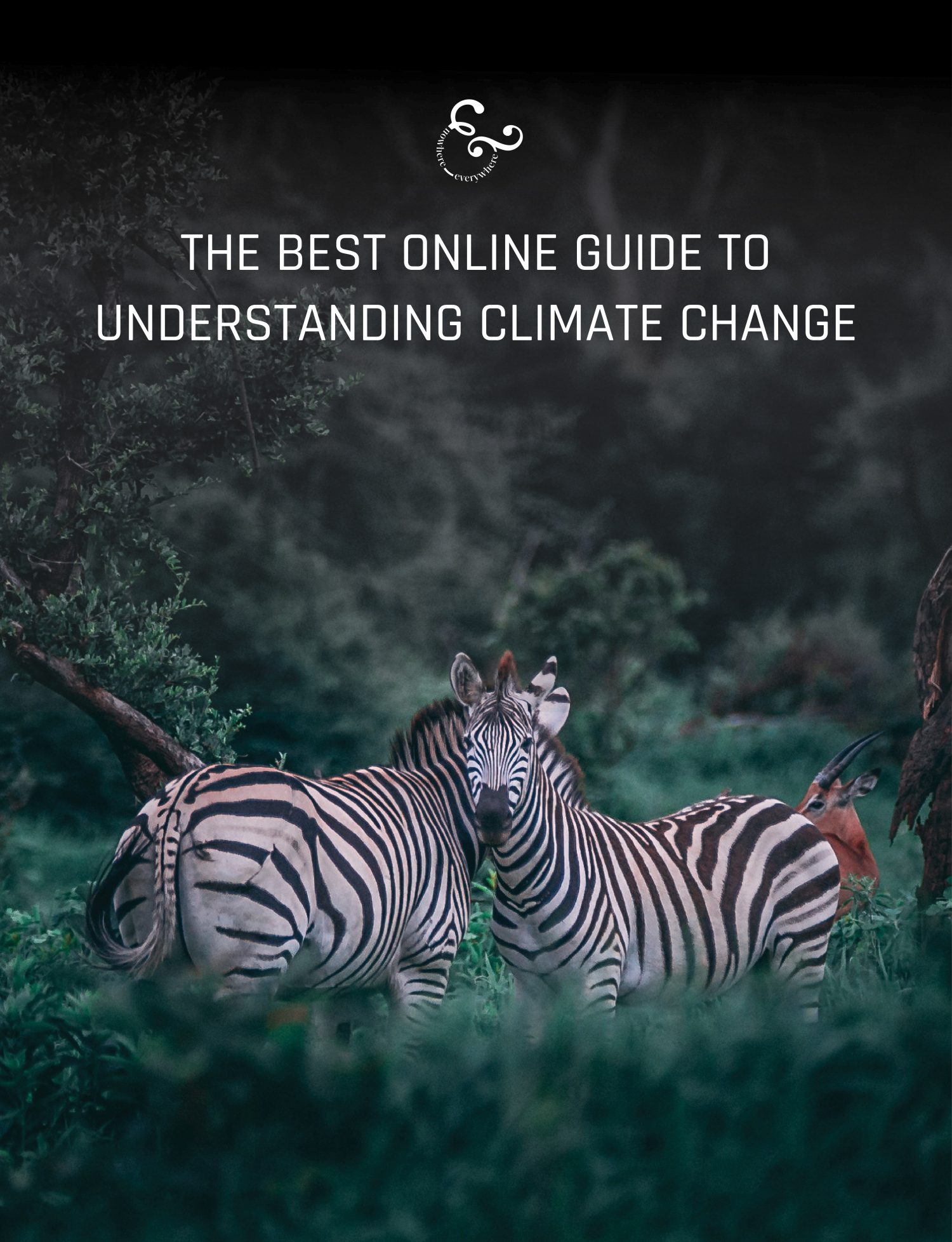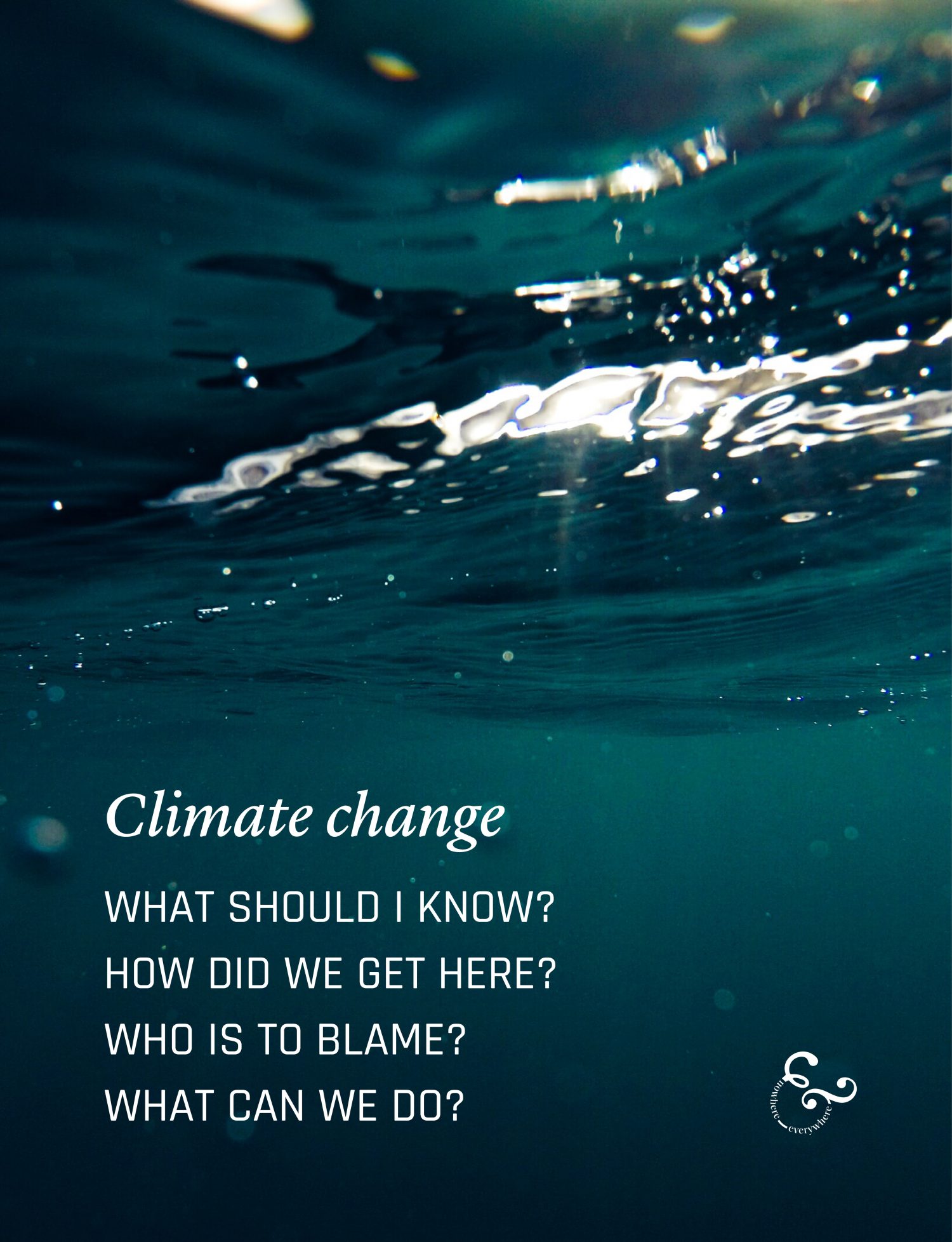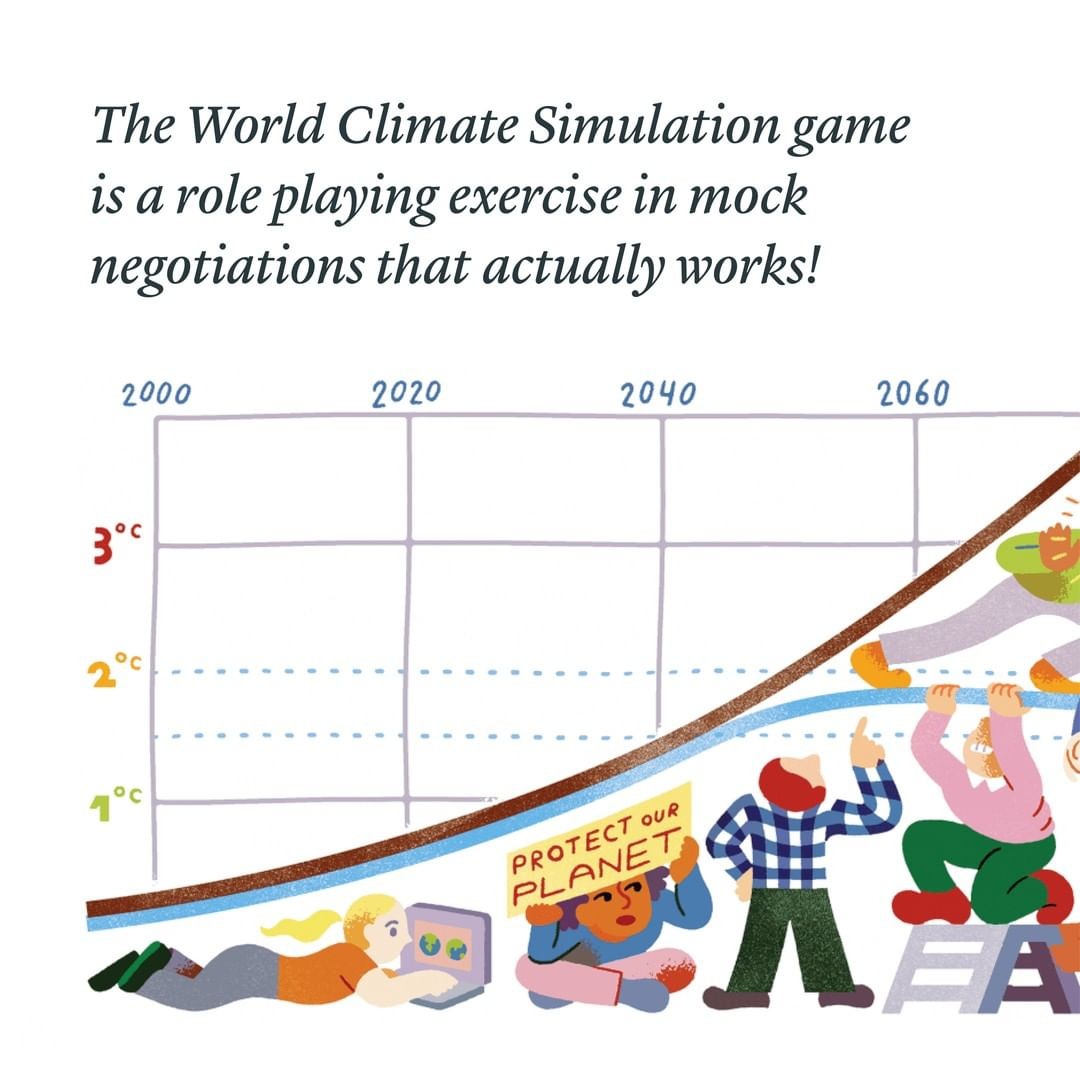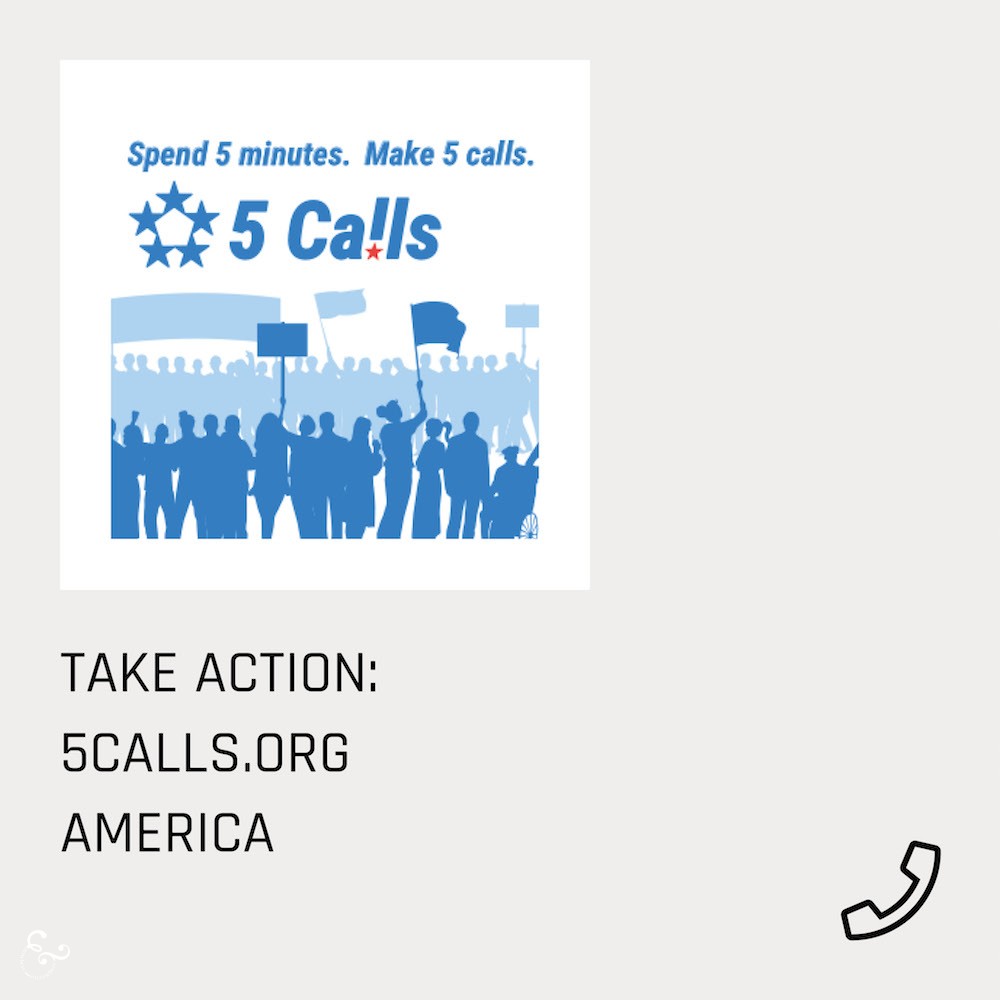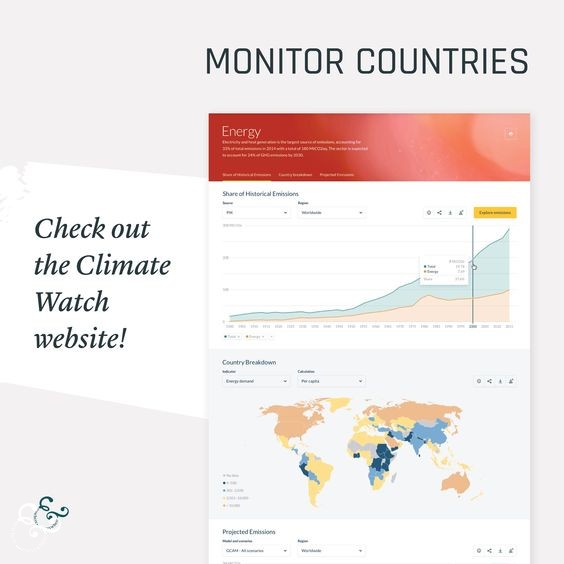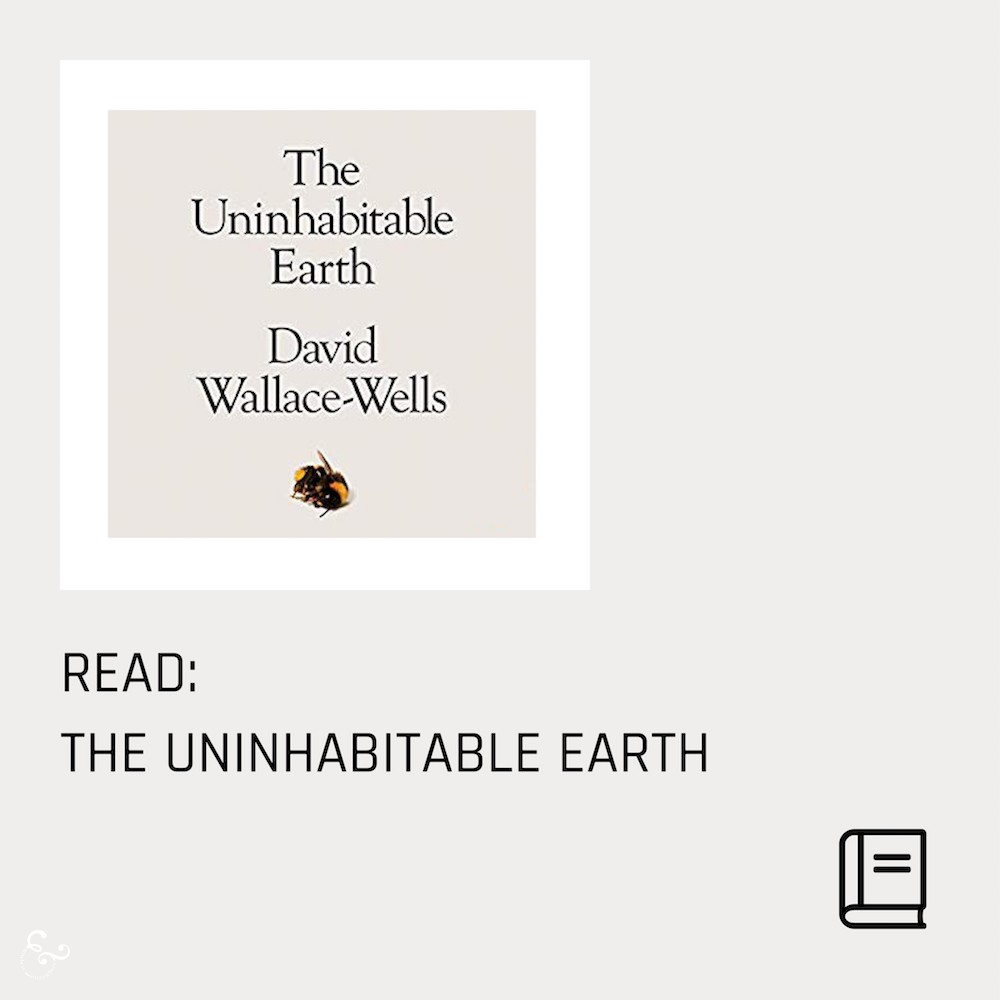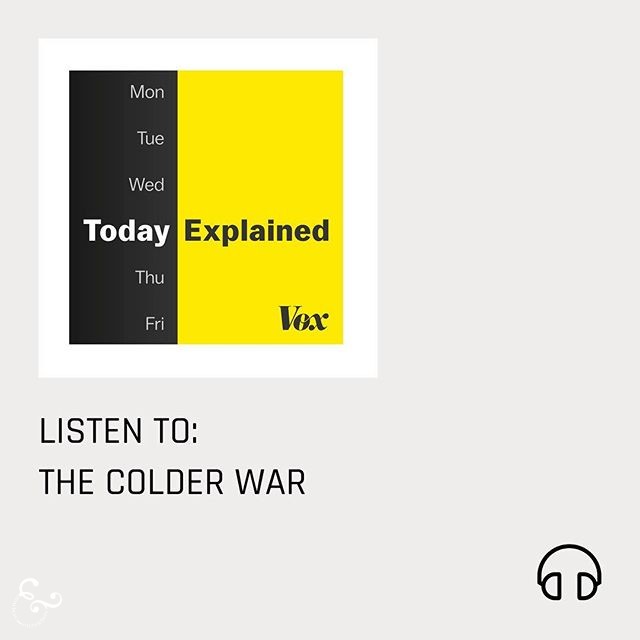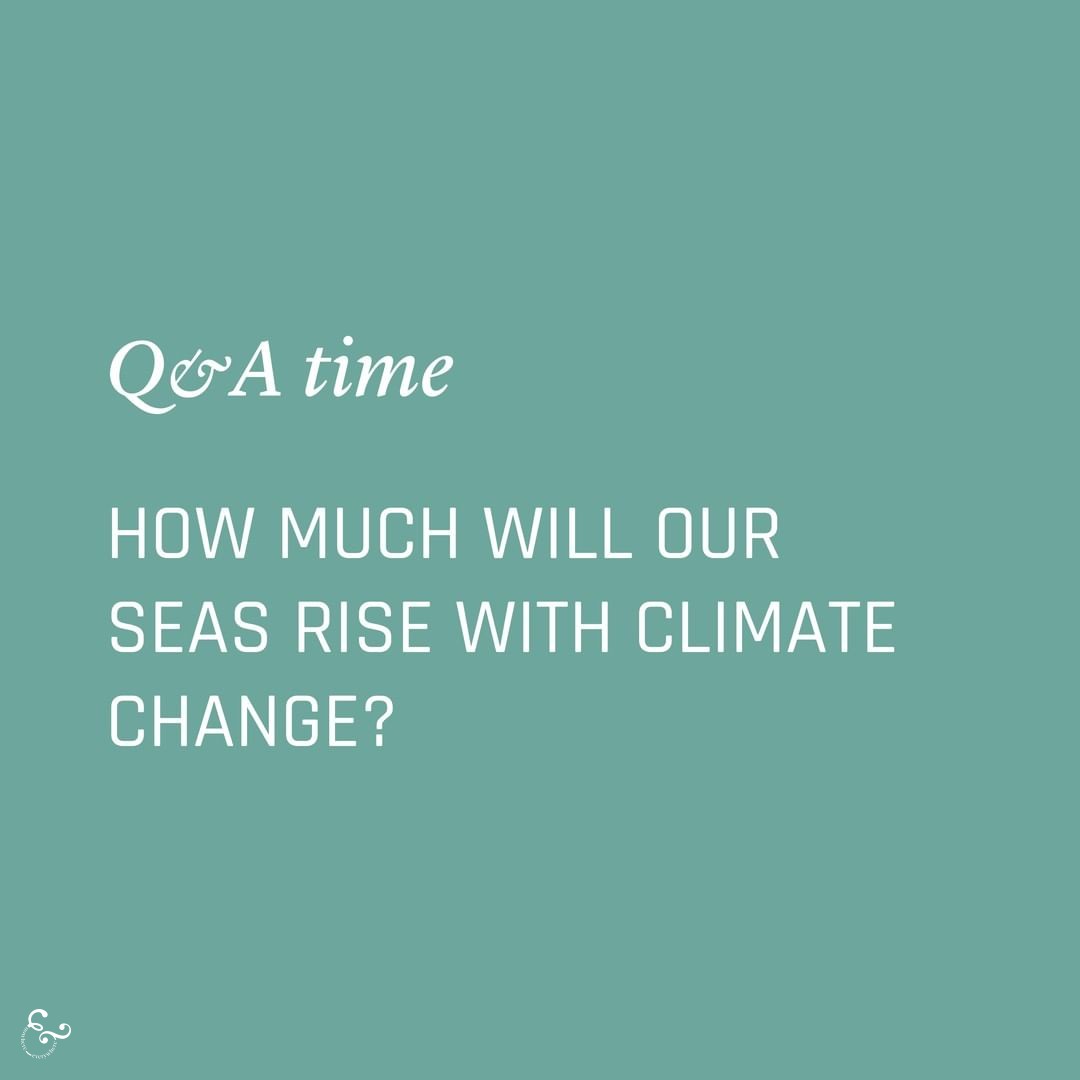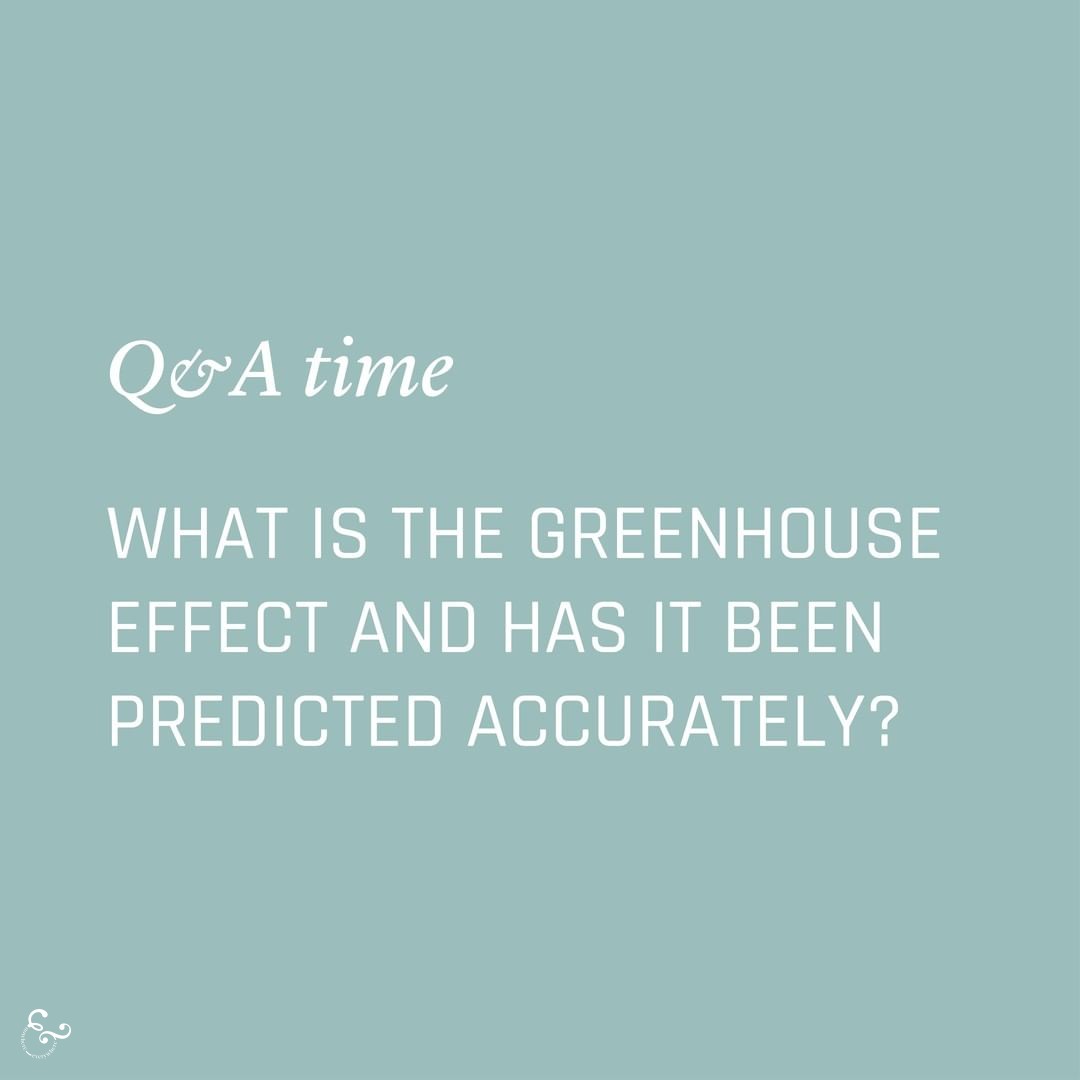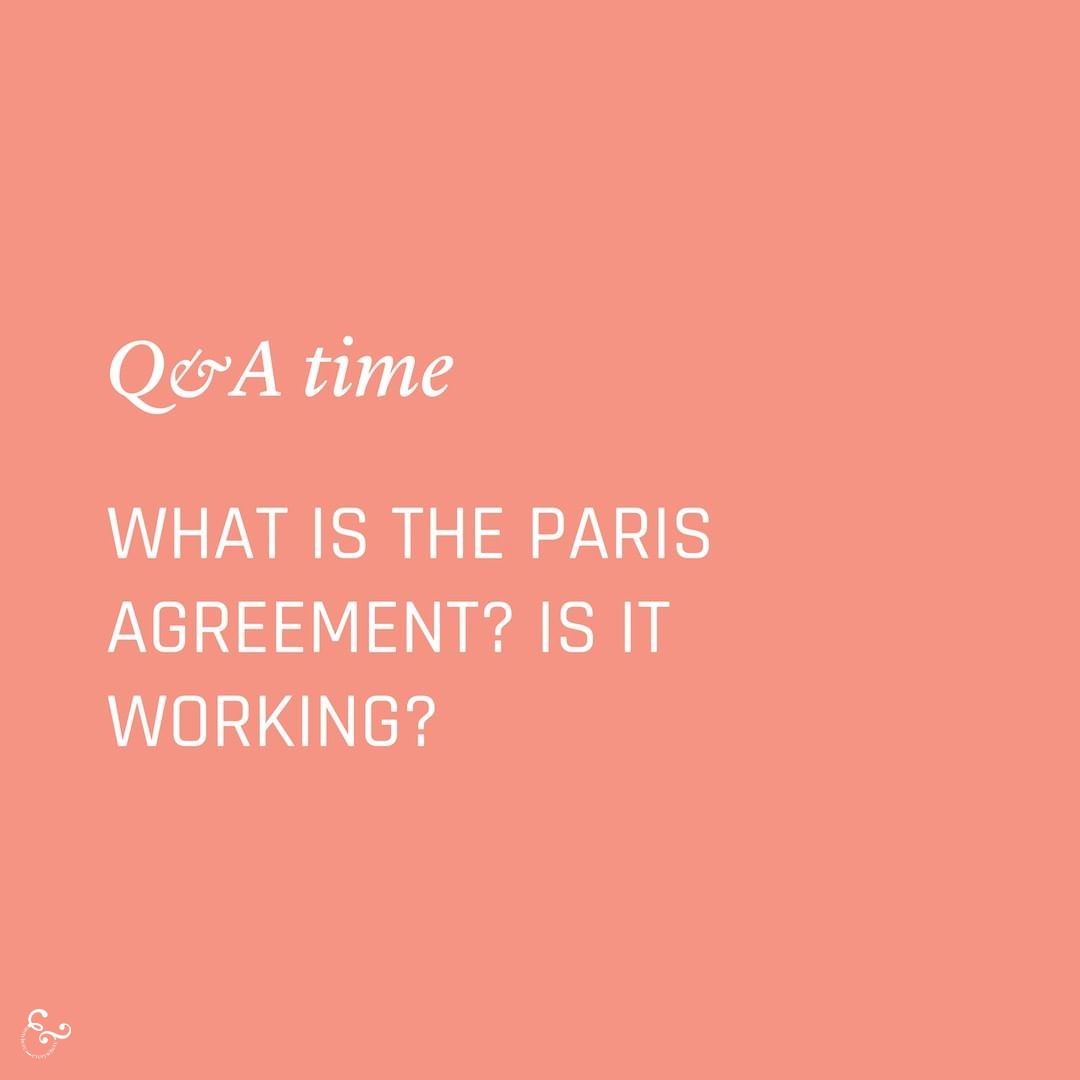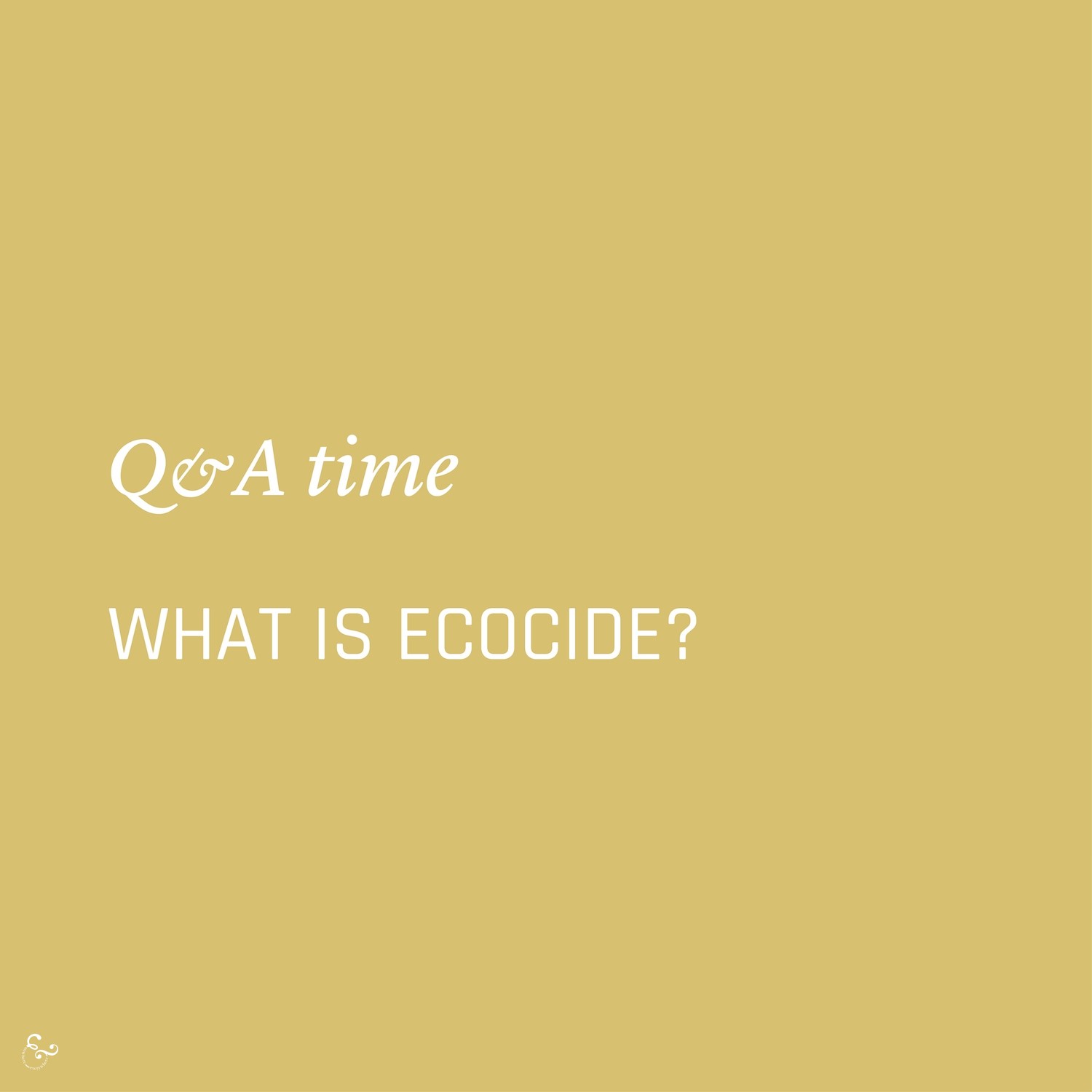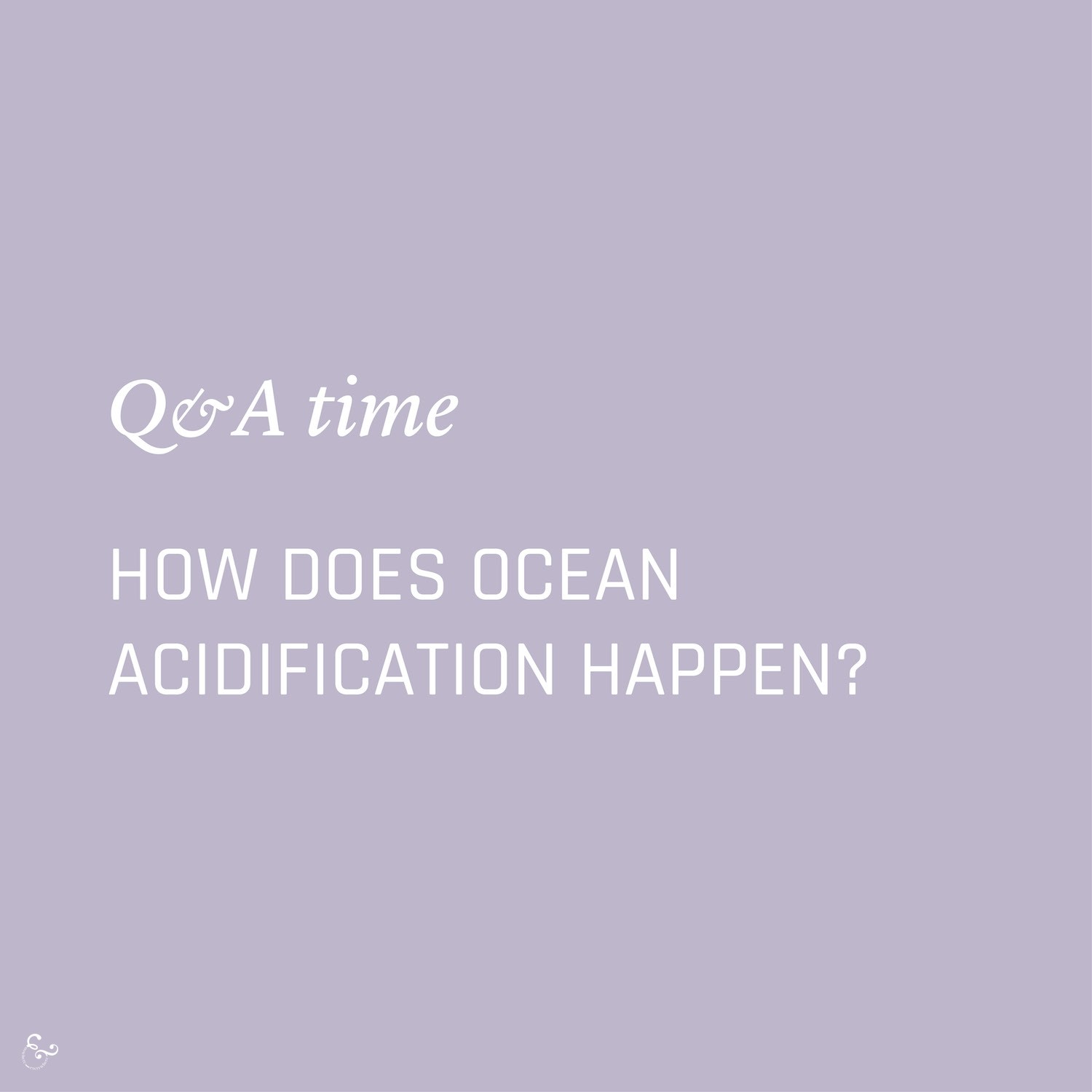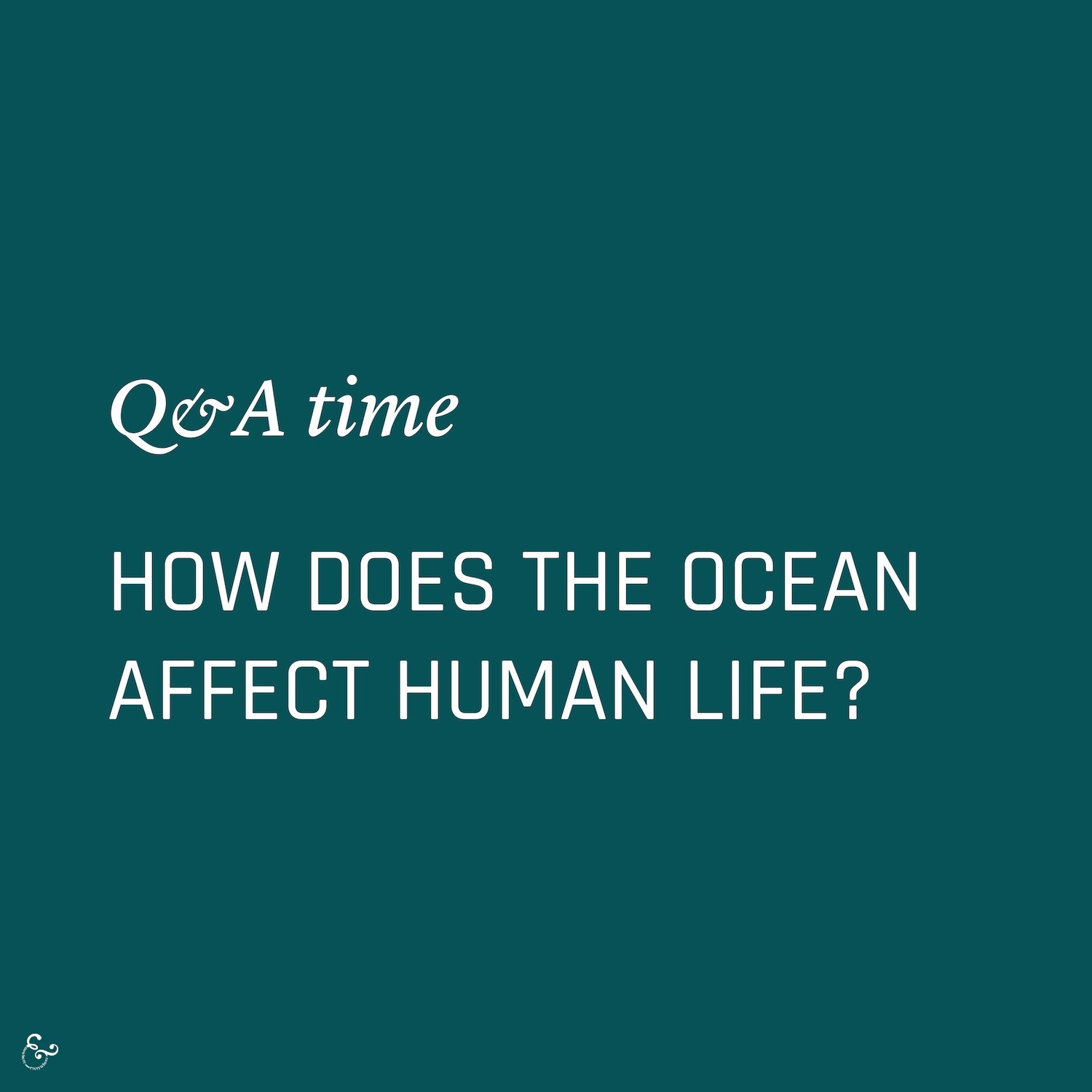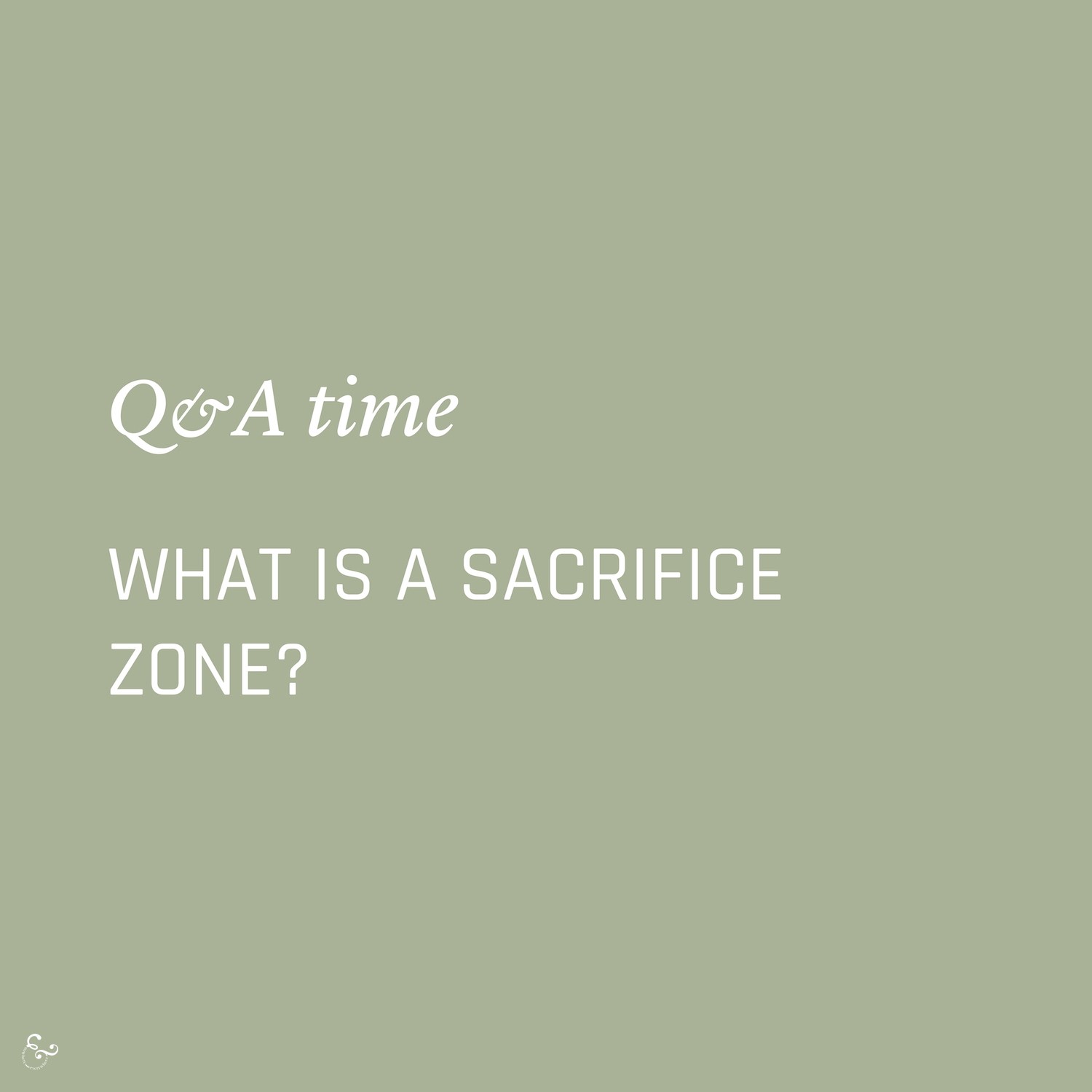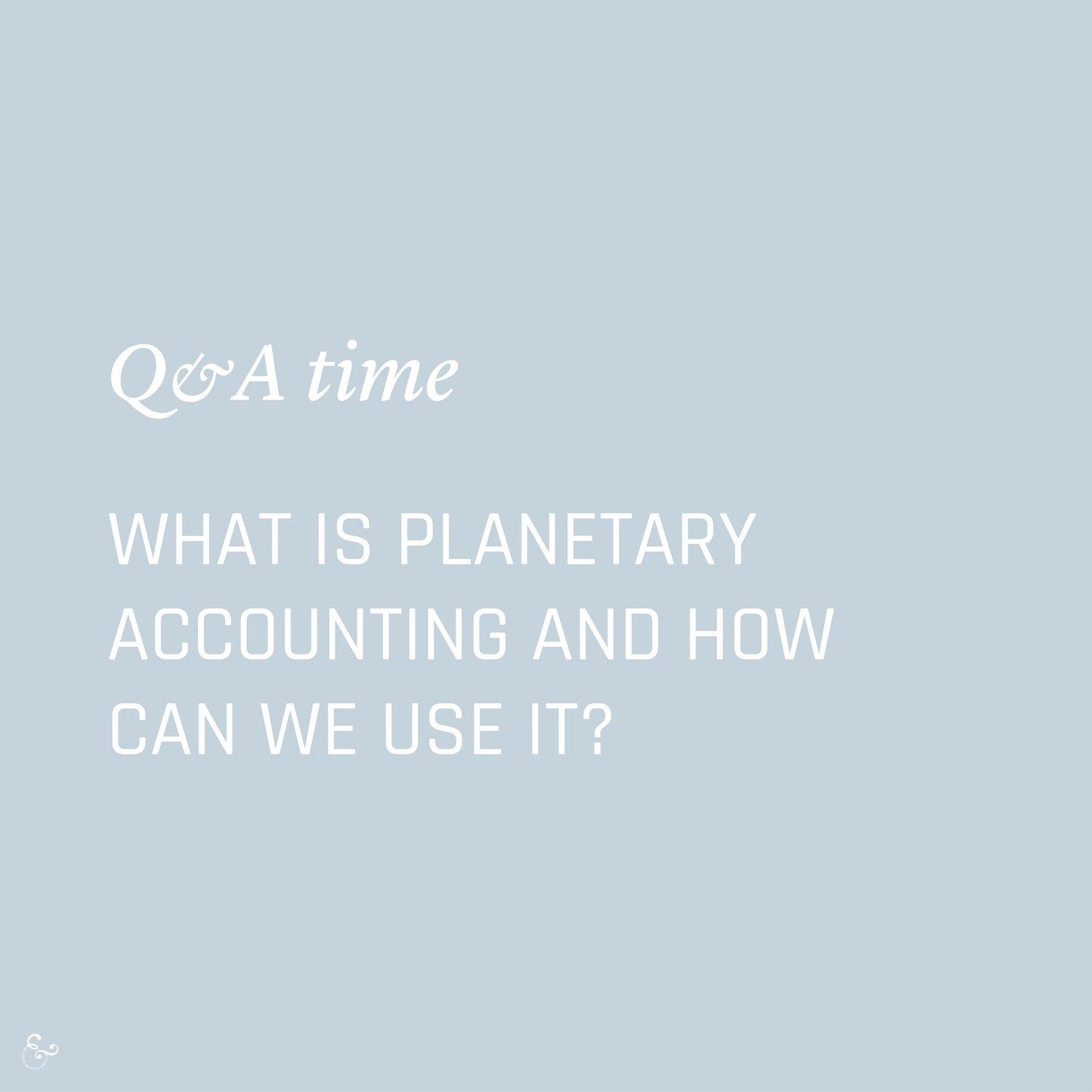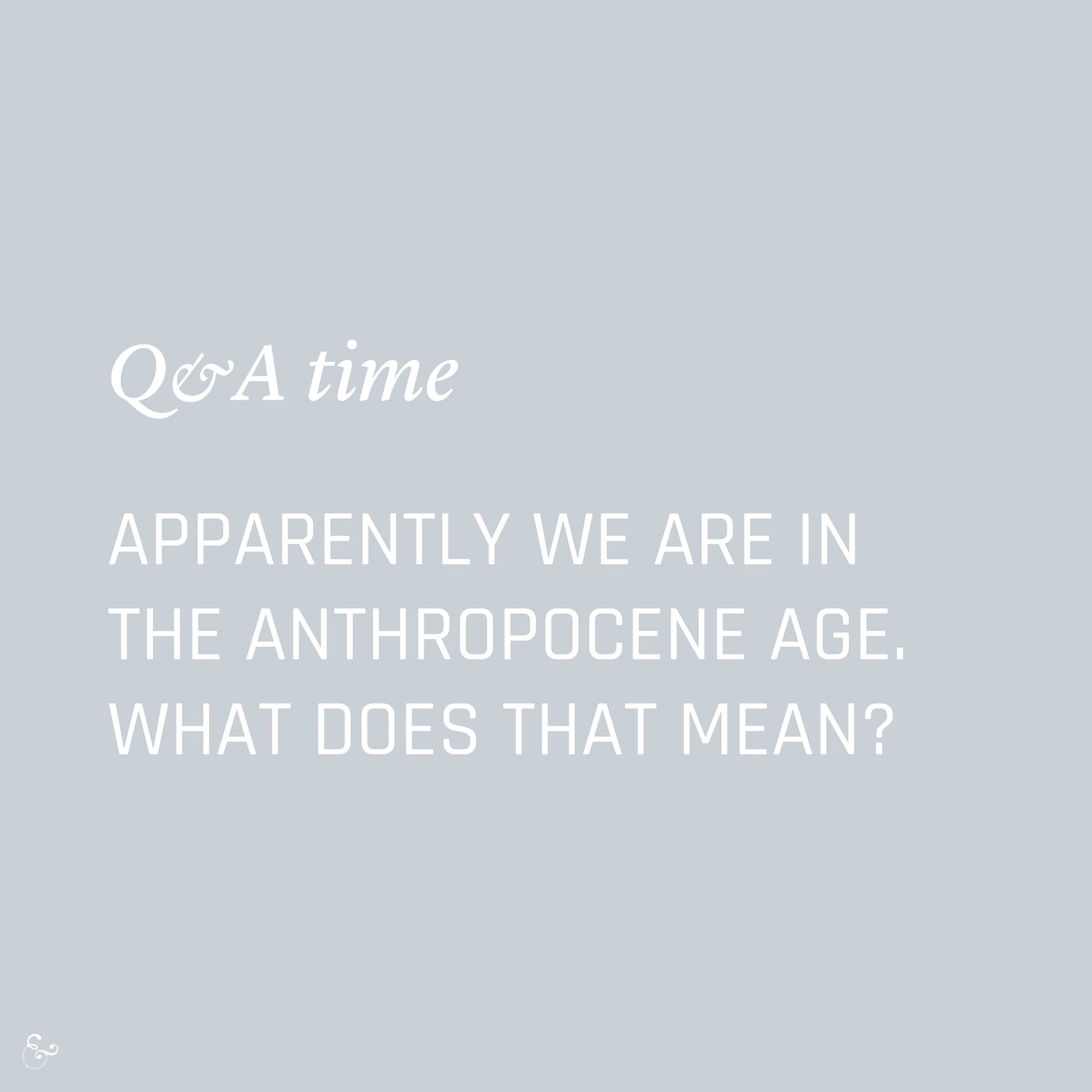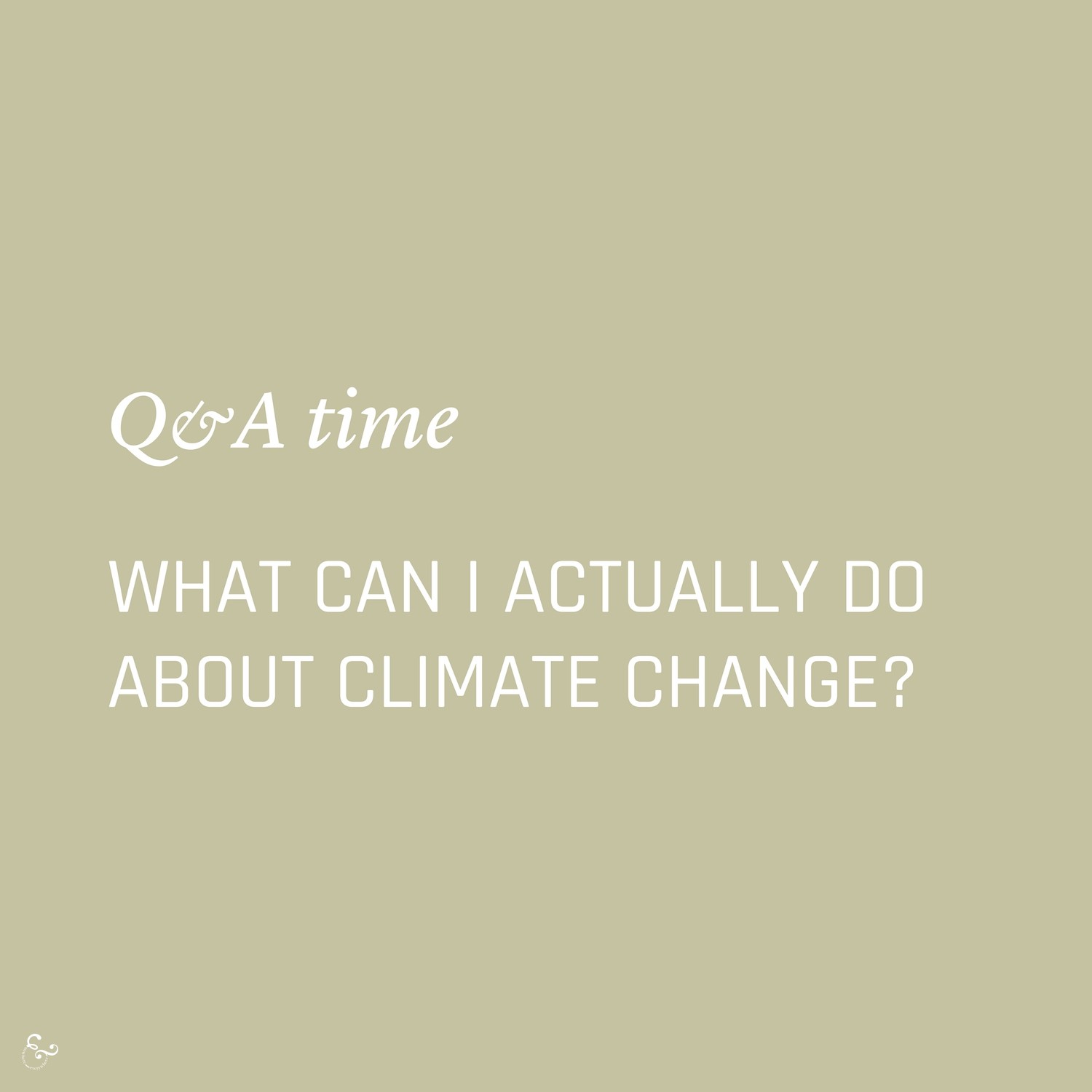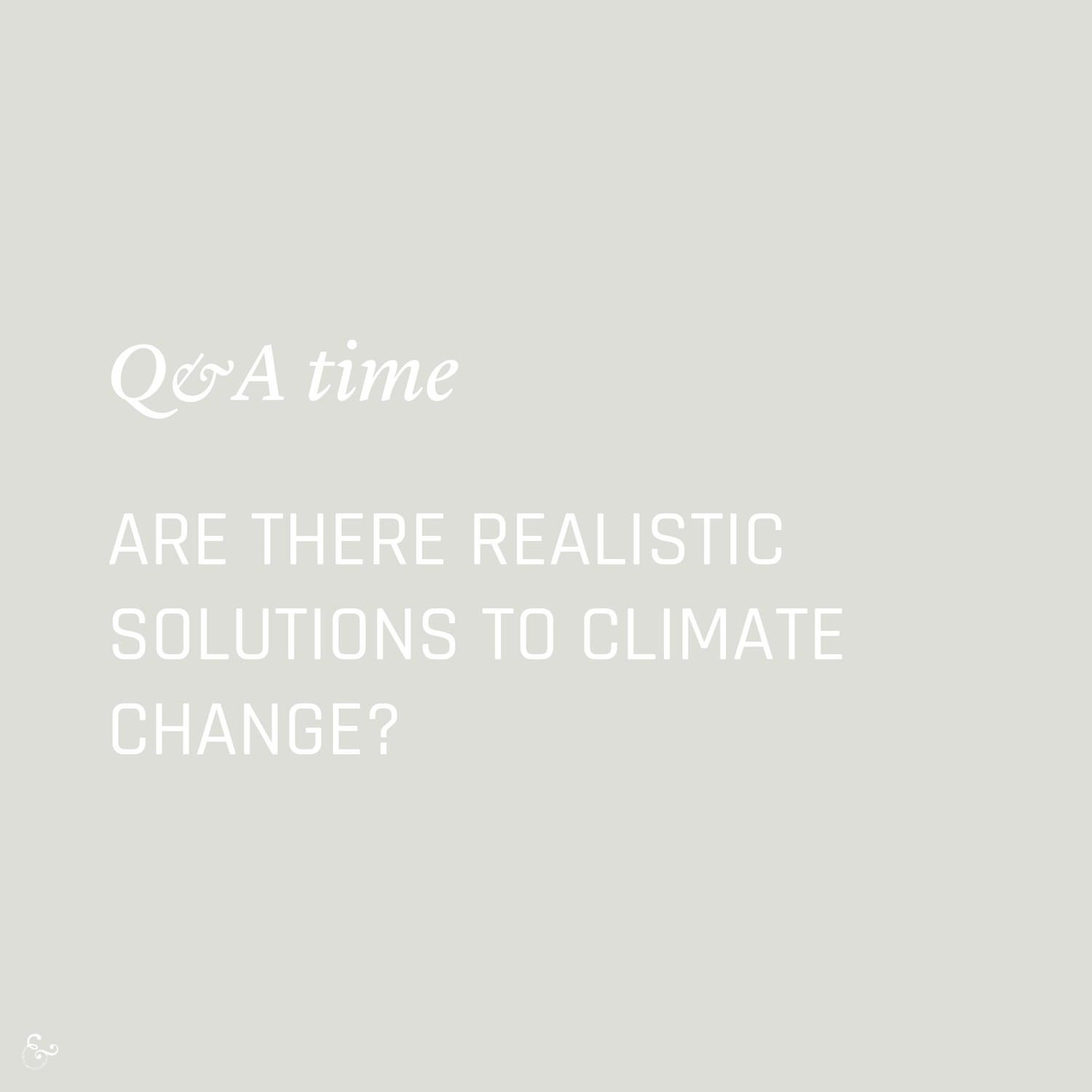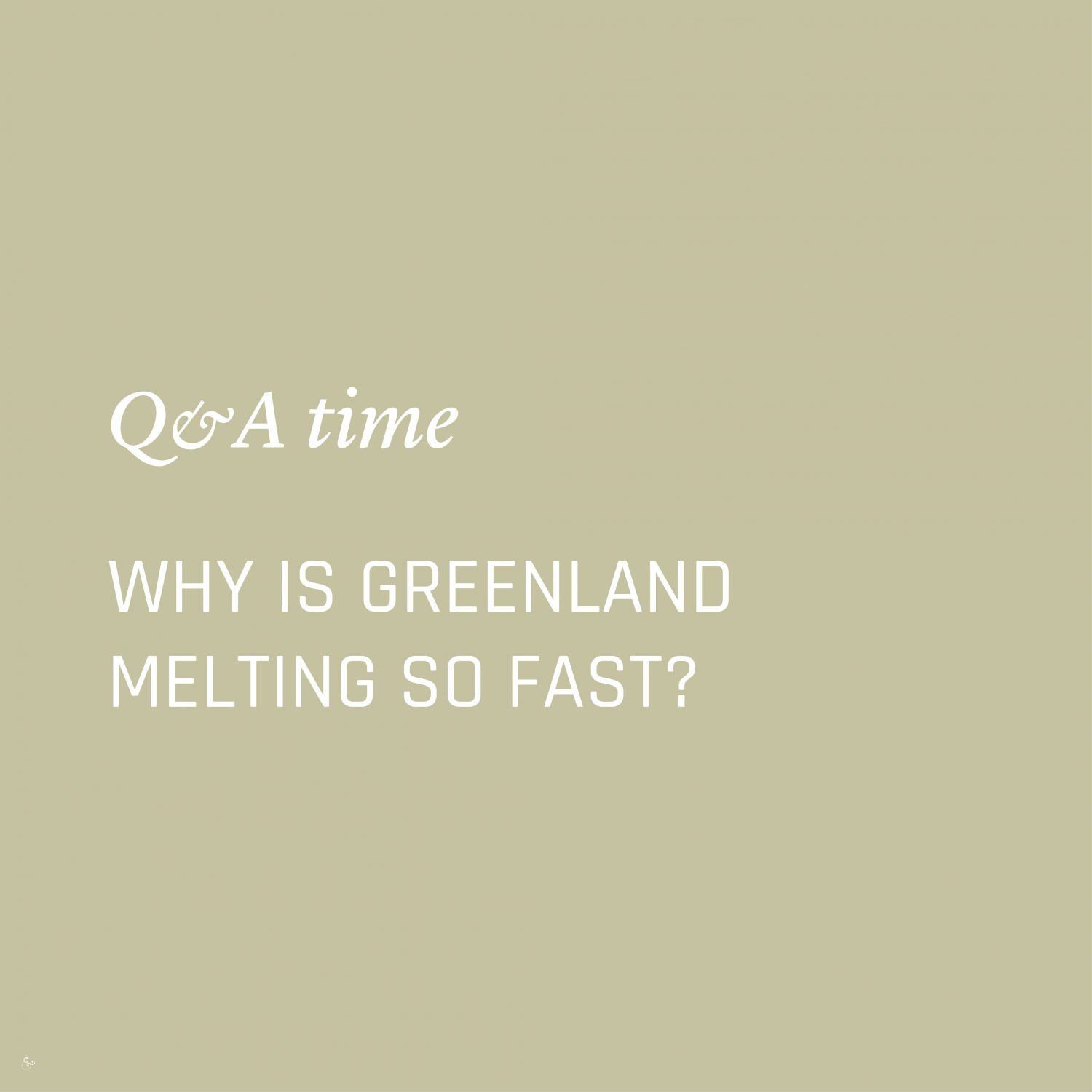Free guide
Your comprehensive guide to understanding climate change
There are a lot of moving components to climate change; it’s not just global heating. Let’s dig into the core issues together and make sure we’ve got them covered and where we go from here. The temperature degrees referenced in this guide are in celsius.
What is climate change?
Easily and technically, climate change refers to the long term trends (or shifts) in our climate over many decades. When we talk about climate change in current time, we’re referring to the human-caused climate change activity of our world that really began in earnest from the 1900s. The climate has always gone through patterns and changes but these changes have never been caused by humans and they are now happening at an alarming pace. Global warming is a part of climate change. Climate change refers to more than just heating though, it can also cover issues like rain patterns changing. We’re also changing our collective terminology for this to better address the urgency and our comprehension. Global warming is now starting to be referred to as global heating and climate change as our climate crisis. The Guardian recently updated their brand language to reflect this.
So how did we get here?
When we run our environmental workshops we tend to start in the early 1800s with a brief guide from then on. Most of the negative impact happened in the last 100 years though (you’ll see all the data on the graphs start to spike across the board from early in the 20th century) but it’s useful to understand the historical context and how quickly the shift has happened. Essentially, the Industrial Revolution kicked all this off and we’ve been hurtling at greater speed toward our current state for the past seventy years.
In the 1800s when the first wave of industrialization took hold, we started massively using coal and clearing lands. In the second wave toward the end of that century we introduced fertilizers, chemicals and electricity production to the mix. After World War 1, oil fields started really opening up and it became an important part of resource use and military strategy.
Between 1930 and 1960 a number of studies and papers were proposed about global warming, the inability of the oceans to absorb the increasing carbon humans were created, water vapor and climate feedbacks, the damage to our ozone and potential issues with the airplane industry. In 1960 we accurately measured the carbon in the atmosphere and started seeing annual increases. In 1968 we began to read studies noting the potential collapse of Antartica’s ice sheets and catastrophic sea level rise. 1970 saw our first Earth day. It’s hard to imagine now, but twenty million Americans took to the streets to demonstrate for a sustainable environment in massive rallies spanning the country across political divides. By the end of the year Earth Day had led to the creation of the US Environmental Protection Agency (EPA) and the passage of the Clean Air, Clean Water, and Endangered Species Acts. NOAA (US National Oceanic and Atmospheric Administration) was also created, leading climate research. Our emissions and environmental devastation has accelerated.
Since 1950 the number of floods has increased by a factor of 15, extreme temperature events by a factor of 20, and wildfires sevenfold. In that same period, topsoil is being lost 10 to 40 times faster than it is being replenished by natural processes and the 20 warmest years since records began have been in the past 22 years.
Climate change in popular culture
We’ve been talking about this a while
This isn’t a surprise. We’ve known about global warming and climate change for at least 50 years now. At times it was kept secret as much as possible, but largely we’ve chosen to ignore it.
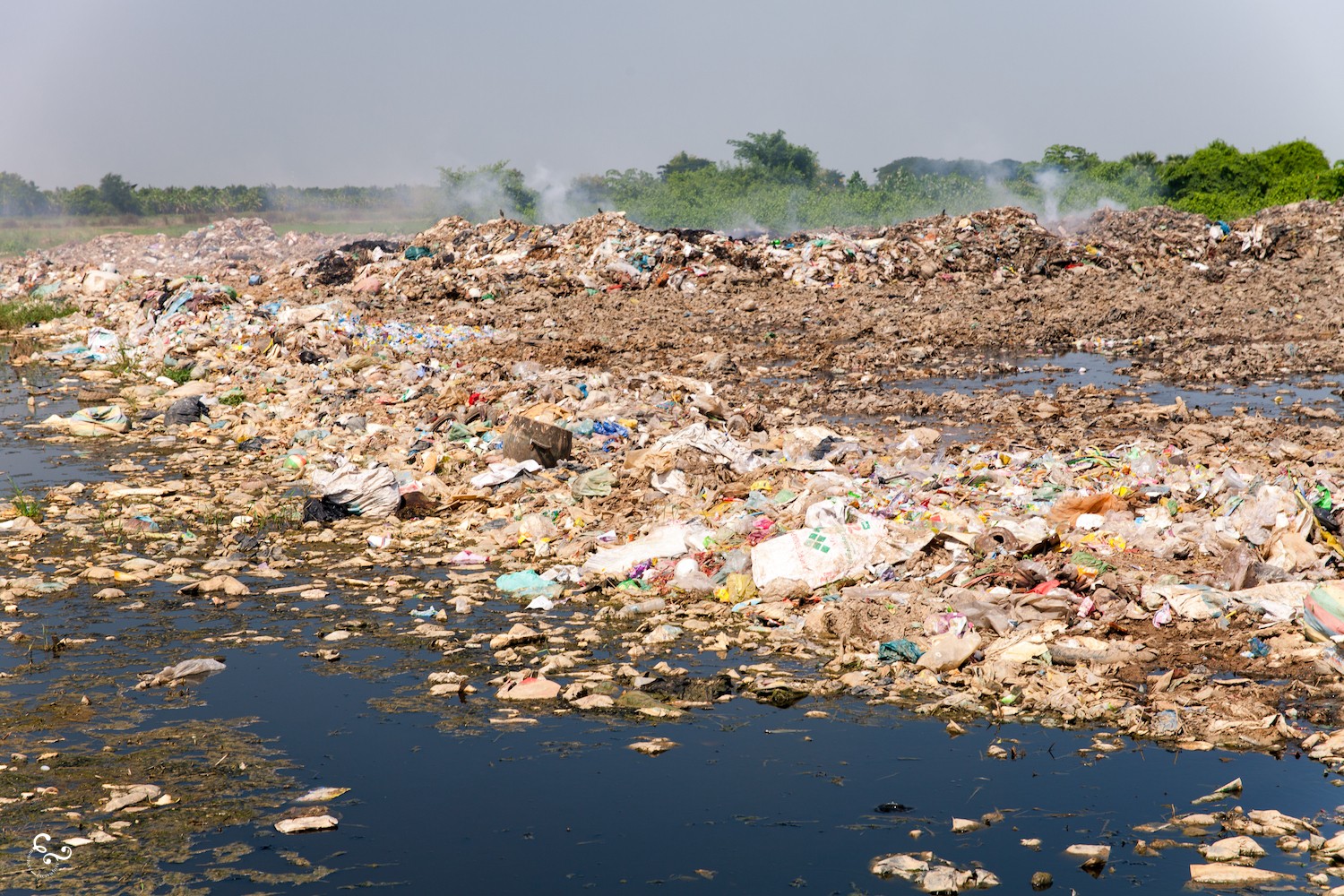
What causes climate change?
Greenhouse gas emissions are the key driver of climate change but when we talk about this topic we are referring to a few key areas. More and more research is showing the others ways we impact the Earth also contribute to climate change. Deforestation does. Our food rotting in landfills does. Wild burning of plastic does. Farming does. All the things we do fall on a varying scale of impact. Fossil fuels are the biggest sum of our emissions but to break it down further, these are the biggest contributors to climate change right now.
Energy
Deforestation & Land Clearing
Agriculture & Farming
Transportation
Industry
Waste disposal
What are the greenhouse gases?
Carbon dioxide receives most of our attention but it’s not just this gas that causes global warming. Each greenhouse gas has different properties and acts on our biosphere and the overall effect of climate change differently. For example, methane causes much more warming over 10 years but it dissipates much quicker too. Methane only persists in the atmosphere for about 12 years, nitrous oxide persists there for approx. 114 years, and carbon dioxide can last from hundreds to thousands of years. Long term then, carbon dioxide is the priority whereas the other two have greater present time impacts. Additionally, though us humans are the key driver to emitting more greenhouse gases, we’re now causing plants and animals to emit more too.
You’ll notice that we mostly track carbon dioxide levels which reached their highest point in May 2019 (as of writing) but if we factor in the other greenhouse gases this figure becomes much higher. We call this carbon dioxide equivalent (C02e).
Previous mass extinctions may have also been caused by a changing climate. The end of the Permian period (The Great Dying) began when carbon warmed the planet by 5 degrees, accelerated when that warming triggered the release of methane, and it ended nearly every living thing. We are currently adding carbon to the atmosphere much faster than then; at least 10x faster as per most research. The rate is 100x faster than at any point in human history prior to industrialization.
Water Vapor
Carbon Dioxide (CO₂)
Methane (CH₄)
Nitrous oxide (N₂O)
CFCs & HFCs
Why fossil fuels?
In the past, our global energy use came from burning trees (biomass) for heat and tool production. We also used water to power some of our daily lives. In 1784 however the efficient steam engine was invented meaning humans became able to convert existing fossil fuels (coal, oil and gas) into intensive mechanical work. Through this humans could build machines that dug up even more fossil fuels, enabling an exponential growth of our energy usage. Fossil fuels are quite amazing in what they do – that is, outside of their destructive use.
For example, oil is really light and dense which gave way to our modern transportation system. The energy released when burning 1 litre of oil is equivalent to 25 professional athletes cycling for one hour. That single litre of oil weighs under 1 kg and costs 100 to 1000 times less than the equivalent human labor. It’s easy to understand how we leveraged this. For an illustrative example, every day an average person on Earth uses roughly 60 kWh of energy per day. That means that every day, we each would have to have the equivalent of 15 professional cyclists dedicated to each one of us to support our current living standards. Without having expanded into fossil fuels we wouldn’t be living how we are. It would take approximately 43,000 professional cyclists to power an airplane. Fossil fuels freed us from this kind of human labor…and then created their own exacerbating problems.
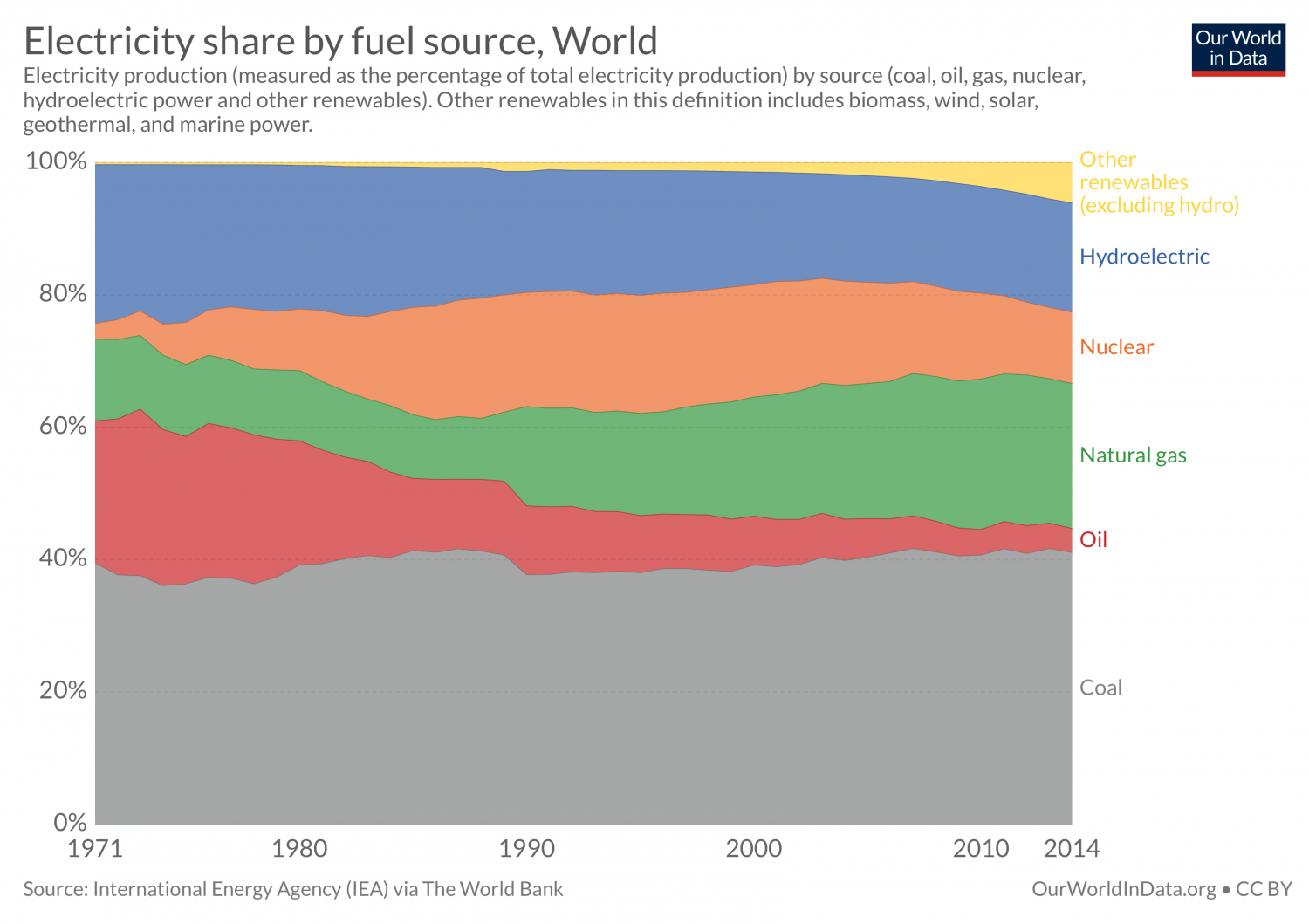
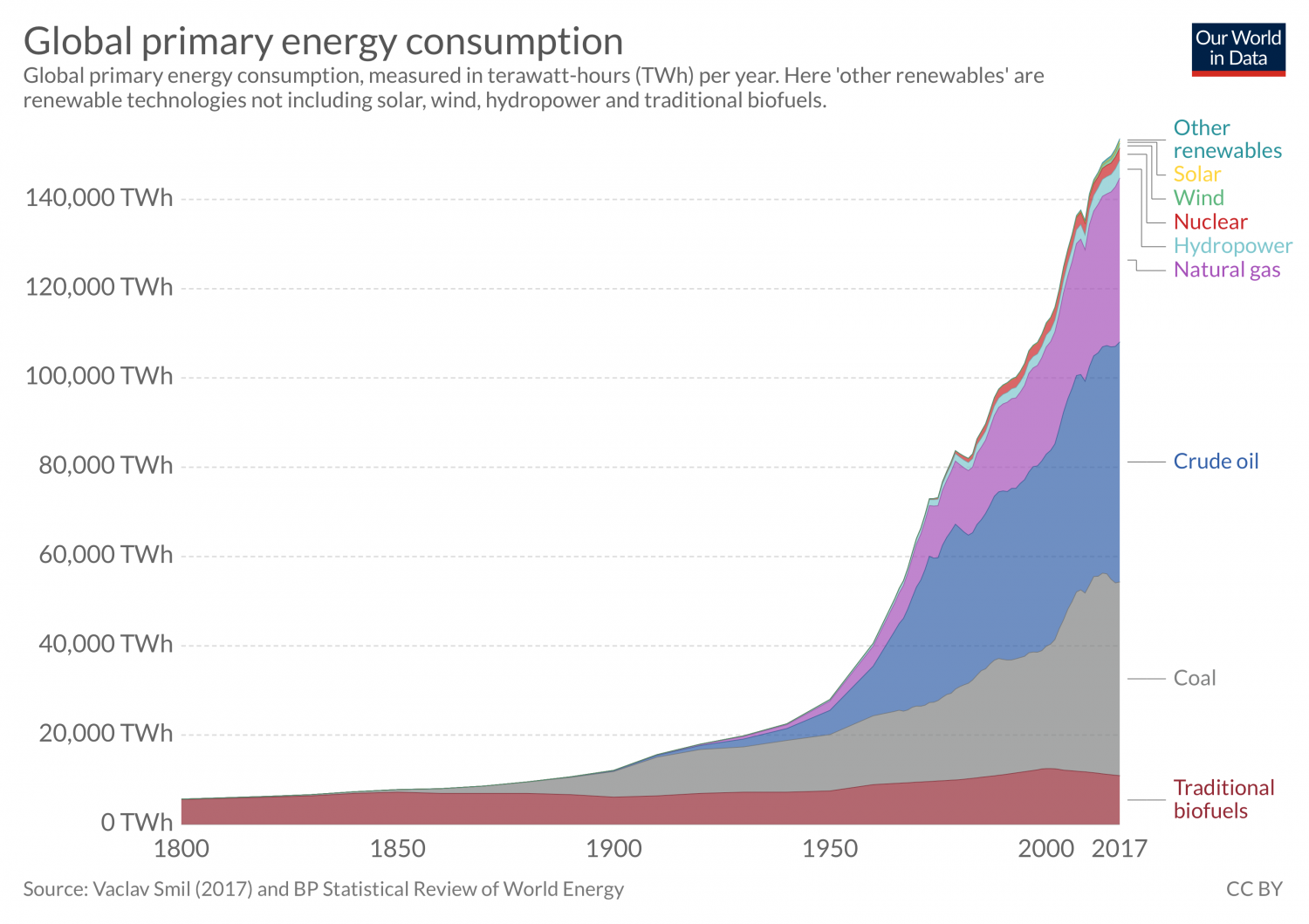
So who is to blame?
It was the UK. Then it was America. By far it still is. China will likely overtake as the major culprit in years to come. This is for cumulative carbon emissions which are one of the biggest contributors to climate change. There are other components such as land use change and deforestation that contribute heavily too and many countries in the world have been big players in that, including plenty of developed countries (whether for their own resource usage or as we plundered and exploited resources across the world). Cumulative emissions are a good basic indicator (though as a world we don’t account for where goods are produced and counted against well). Per capita things change slightly and you can throw Australia into the higher end of the mix with enormous resource use, land clearing and pollution per person. America & Australia have the highest resource usage in the world per person. In the capitalist system we created, resources are king and to have the lifestyles of developed countries, enormous amounts of resources are required (5 earths per year if everybody lived like an American or Australian).
And yes, we can also blame baby boomers. Generational blaming doesn’t help (#avocadotoast) and they gave us the 70s and the best music of all time (fact) but, by the data, we’ve been on a major course of acceleration since the boomers entered their unruly teen years. They’ll be peacing out like the dodo by the time we hit the major impacts of this having benefited from the richest part of our history. In our experience boomers don’t exactly love facts being used that implicate their generation, but their activism across Europe and the UK (and America for anti-Vietnam War) was truly inspiring and we can learn from that; and we need to. That generation did however also produce a cohort of super-billionaires and CEO’s who are the largest emitters in the world. In fact, Carbon Majors research found 100 active fossil fuel producers are linked to 71% of the industrial greenhouse gas emissions since 1988 (the year in which human-induced climate change was officially recognized by the IPCC). Those same companies (ExxonMobil, Shell, BP, Chevron, Peabody, Total and BHP Billiton along with a number of state owned companies largely out of Saudi Arabia, Russia, Iran, India & China) are responsible for over half of the greenhouse gas emissions emitted since the start of the industrial revolution. These companies have continued to profit enormously off environmental exploitation without paying for any consequences.
Ultimately, what matters now is that we understand industrialized countries caused this mess and China adds great additional pressure to the mix. Developed countries exploited finite resources in order to get rich and, “develop”. If we agree as a world we want to stay below 2 degrees (which still comes with plenty of consequences), global emissions need to peak around 2020 and decline 50% by 2045. Carbon emissions need to be at net-zero by 2050 and all greenhouse gas emissions to fall below zero around 2075. There are many other scenarios we can model but this is a starting baseline. Currently we are continuing to increase emissions globally.
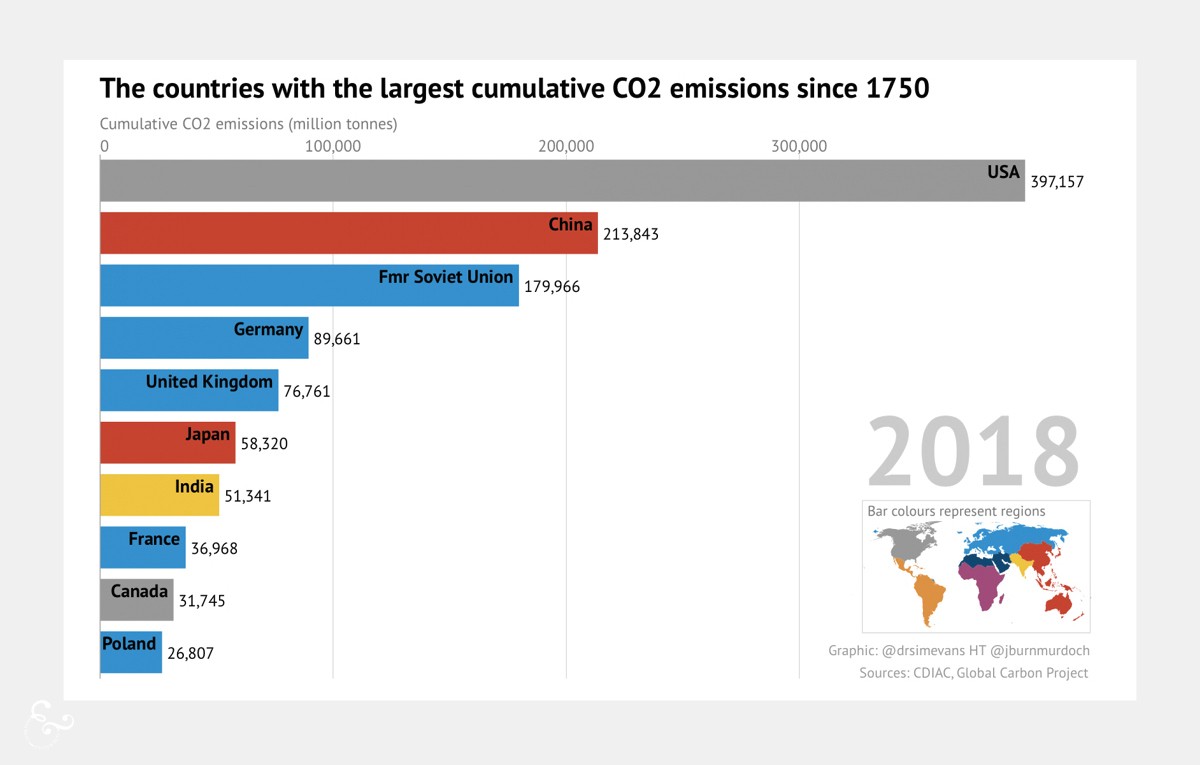
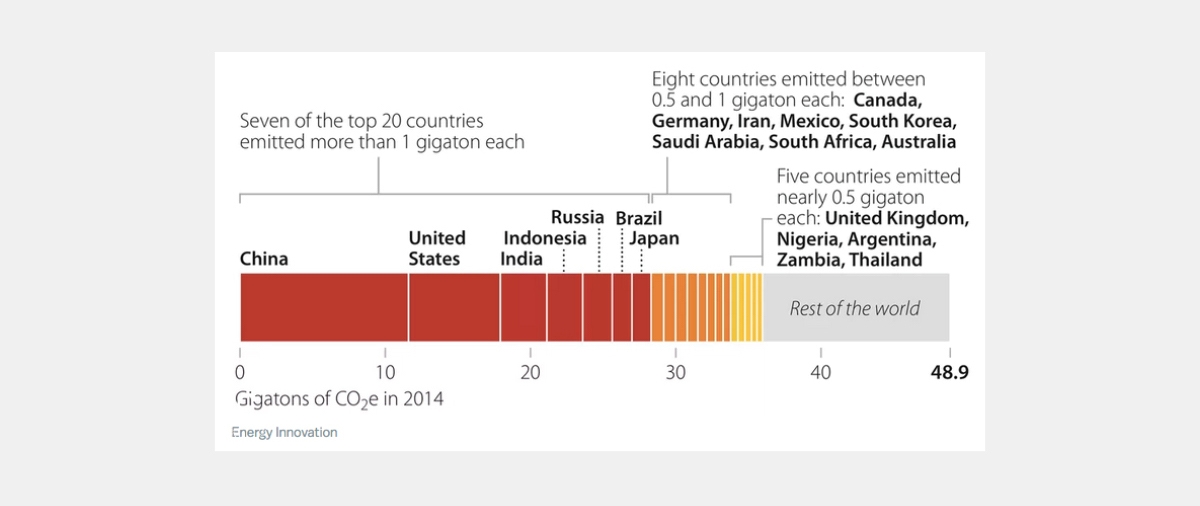
The Paris Agreement & IPCC Report
The Paris Agreement which falls under the United Nations Framework Convention on Climate Change (UNFCCC), brought nearly all the nations around the world together agreeing to expend significant resources on combing climate change and adapting to the impacts along with providing assistance to numerous developing countries. All the nations agreed to keep the global temperature rise this century to 2 degrees celsius above pre-industrial limits (if they could not meet targets for 1.5 degrees). You can read more on the Agreement itself here. It is important to note that the Agreement is not binding unlike the Kyoto Protocol which had targets with legal implications. The Paris Agreement allowed countries to voluntarily determine their own policies and targets and certain goals were encouraged rather than made legally enforceable.
There are however some parts of the Agreement that are legally binding. For example, each country was to prepare and submit the contributions they intended to achieve and then review and update these every 5 years along with developed countries reporting their greenhouse gas emissions annually. Generally, it’s non-binding on actual substance, and binding on reporting.
There are only 2 countries did not sign onto the Paris Agreement. Syria (heavily mired in war), and Nicaragua who did not think the agreement was binding enough. Nicaragua has since signed on in solidarity with hurricane victims in neighboring regions. As of writing, the administration in the US has treated to pull out of the Agreement though this will take a number of years to process. Obama had been a key player in ensuring the world signed on. Current Paris pledges by countries would still lead us to about 3.5 degrees of warming by 2100. The Agreement takes effect in 2020. You can read the document here via the UN.
The IPCC report was a landmark report released in October 2018 outlining the urgency of action on climate change highlighting that we have up to 12 years to limit a catastrophe. It hit the public realm across mainstream media. The IPCC report was composed of be leading climate scientists, referenced more than 6,000 works, and was clear urgent and unprecedented actions and changes were required. It also highlighted the dramatic differences keeping our warming to 1.5 degrees would mean as opposed to allowing them to rise to 2 degrees. The report mapped out four different pathways to achieve the 1.5C limit; reforestation was required of all as was carbon capture technology. You can read the full report here on this excellent website.
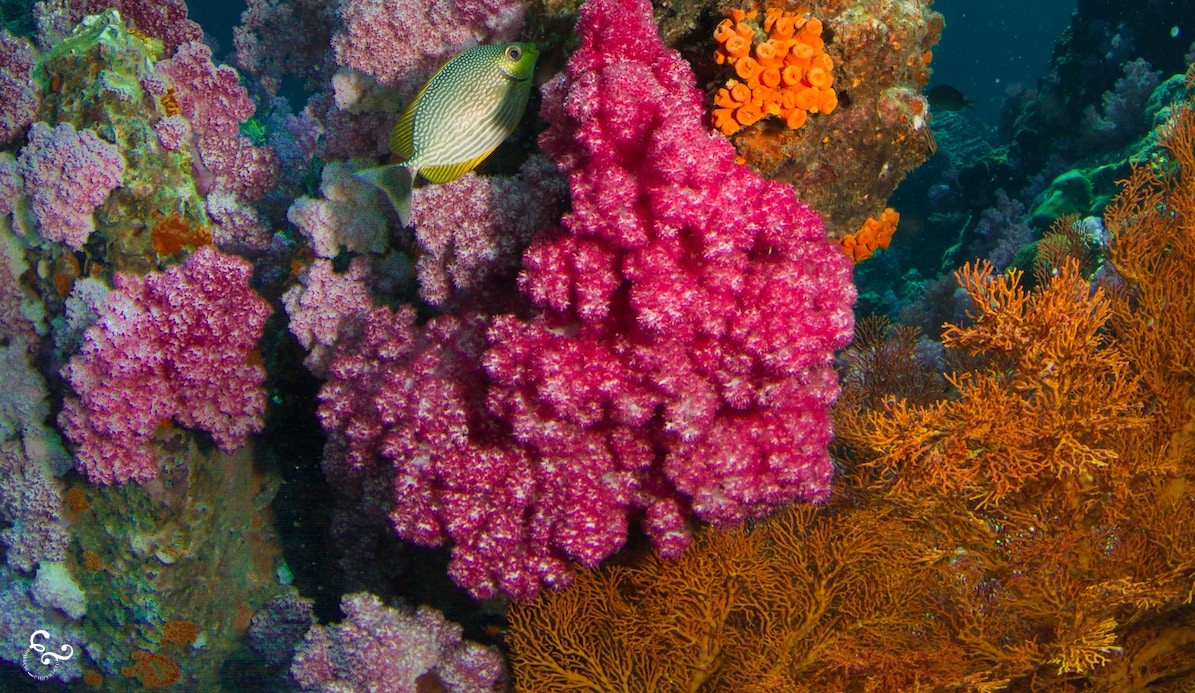
Terms to know
Greenhouse Effect
Certain gases in the air trap and slow down heat from the sun that would otherwise escape to space. This is the greenhouse effect. Without the greenhouse effect, the Earth would be a frozen planet and we would not exist.
Carbon Budget
You can learn about the methodologies used for carbon budgets and calculate your own lifetime budget depending on birth year and country here.
Anthropocene
Scientists have proposed this as a new geological epoch resulting from human-driven and influenced changes to how our systems have always functioned. Geologists are formalizing this with evidence that humans have changed the Earth so much that geological deposits will remain in the geological record and be extinguishable from the current Holocene period.
Climate Justice
Linking development and human rights to addressing climate change and protecting the most vulnerable people & nations who have contributed least to the issue. This justice highlights the need to share the burdens and benefits of climate change equitably and fairly.
Environmental Racism
Low-income and racialized communities shouldering more than their fair share of environmental harms related to pollution, contamination, toxic waste, and heavy industry (Dayna Nadine Scott and Adrian A. Smith, 2017). The environmental justice movement also encompasses this.
ipcc
The Intergovernmental Panel on Climate Change. They’ve been leading reports on human created climate change since recognizing it 1988 and were the authors of the 2018 groundbreaking report which showed we have 12 years left to reverse course.
CO2 equivalent (CO2e)
The amount of CO2 that would cause the same temperature chance, over a given time frame, as an emitted greenhouse gas or a mixture of them CO2e is a common method to compare emissions of different greenhouse gases but doesn’t imply the equivalent corresponding climate change impact.
Planetary Boundaries
A concept proposed in 2009 for nine Earth boundaries (i.e. freshwater use, ozone depletion) humans can live within to thrive and a way we can measure how far we are pushing the boundary (or exceeded it).
Sacrifice Zone
Coined by Naomi Klein, fossil fuels create places and communities damaged or destroyed by fossil fuel drilling and mining. Politicians and other decision-makers then overlook these harms and injustices and most people are generally unaware of the issues.
Land Use Change
Where humans are changing the natural lands for a different use often releasing carbon dioxide, impacting wildlife and biodiversity.
Ecocide
A crime against the Earth. The wilful destruction of our environment and ecosystems and the attempt to criminalize these activities.
Greenwashing
Where products are marketed as “green” i.e. eco-friendly when they’re nothing of the sort or use a small factor in their process to obscure everything unsustainable about them. It is simply a marketing tool.
The Facts (share, pin & gram)
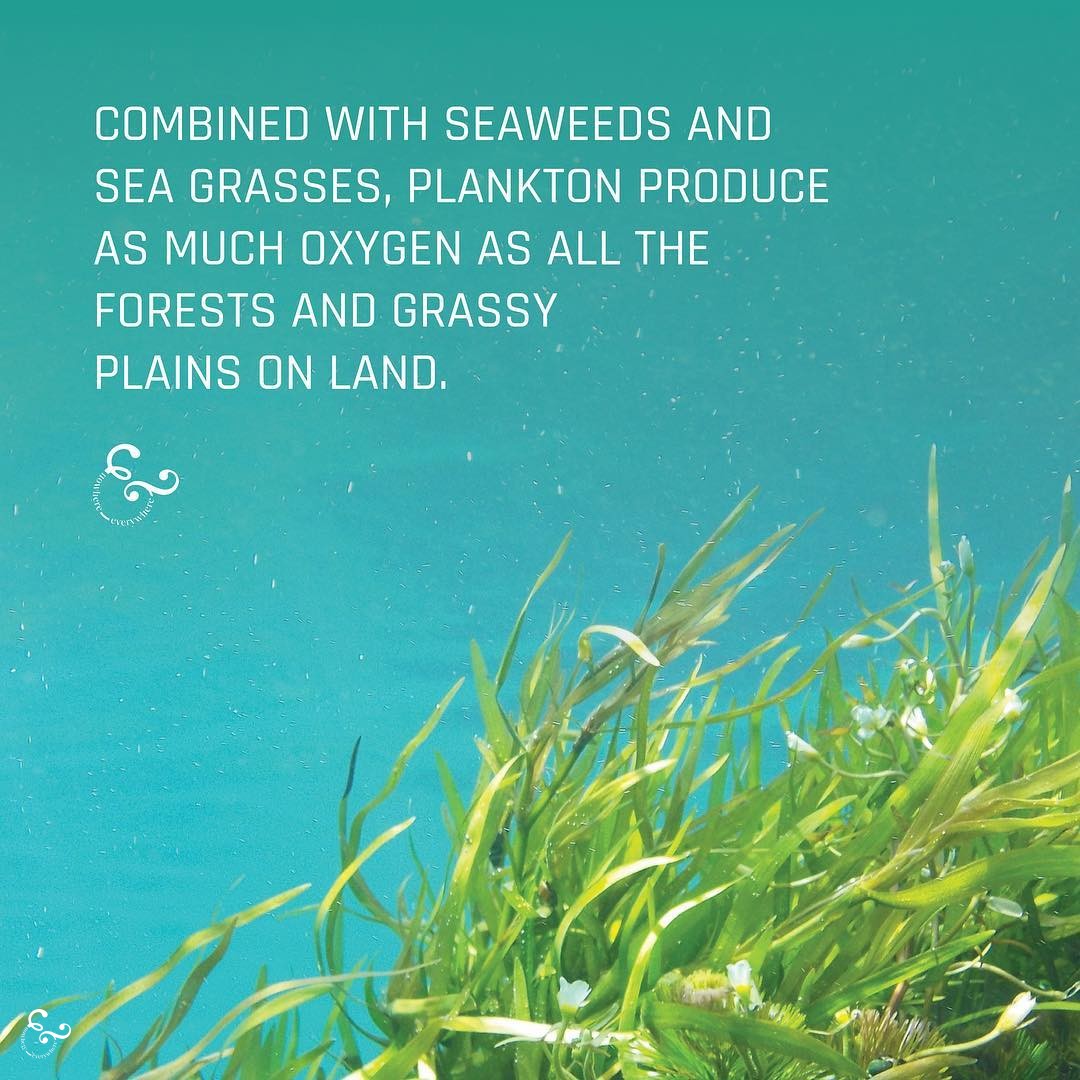
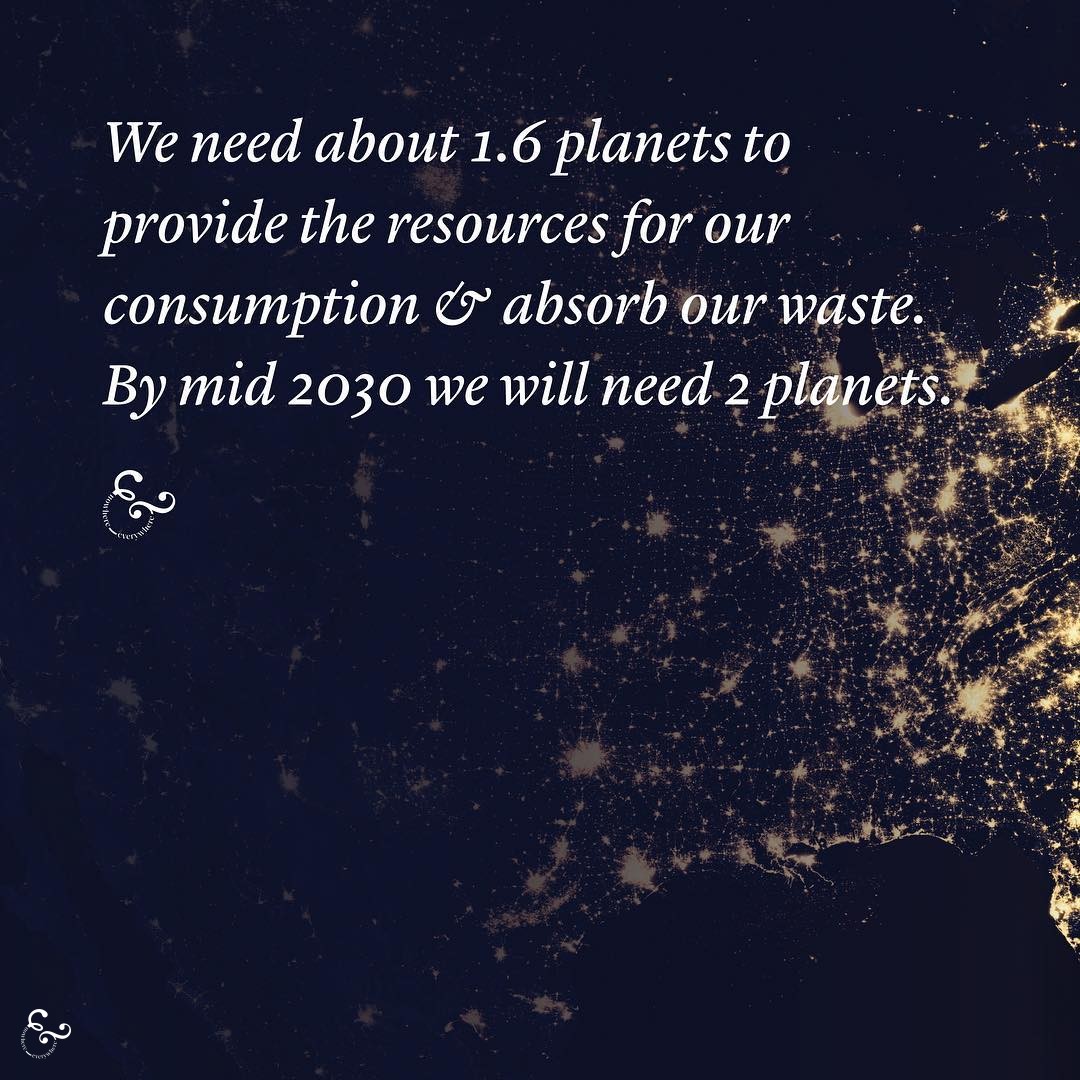
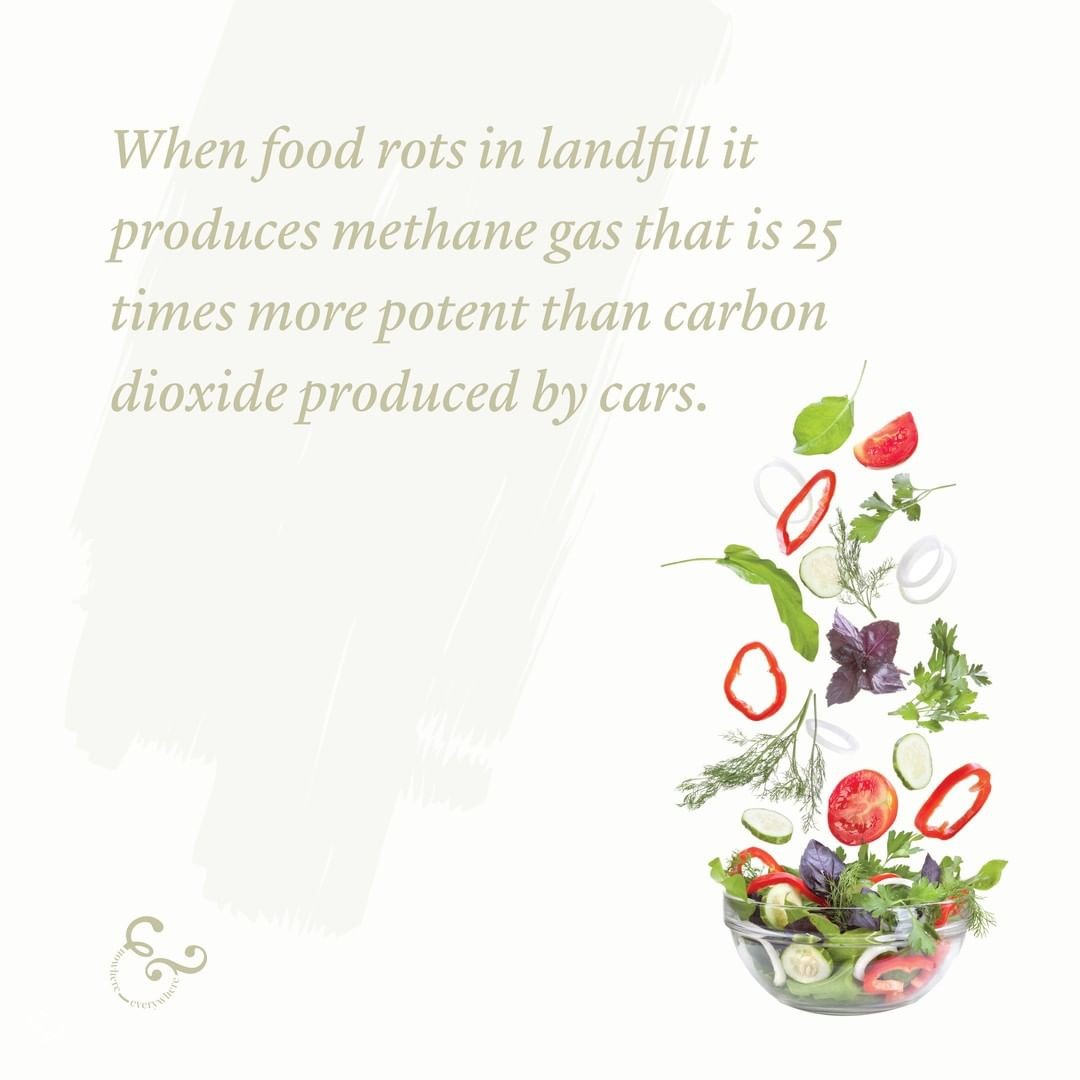
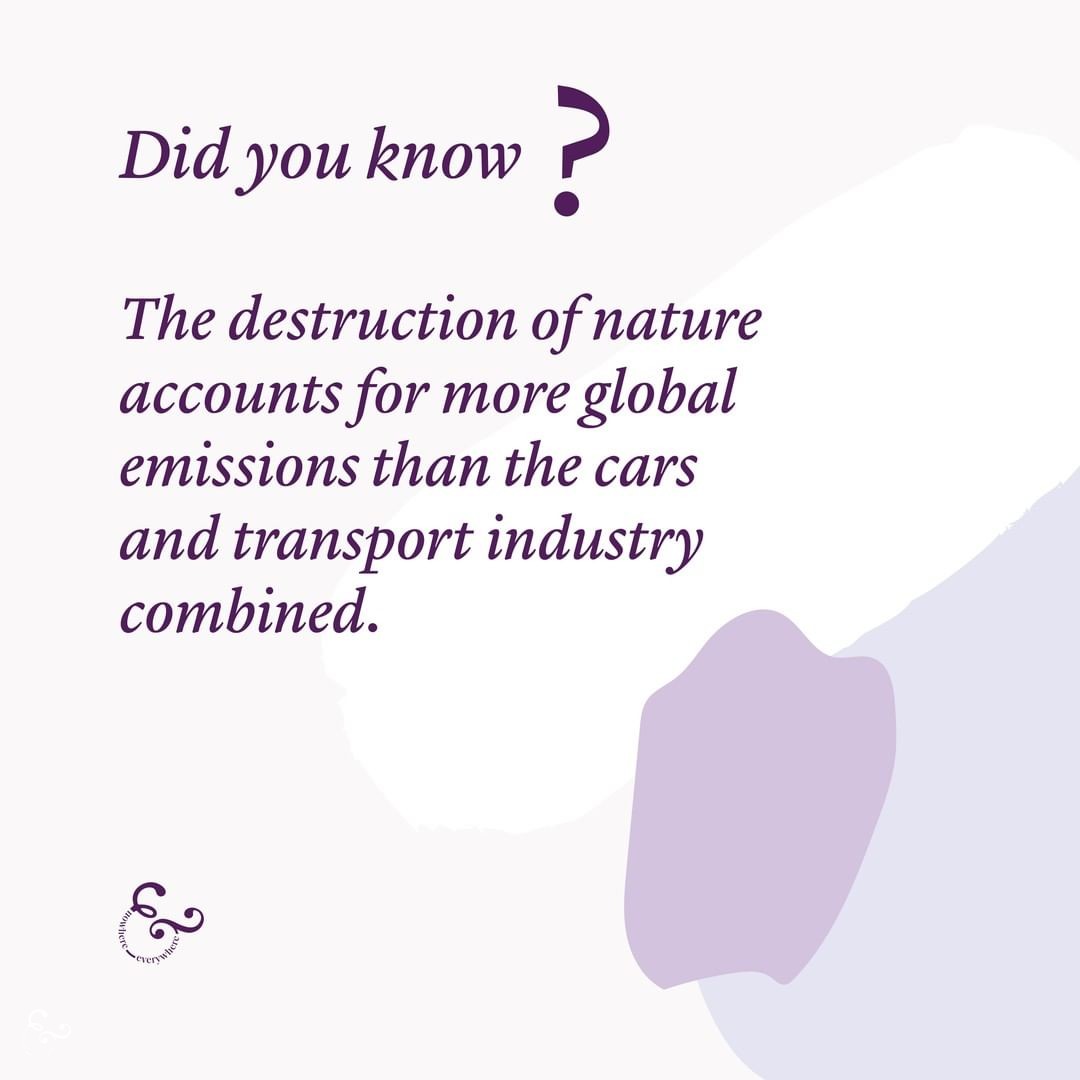
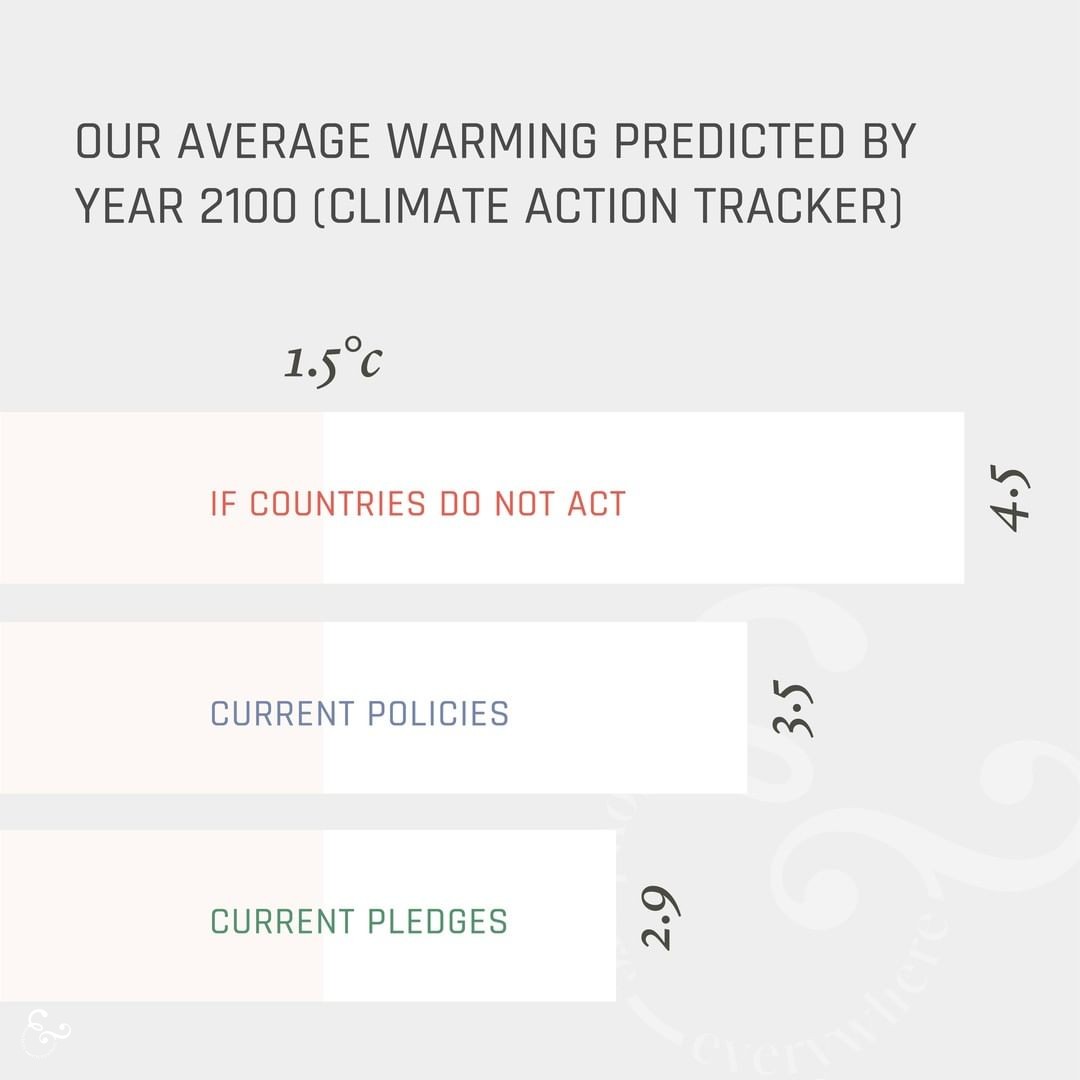
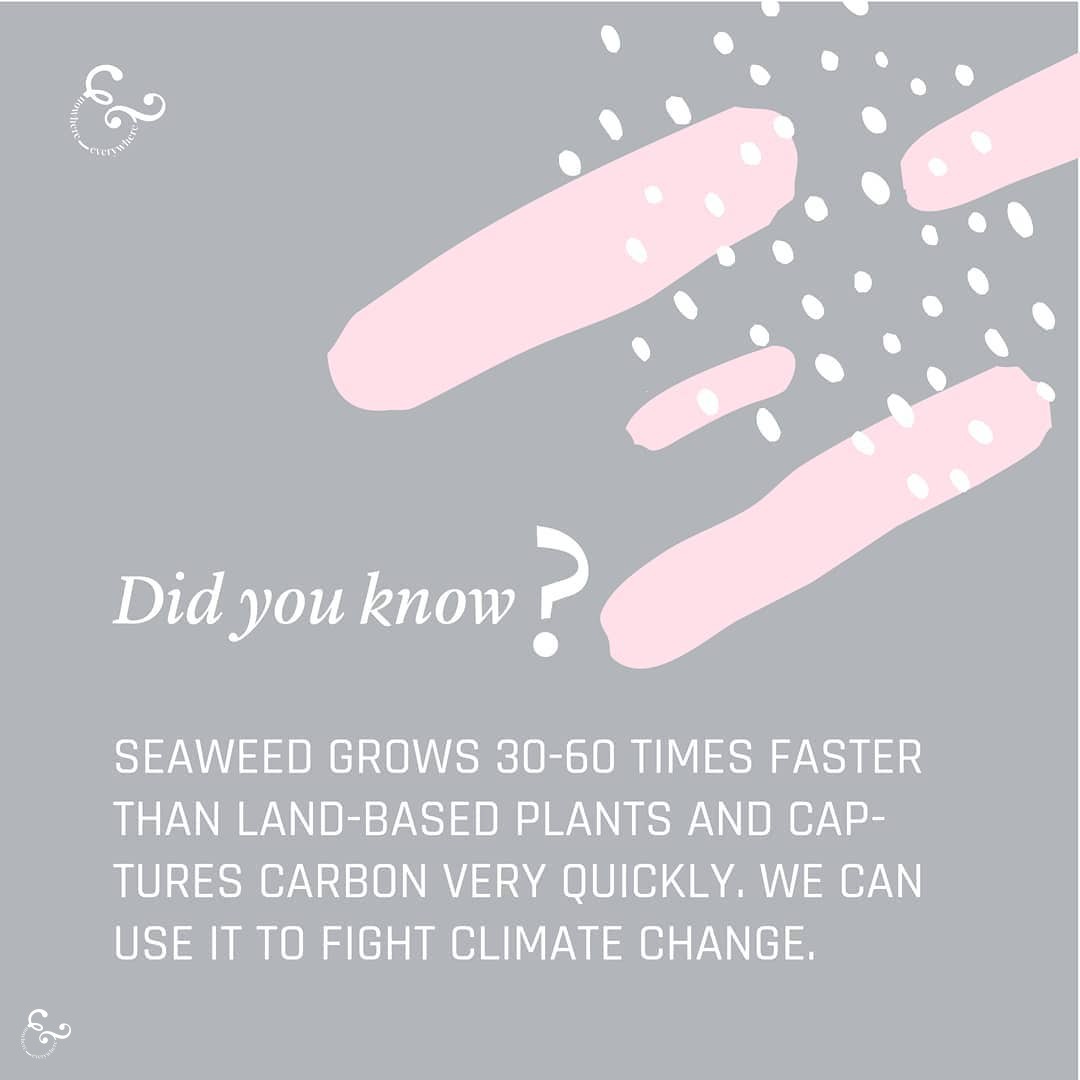
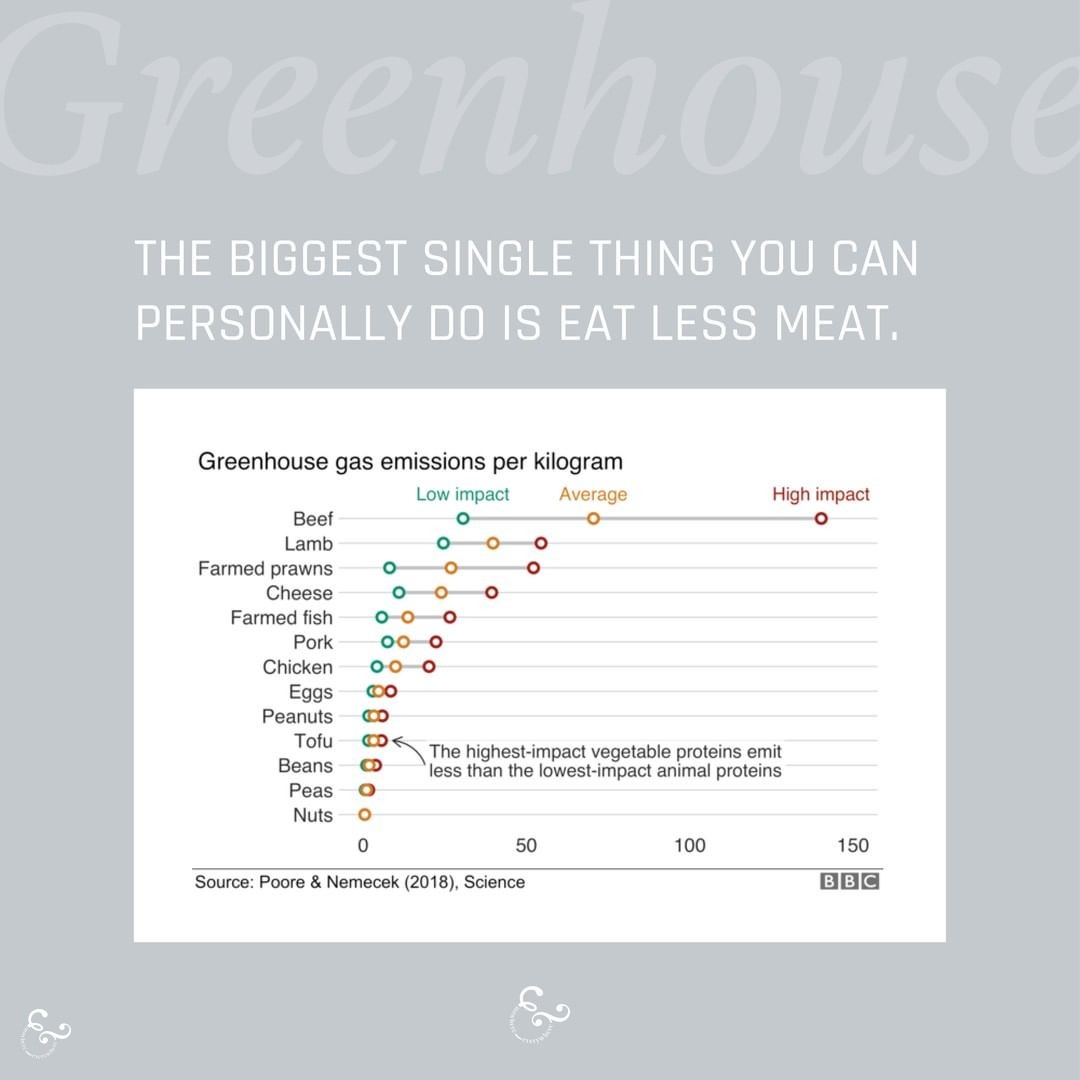
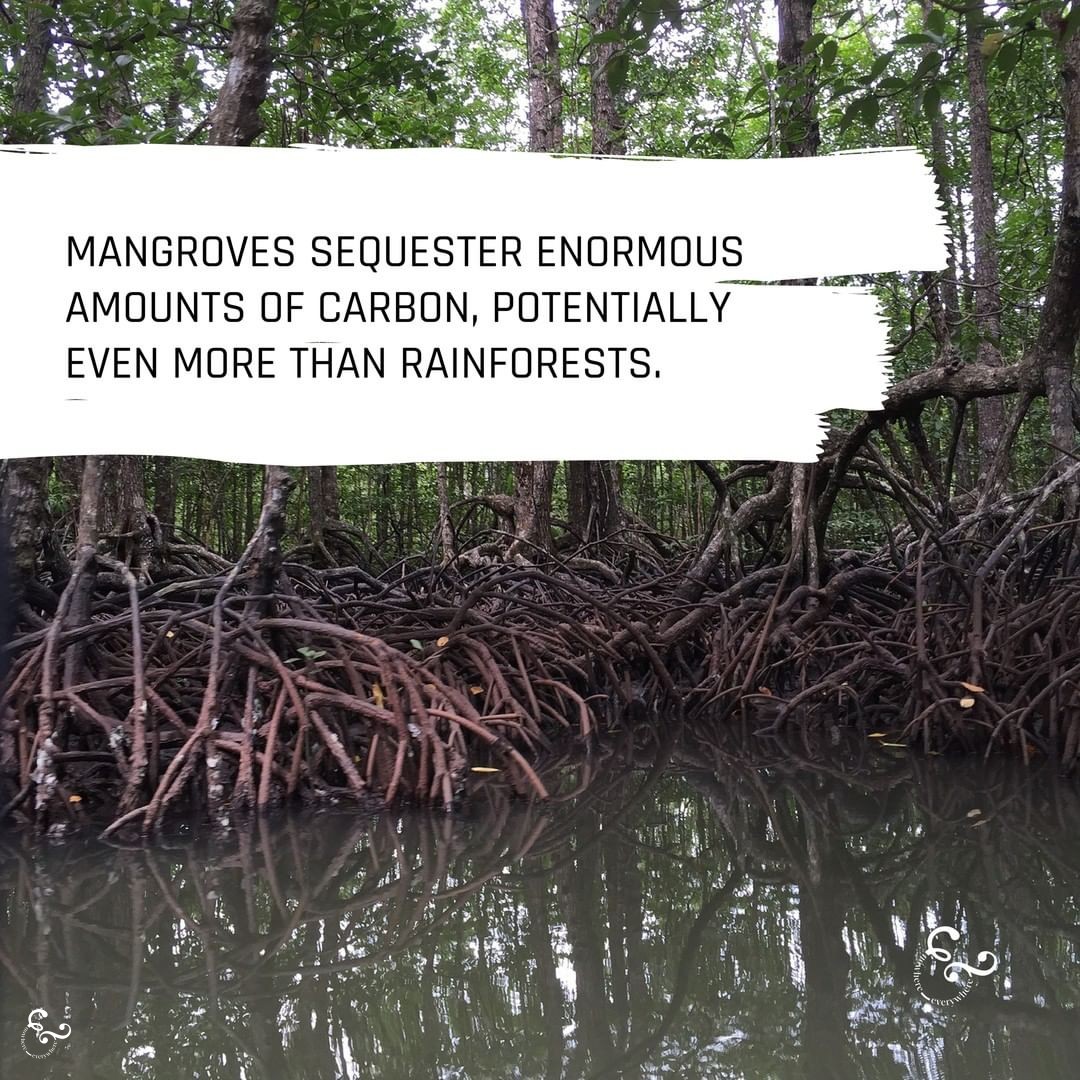
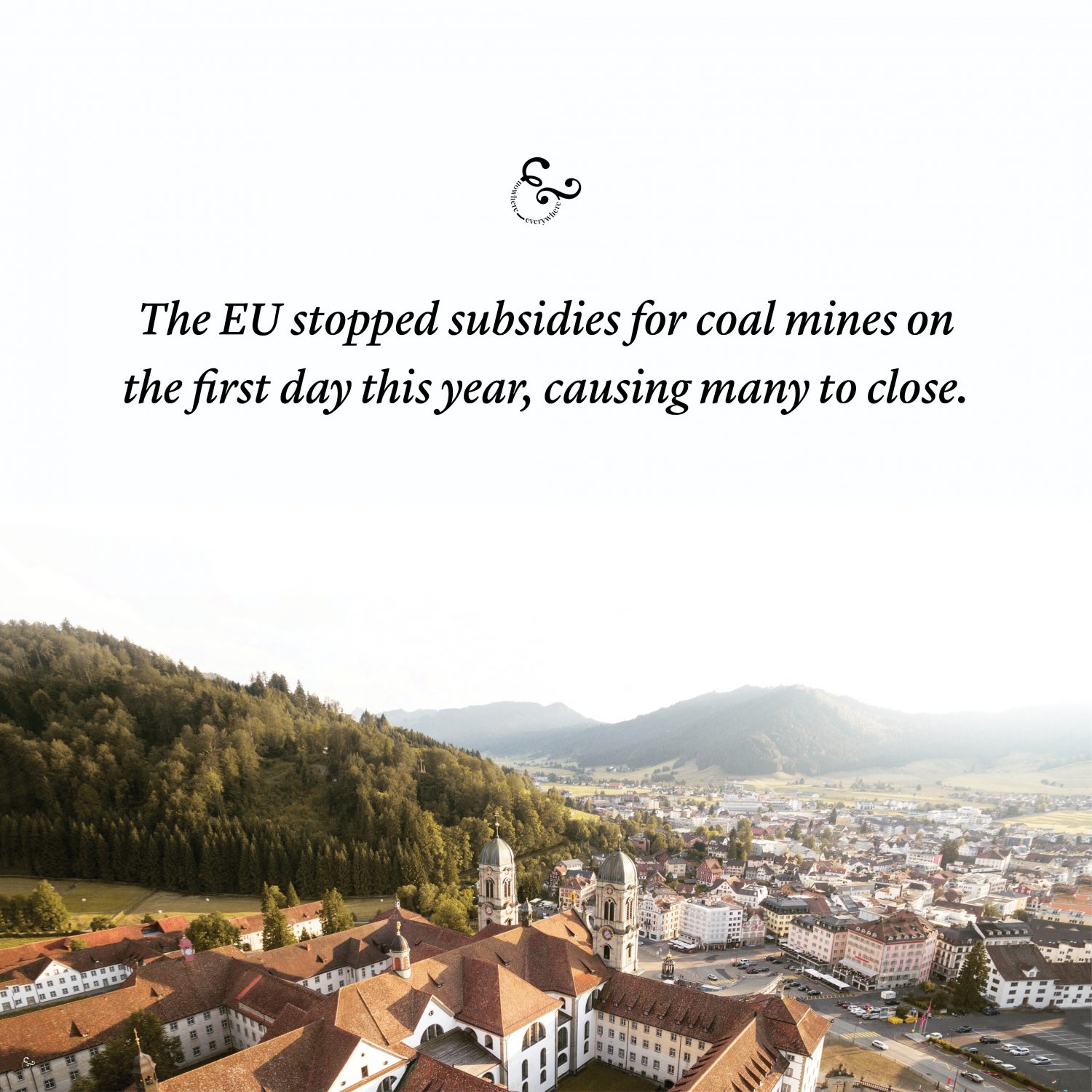
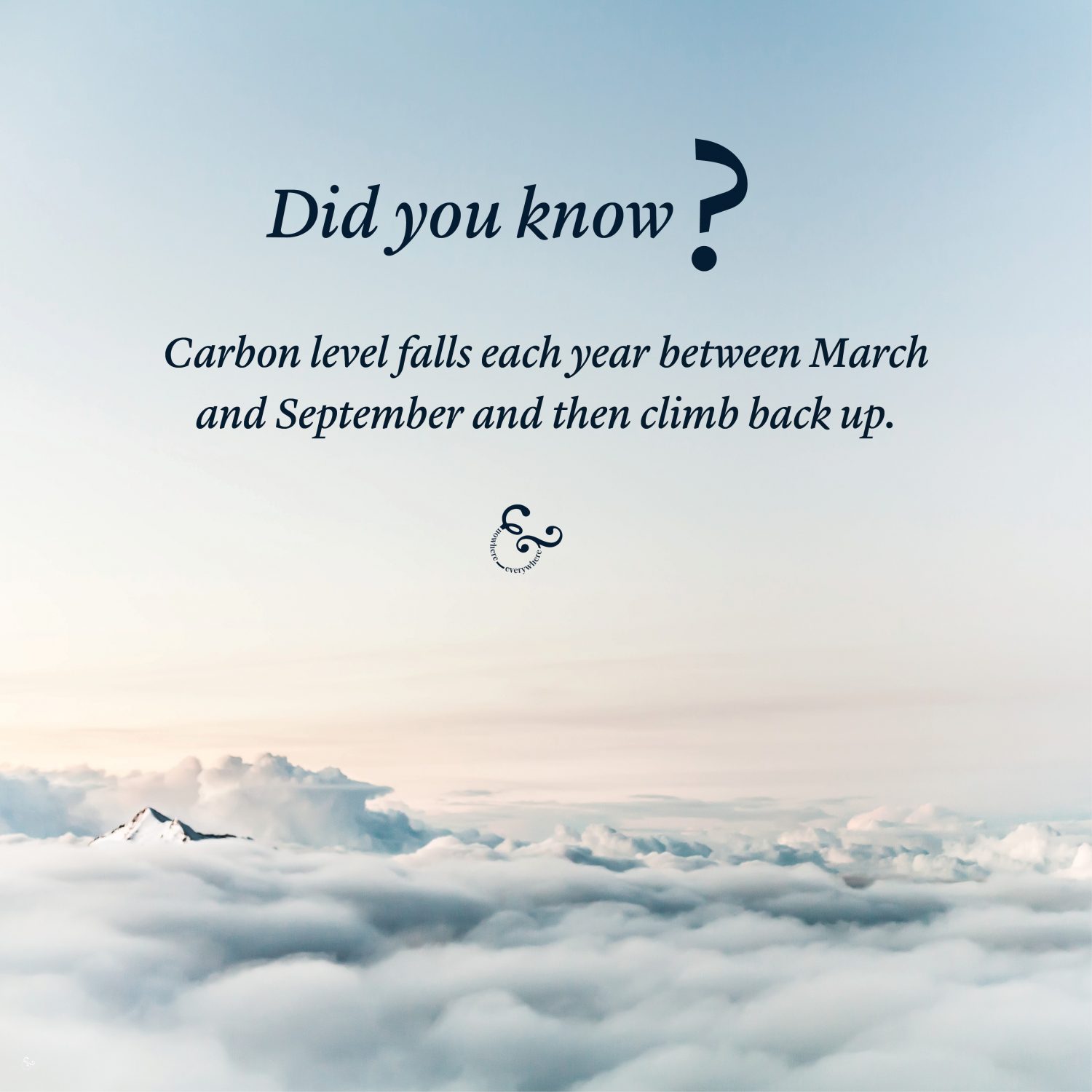
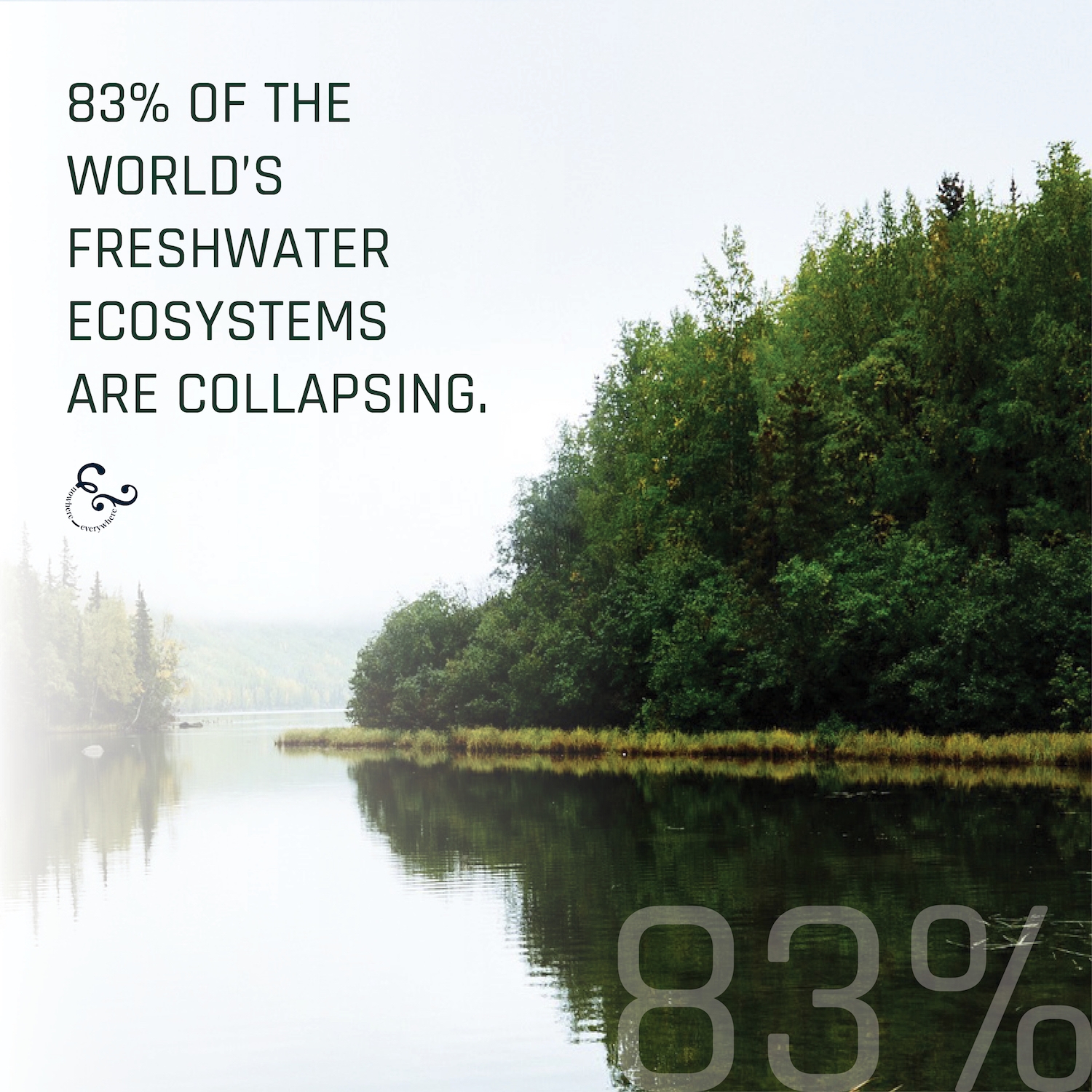
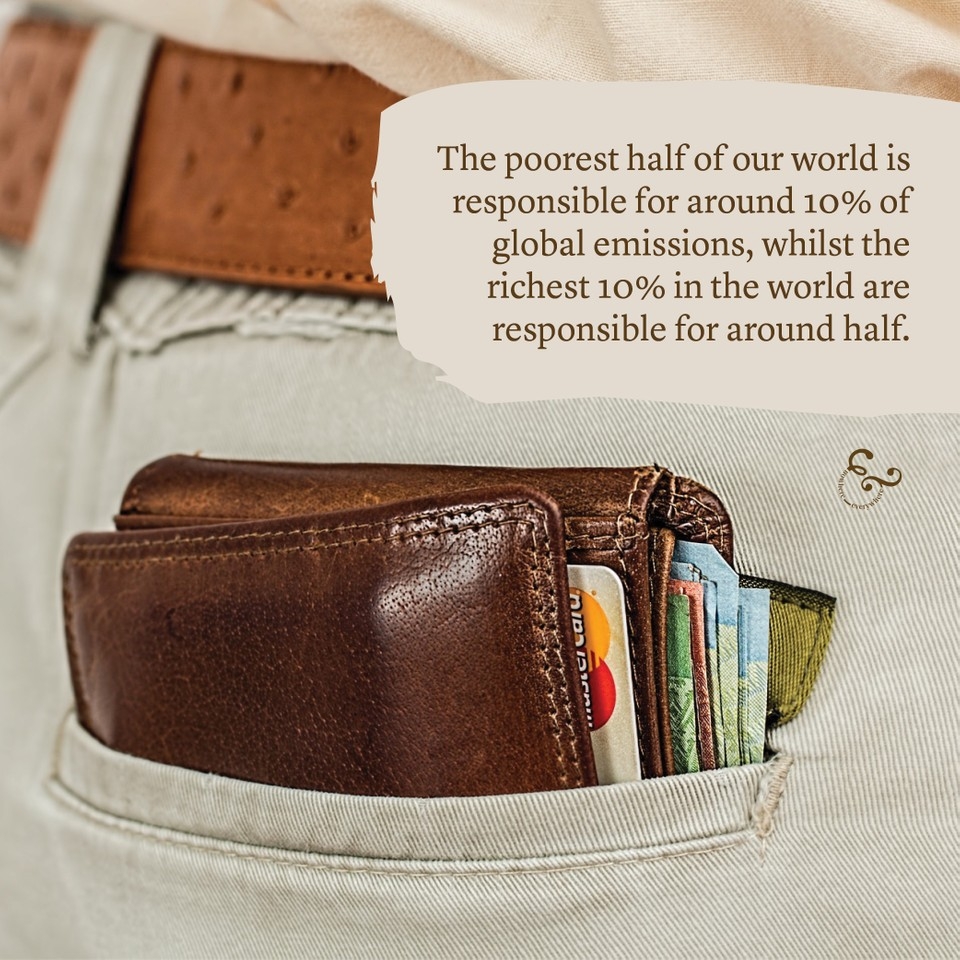
The things we're measuring
Because there are so many facets to the impacts of climate change and the varying systems it disrupts and changes, it is hard to know where to look to keep track of it all. We include major news stories on climate change in our Weekly Roundups but in addition to that, here are some of the primary indicators we’re keeping a close eye on. Want to see a few of these numbers on an easy to read dashboard? Take a look at this one.
Greenland Melt
Greenland is experiencing complex feedback loops and many human-caused reasons for the accelerating melt there. Read this article to glean the essentials.
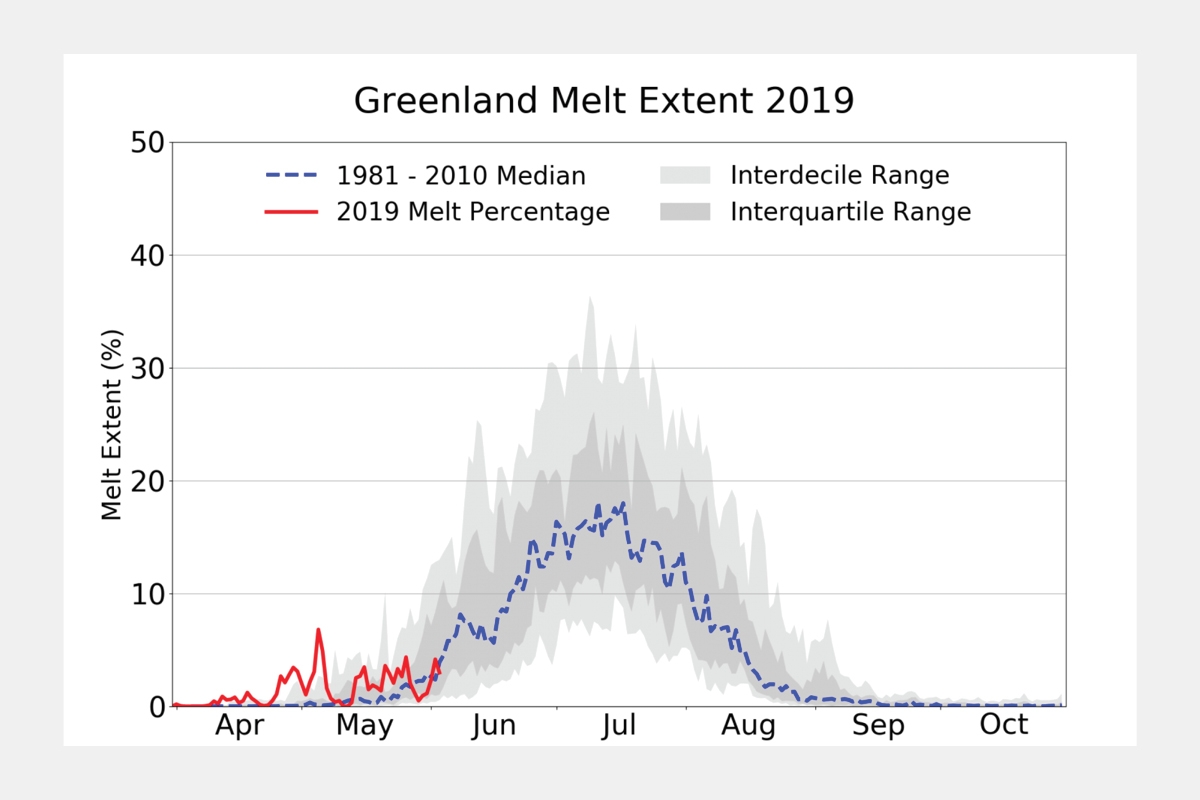
The Arctic
Related to the Greenland melt, but watching the Arctic is not only for climate change, it’s also for war. The Arctic is warming twice as fast as the rest of the world. We recommend starting with this podcast episode and this article. Then keep your eye on it through NSDIC or in the news (or our Instagram).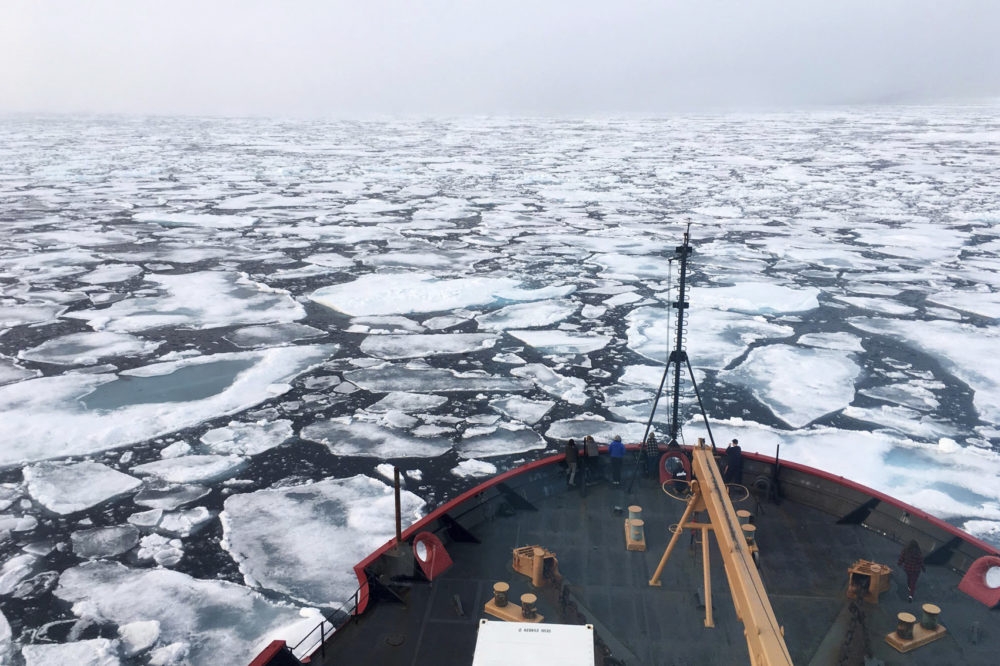
Carbon Dioxide Levels
You can view the data on this excellent graph from the 2 Degrees Institute. There is also the Bloomberg Carbon Clock and a NOAA live graph here.
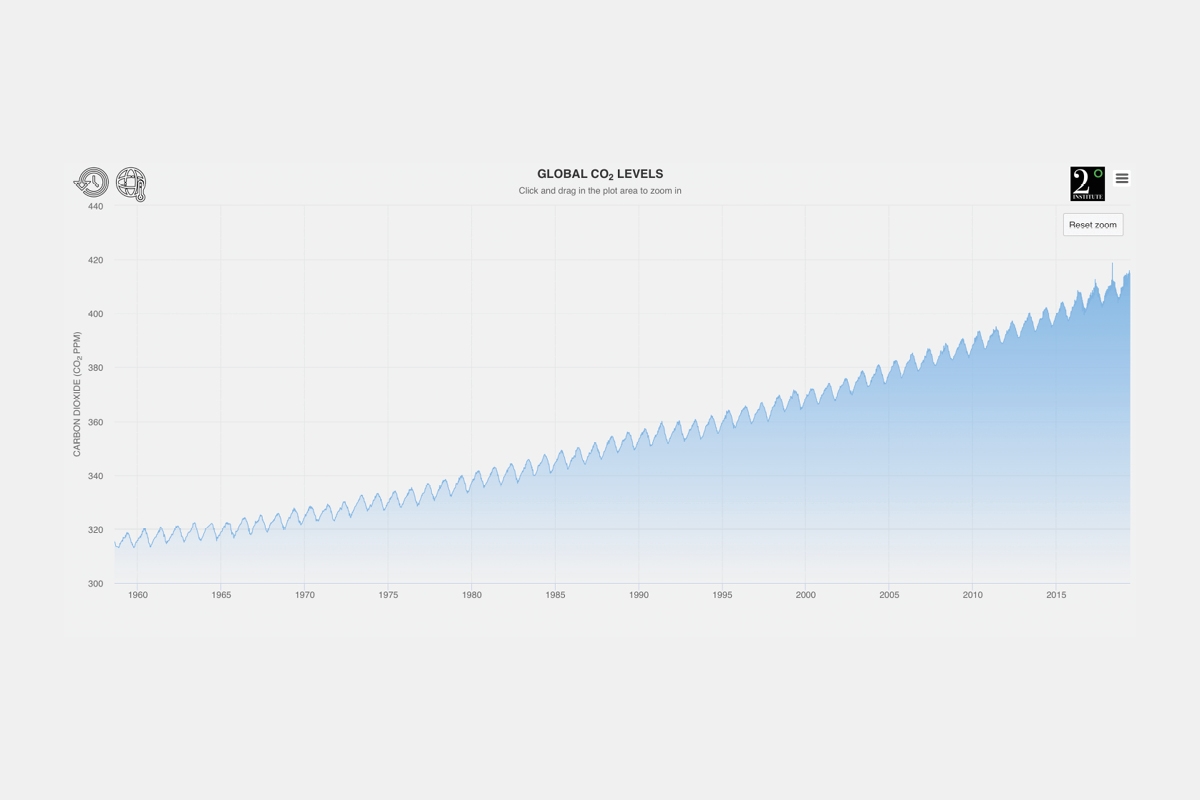
Oxygen Levels
For some reason most of us don’t think about the oxygen in the air; we all take it for granted it will always be there and we’ll keep breathing it in. It will be for a long time, but it’s dropping. And scientists aren’t entirely sure why. It’s not a huge deal at the moment but it’s something we should watch. You can view the data on this chart.
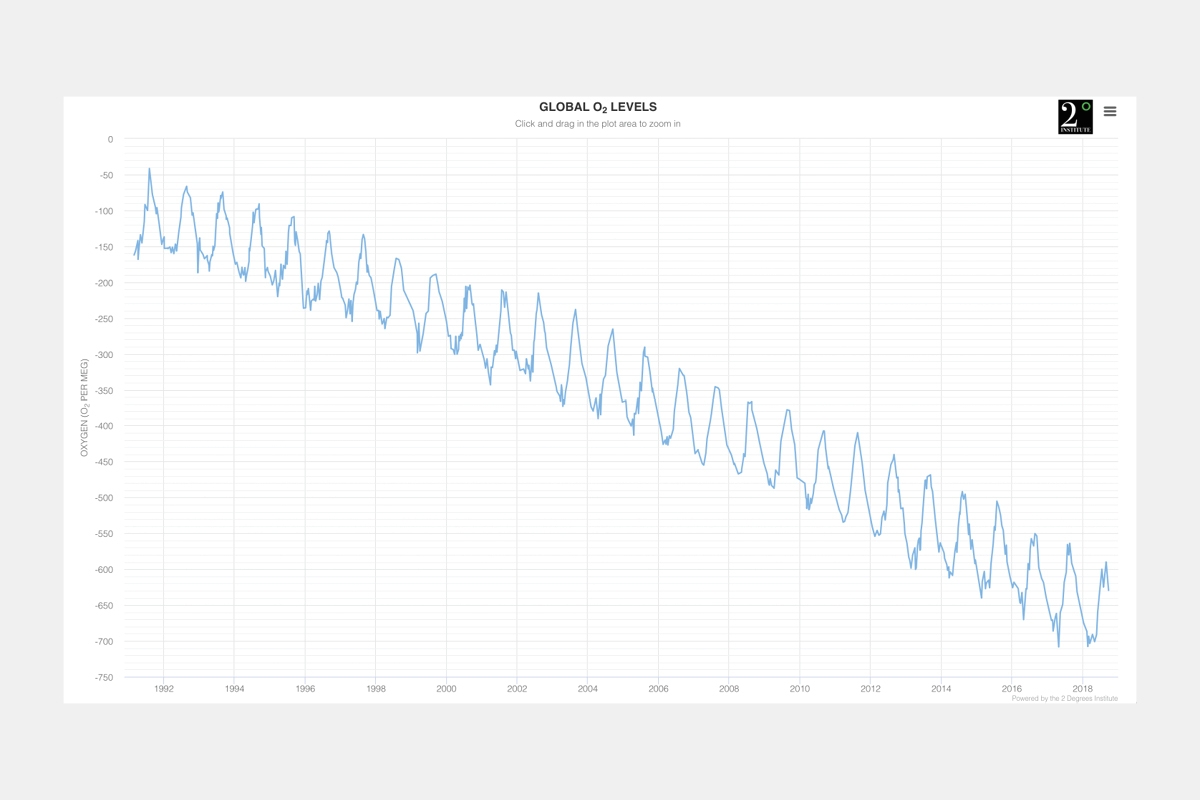
Nitrous Levels
As a greenhouse gas we’re always on the look out for any sharp increases in nitrous oxide (it’s not headed the right way!). You can view the data on this chart.
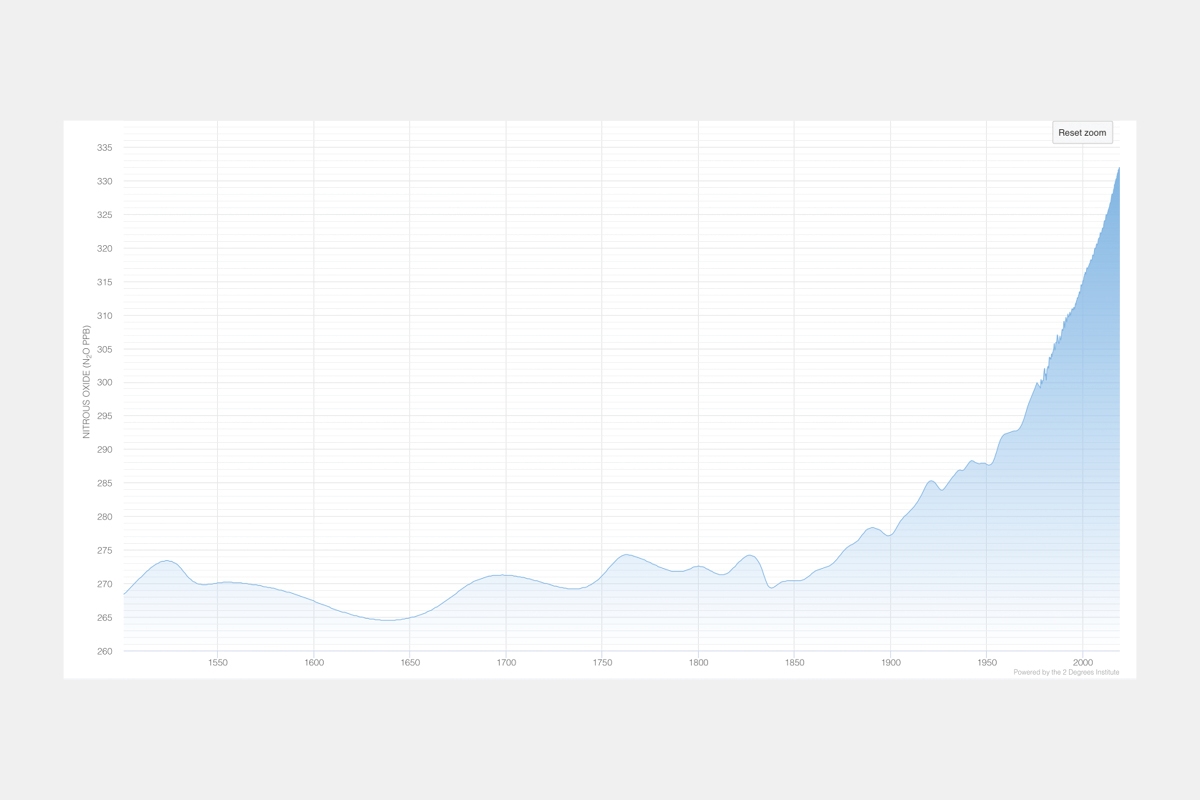
Methane
Methane is an extremely potent greenhouse gas and it’s currently on a new upward trajectory. Scientists aren’t sure where this is coming from (May 2019) but it may be a climate feedback loop with wetlands in the tropics emitting more. Read more about that here and keep your eye on the levels here.
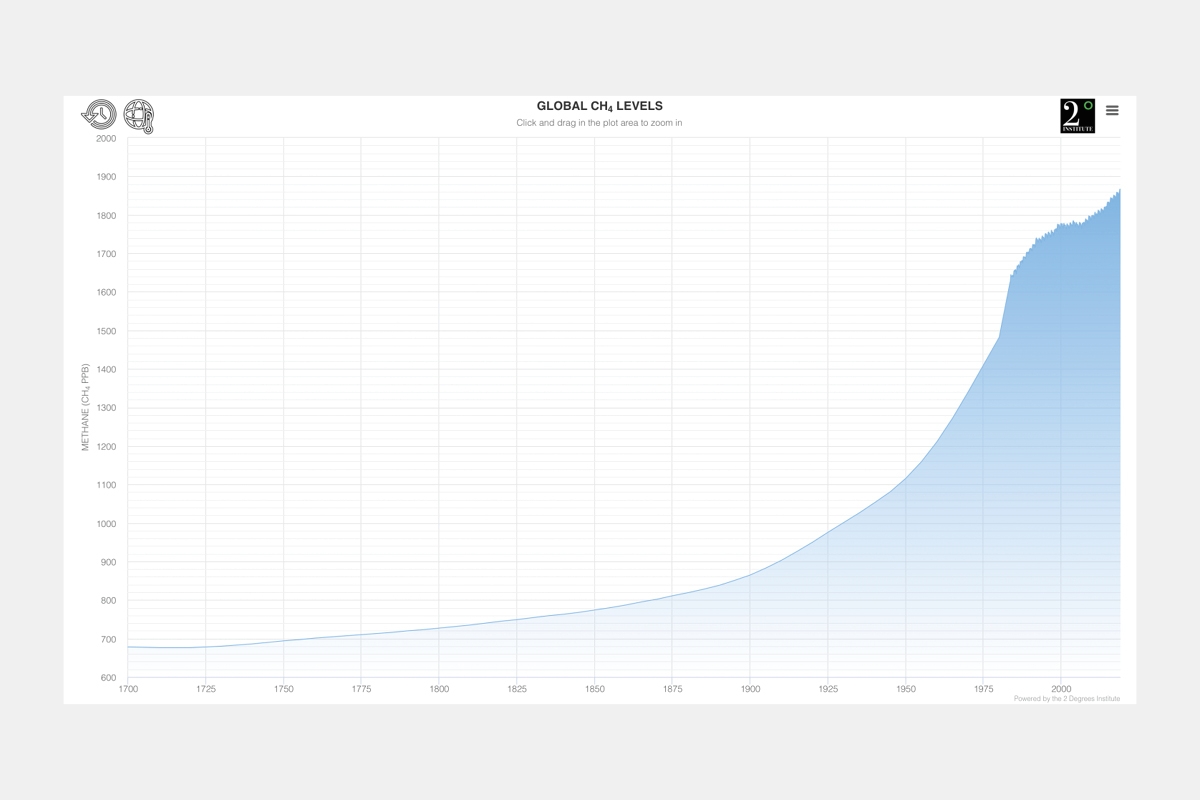
Sea Levels
So we can determine when we’ll drown. Just kidding. Kind of. Islands are already going under. It’s happening. The oceans are rising. Sea levels rise from added water from melting ice sheets and glaciers, and the expansion of seawater as it warms. Follow it on NASA here.
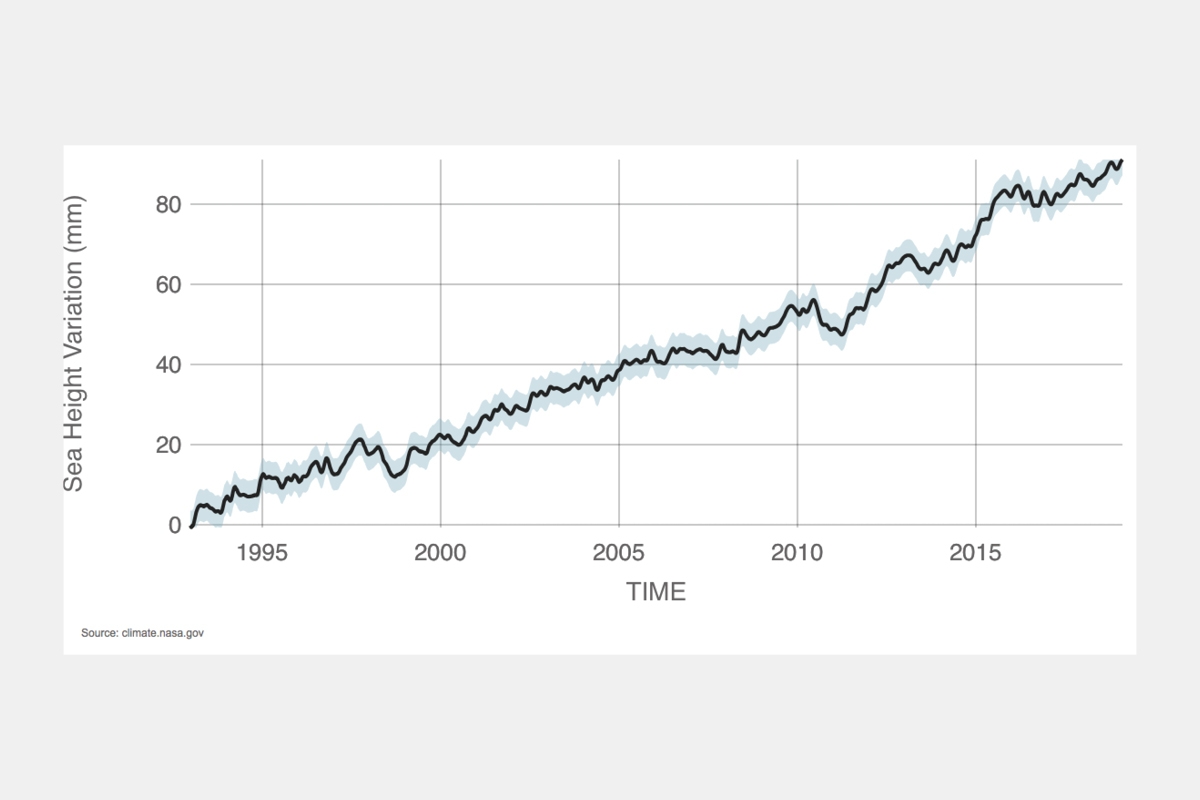
Thwaites Glacier
It’s one of our most important glaciers and it’s disappearing into the sea. If it fully melts it will likely raise the seas by 2 feet. If it destabilizes nearby glaciers could in turn raise sea levels by approximately 11 feet; but we should (hopefully) be a hundred years away from that. Start with this article on the researchers there.
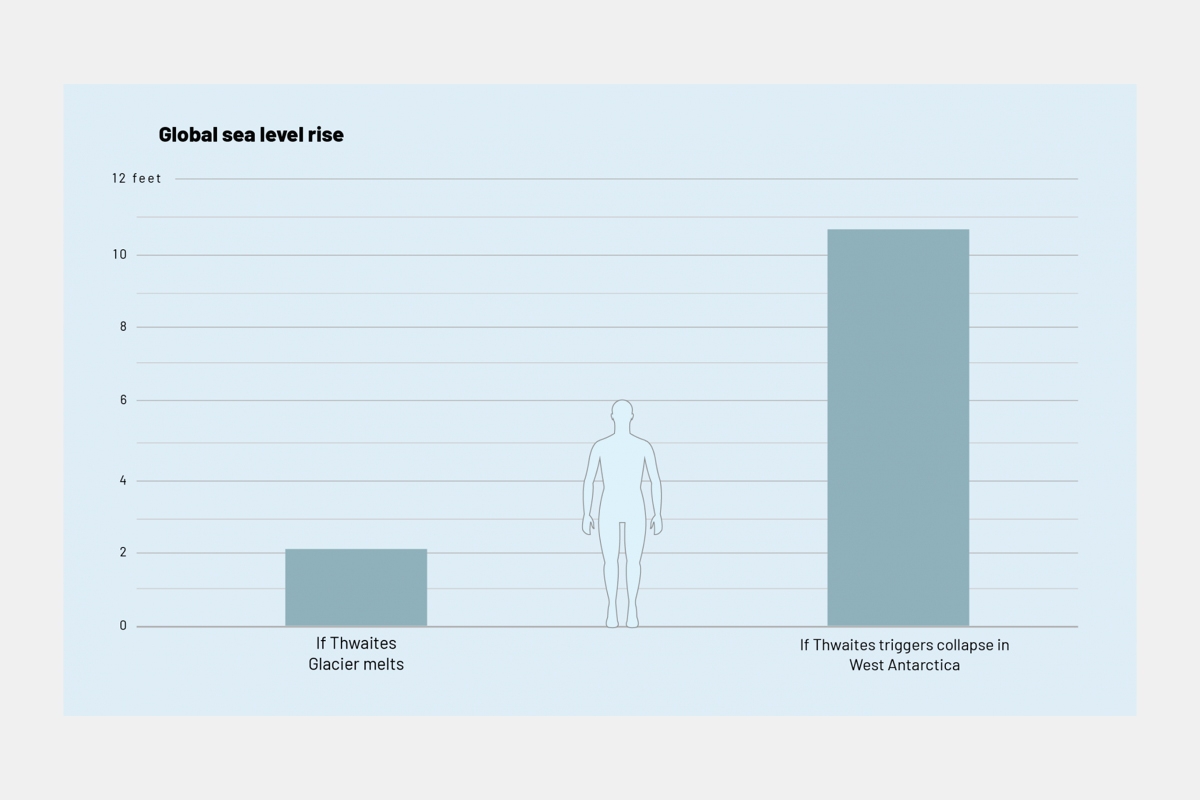
Bering Sea
Also in the Arctic, the Bering Sea has been busy melting more than normal. For example, in April of this year it should be frozen. It wasn’t. Previous projects of this current state were supposed to happen in 2050. We highlight the Bering Sea because it’s important and also because it offers a local context. What happens in the high Arctic for example, may not (and has not) reflected in the Bering Sea and vice versa.
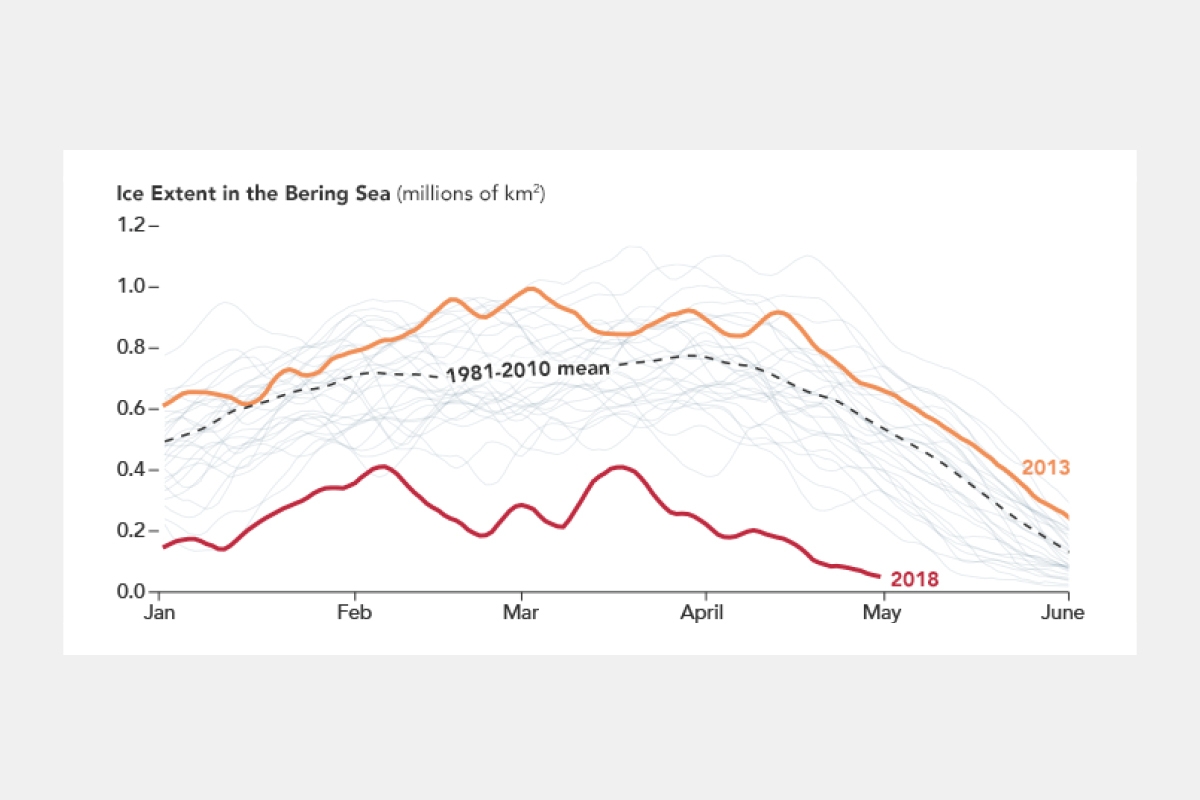
Where we're headed
As of writing, we’re currently on track for around 4 to 4.5 degrees warming by 2100. Ideally we would keep it below 1.5 degrees. Across the world people are already suffering and dying from the current impacts of climate change. Some of the effects headed into the next four decades are locked in. We can’t and won’t escape them. Scientists agree that 2 degrees is also a lot worse than 1.5 degrees but we seem to have agreed on a 2 degree limit as many people now acknowledge we will be unable to keep to the lower limit. You can see this great interactive site for the difference.
As yet, we haven’t met any targets nor have we effectively implemented policies and proposals into law that would assist in meeting those targets. We can be as hopeful as we want (and humans are a resilient bunch pretty intent on staying alive) but right now we’re not in a good place. Keep in mind we’re only projecting out to 2100. Many of these effects will accumulate and accelerate and if we don’t change course, be significantly worse by 2300 and well into the future.
So we’re clear, every single degree matters. When it comes to our biodiversity, and eventually our own survival, it matters enormously. For every half degree of warming, societies see between a 10 to 20% increase in the likelihood of armed conflict. Though we’re currently headed for significant warming this also comes with a high level of uncertainty; we really don’t know how much worse this can get, how all the elements will play together and what new risks will unfold. Here are some things we can expect…
2 degrees celsius warming
- 153 million people will die from air pollution each year
- Sea level rise predicted at 2 feet, possibly 3
- 30% increase in ocean acidity
- 25% increase in hot days
- Ice free Arctic summers are 10x more likely
- 99% of all the coral reefs in the world will be lost
- 200 million climate refugees by 2050 as per the UN
4 degrees celsius warming
- Ice free Arctic summers
- 41% of mammals lose more than 50% of their climatic range
- 67% of plants lose more than 50% of their climatic range
- 2 to 6 degree warmer winter minimums across Europe
- Extended heatwaves across the world
- A massive refugee crisis of up to 1 billion people estimated by the UN
Policies & solutions
Though nearly every country has committed to the Paris Agreement, the agreement did not come with set policies or enforceable laws. Each country was (and still is) to set their own policies for meeting the targets and other environmental measures. It’s hard to keep up with what’s happening in every country, but make sure you’re across your own (and if multiple places are home, you have a little more work to do!). There’s also now a great way to visualize policy scenarios in the States, Mexico, Canada, China, India, Indonesia, and Poland using this tool. You can drill down into varying policies and understand what each means.
In terms of policies that work, the UK, the initial perpetrator of industrialization and emissions, has been cleaning up its electricity faster than any other country in the world. In 2008, four-fifths of the UK’s electricity came from fossil fuels. Since then, coal-fired power has virtually disappeared (as of writing there are only five plants left) and gas use is down by a quarter. More than half of its electricity now comes from solar, wind and nuclear. This incredible Carbon Brief guide tells the story in depth and we can see what’s been happening.
Project drawdown says the most effective thing we can do is a combination of educating girls + family planning. Surprisingly (as it doesn’t make mainstream media often, if at all), refrigeration management is also a key driver on impact. This relates mostly to HFCs which replaced ozone layer destroying CFCs. HFCs, a greenhouse gas, are mostly derived from fridges and air conditioners and they’re expected to soar in coming decades as major countries (including China, India and many other developing countries) become wealthier, and as we will be using these more as heat increases. Vox has a good piece covering this. Increasing plant based diets and reducing food waste also has a big impact (bigger than solar).
There are thousands of policies out there, some implemented, many proposed. Many repealed. One key issue to policies is getting them in place quickly so technology can catch up to meet the targets (often through scale and price reductions rather than brand new, non-existing technology). Another is carbon pricing. Carbon prices largely work (when not enacted in isolation) and within floor & ceiling price boundaries. Australia is a great example of initiating a carbon tax, C02 emissions decreasing, a conservative government repealing the tax, and emissions increasing again. Carbon taxes need to be introduced on a ramp so they increase to the right price that helps and absorbs initial market shock & consumer concern whilst having the desired carbon lowering effect.
Policies can be demanded and initiated by us. We can advocate and place a lot of pressure on the people we vote in to create legislation. Increasingly citizens are holding their governments to account through the courts. Famously, Dutch citizens won their court case holding the government accountable to certain higher, and quicker climate targets. The government is legally obliged to act on them, and meet them. In the States, Juliana v. United States is still running through the court system; children fighting for their right to a stable climate.
One final note that we’re very passionate about: Policy has to be designed effectively to actually work in practise and we have to have the ability to review, expand and pivot where needed.
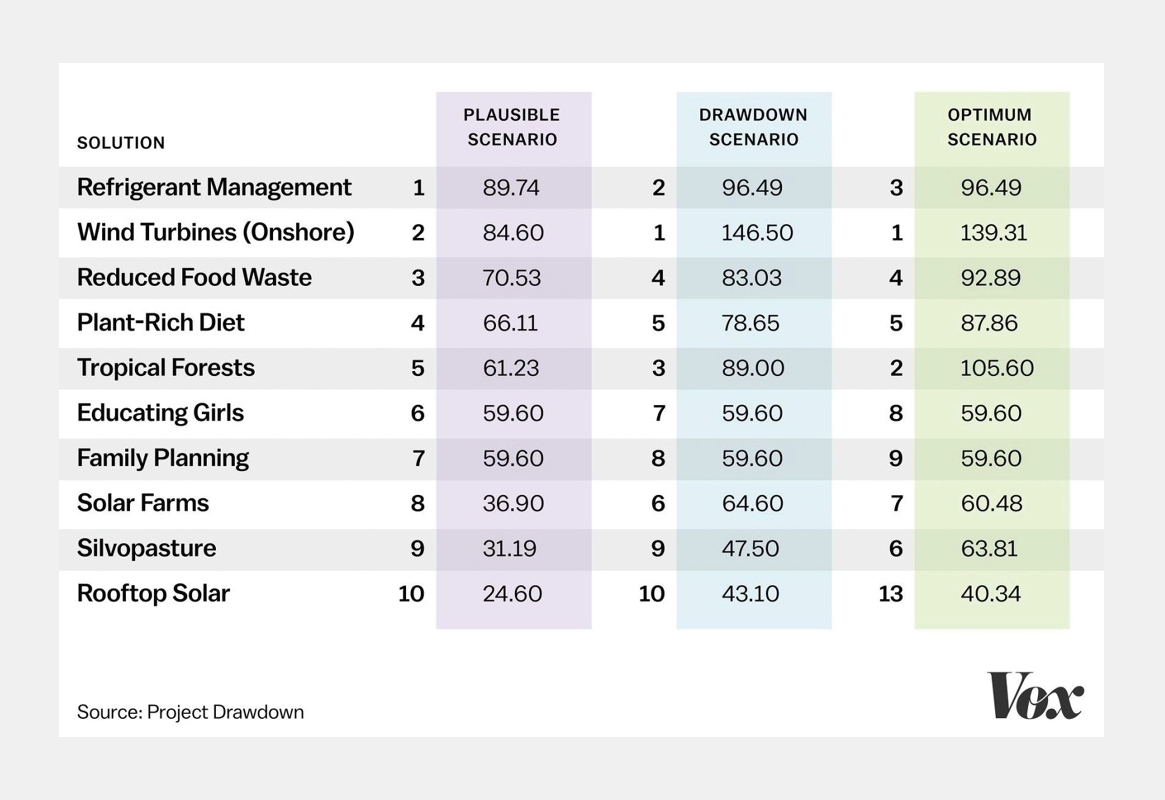
Let's talk about our oceans
Sea level rise
This one has gotten some of the most attention, particularly as islands and cities start to sink or disappear. Our sea levels are predicted ro rise another 50 – 80cm (2 to 3 feet) by 2100. If you live in a coastal area there are now numerous tools to check on the impacts of sea level rise in your region, predictions, flooding and impact. Different locations across the world experience different sea levels for various reasons so sea level rise is not uniform globally. Higher sea levels mean an increased impact when storm surges hit (pushing further inland, and higher) and with climate change creating more intense storms, this can be a lethal combination.
The primary causes of sea level rise are thermal expansion caused by warming of the ocean (water expands as it warms and o ur oceans absorb most of our emissions) and increased melting of land ice, such as glaciers and ice sheets in the Arctic. If all the ice that currently exists on Earth in our glaciers and sheets melted it would raise sea level by (216 feet). That’s highly unlikely in a few lifetimes but if we keep burning our fossil fuels and heading on our trajectory it’s not unfathomable in a few centuries.
Ocean acidification
Ocean acidification refers to a reduction in the oceans pH over an extended period of time. The ocean absorbs about 30% of the CO2 that is released in the atmosphere, and as levels of atmospheric CO2 increase, so do the levels in the ocean. When CO2 is absorbed by seawater, a series of chemical reactions occur resulting the seawater becoming more acidic and carbonate ions to be relatively less abundant. The reduction in carbonate ions is scary when you think of how many things rely on them as a building block – like coral skeletons and sea shells.
Decreases in carbonate ions can make building and maintaining shells and other calcium carbonate structures difficult for calcifying creatures such as oysters, clams, urchins, corals, and calcareous plankton. The changes in chemistry can also affect the ability of certain fish to detect predators, hunt prey and meet mates. Globally this changes our natural order in the sea, affects the industries that rely on shellfish and also millions of people who require this source for their food intake.
Coral reefs & bleaching
Coral reefs occupy about one-tenth of 1% of the ocean floor but supply our marine animals about 25% of their food requirements. With 2 degrees warming we might save a little over 10% of our reefs. With 4 degrees warming we all but lose them.
Phytoplankton
Approximately 70% of our oxygen comes from tiny molecules that exist in the sea making up our algae and kelp. Dr. Sylvia Earle (Mission Blue) has estimated that phytoplankton provides the oxygen for one in every five breaths we take. These microorganisms are responsible for a whole lot. Phytoplankton are consumed by tiny animals, which become food for other small fish, and so on all the way up the food chain to dolphins and sharks. Phytoplankton that isn’t consumed decomposes in surface waters, releasing nutrients that then supports new phytoplankton growth. Other phytoplankton sinks further down providing nutrients deeper in the sea. Lastly phytoplankton also sequesters carbon into the deep ocean. As our oceans continue warming more, the balance in these systems may shift; we’re already starting to slowly see this and it’s going to change the color of our oceans.
Marine life
Our marine life is already heaving under the weight of extreme overfishing, habitat loss and our plastic addiction. To add to it, warming oceans will change species, kill others and have effects we can’t conceive of yet. Some species are already shifting where they hunt and live to account for warmer and changing temperatures. Reproductive cycles are changing. There is also a likelihood we lose species in the deep seas that are yet to be discovered.
Gulf streams, belts & currents
Invisible to us, there are numerous currents and streams that run through the oceans delivering life, nutrients and dust imperative to our, and the ecosystem’s, survival. The Gulf Stream (part of AMOC) brings warms water from the Gulf of Mexico into the Atlantic Ocean. The Great Ocean Conveyer belt moves water around the world. Currently the Gulf Stream is moving much more slowly than usual due to ice melt and warming waters. We don’t know the exact impacts the changes in our currents will have.
By the numbers
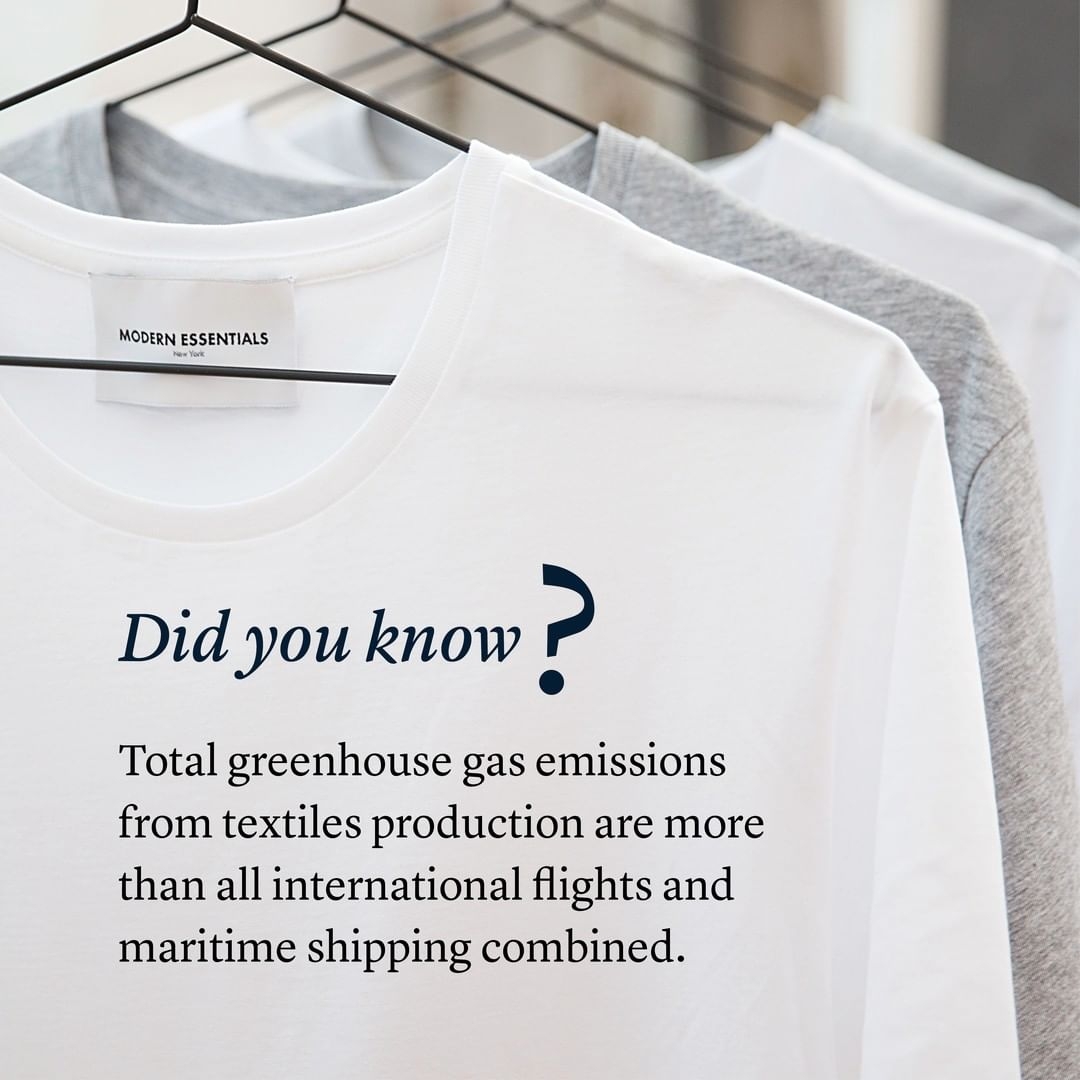
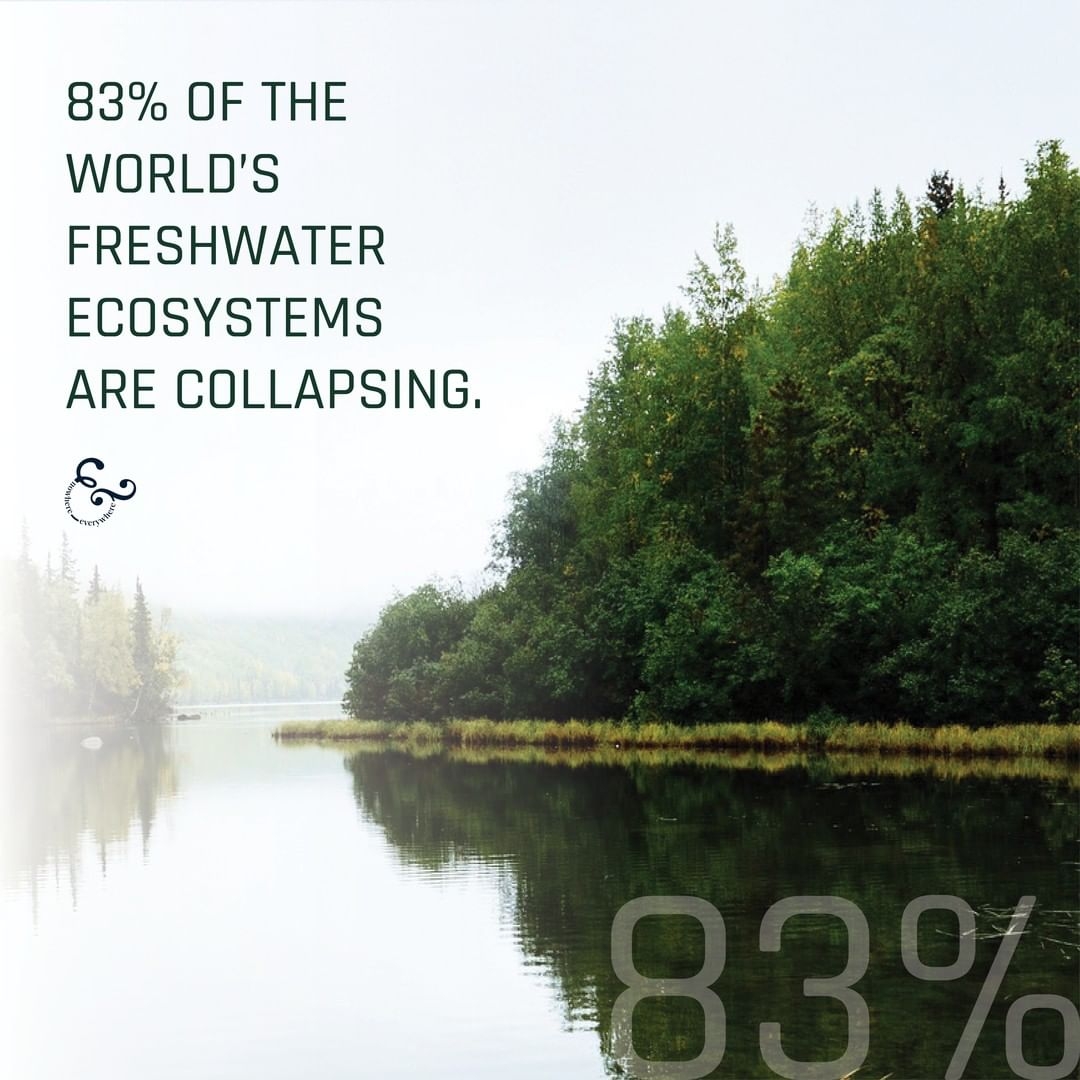
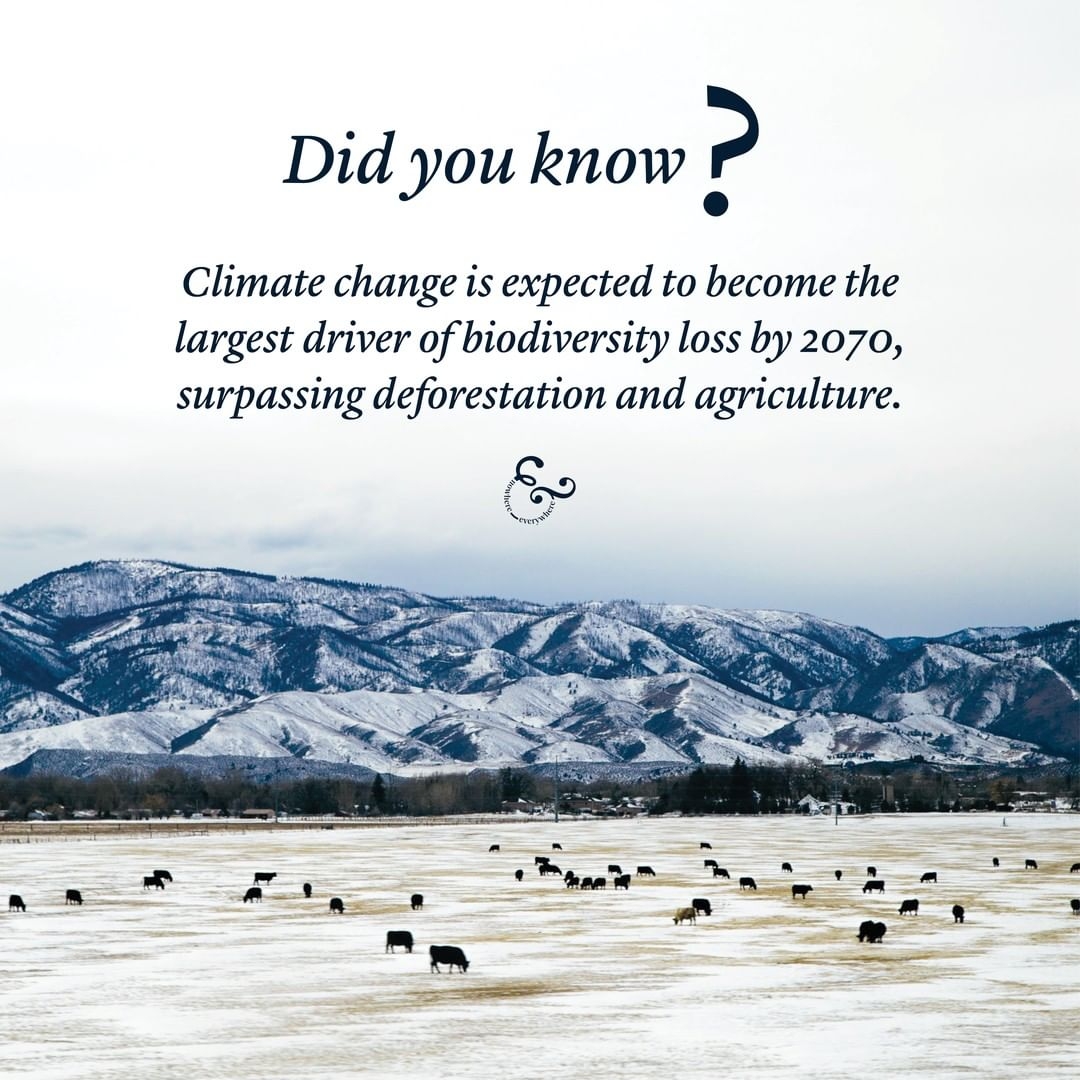
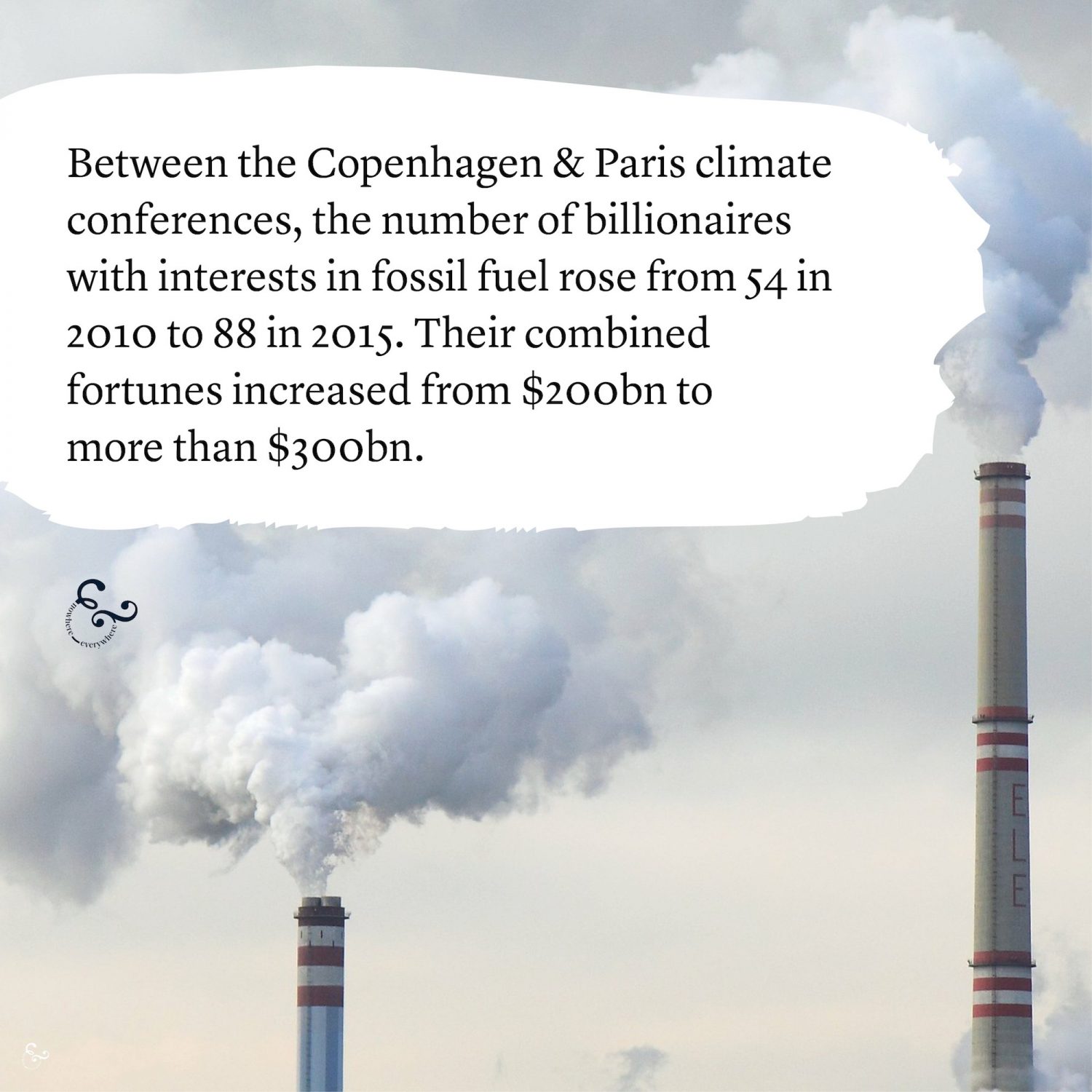
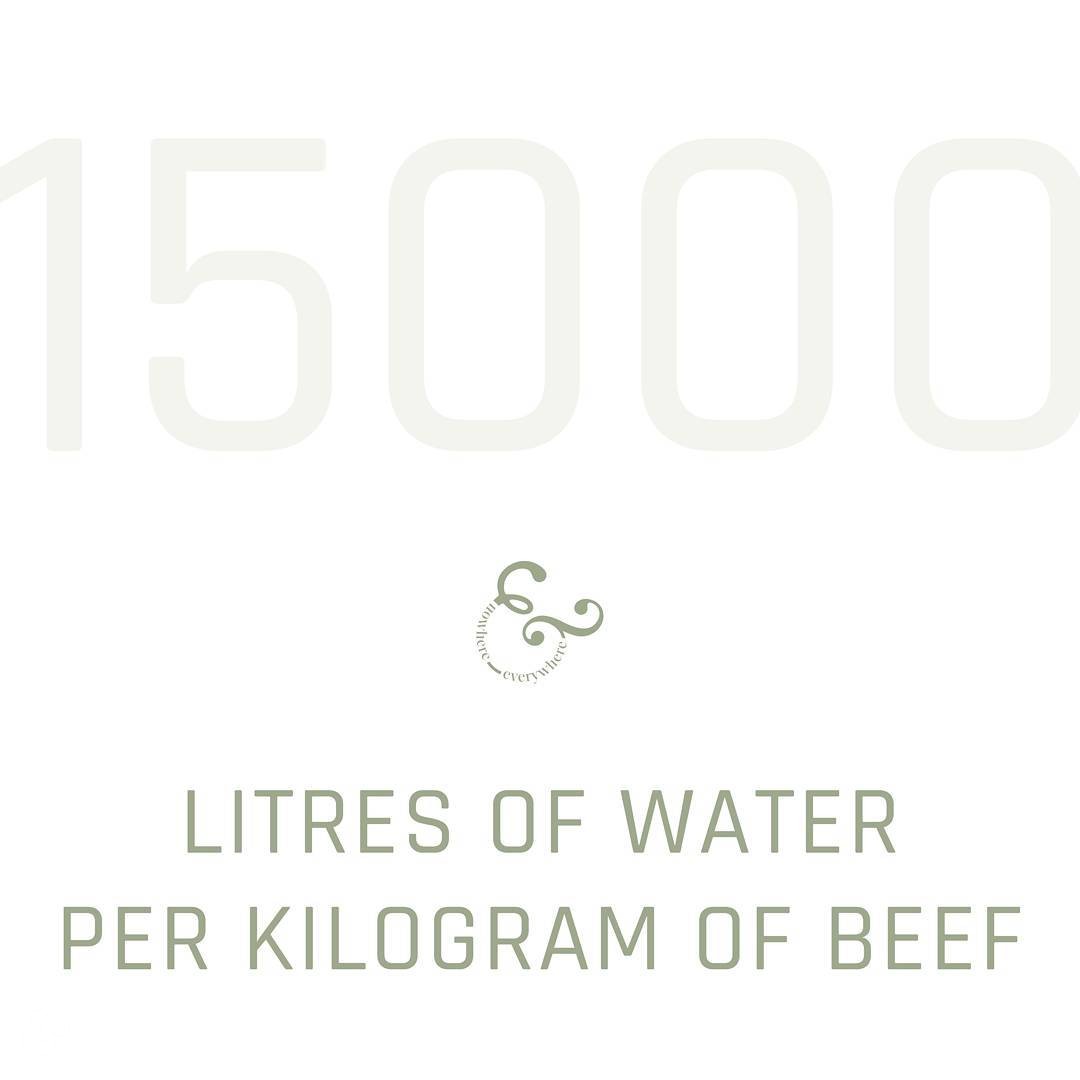
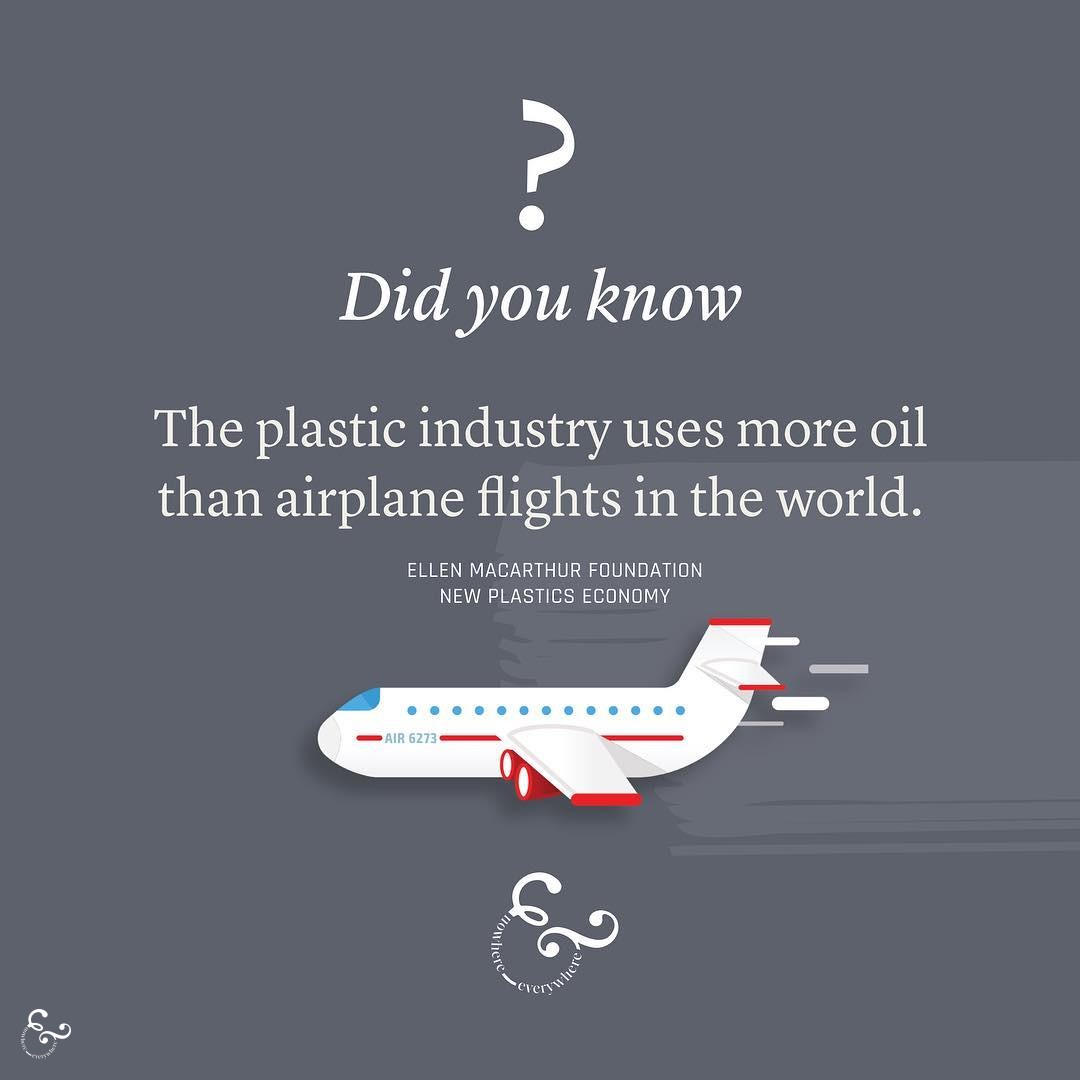
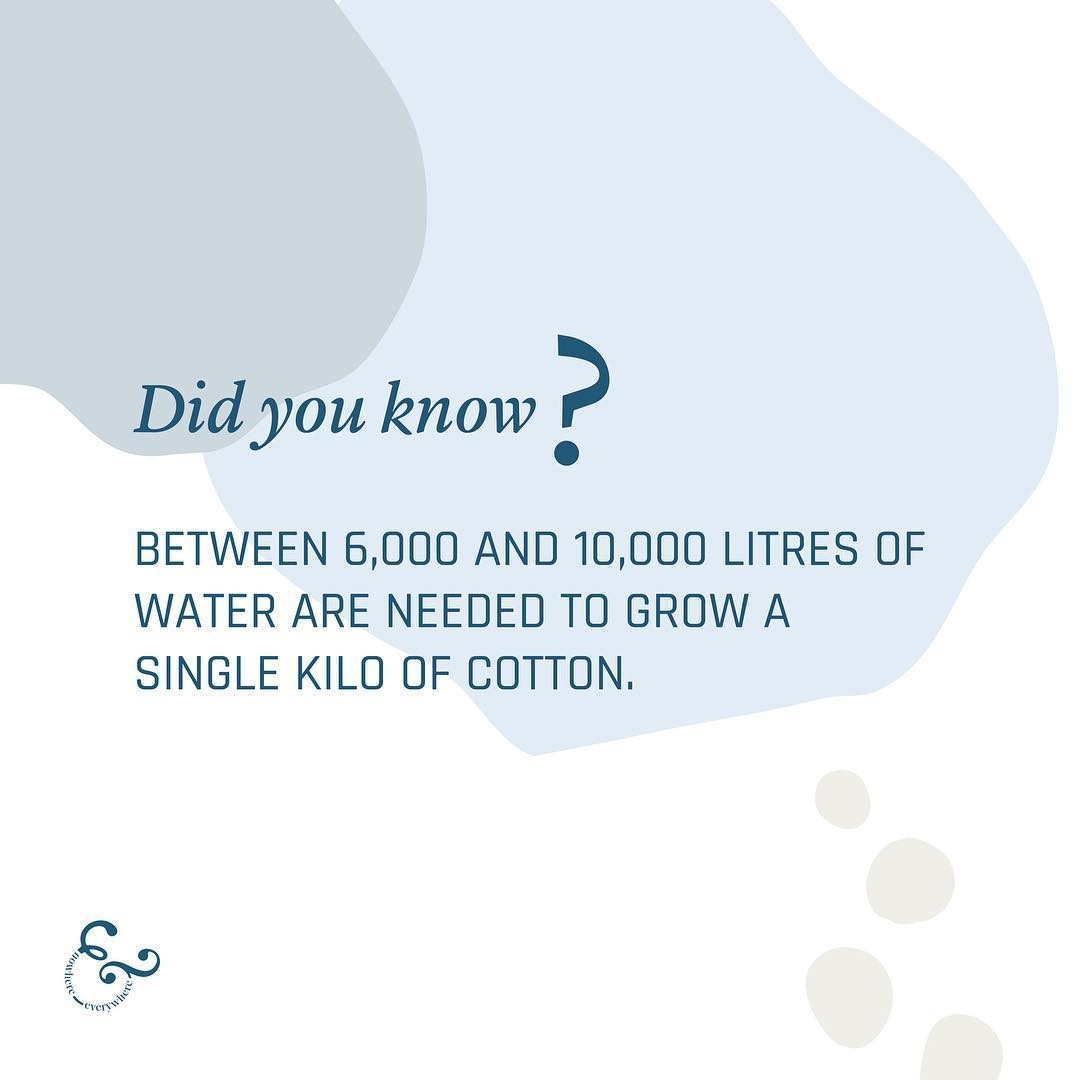
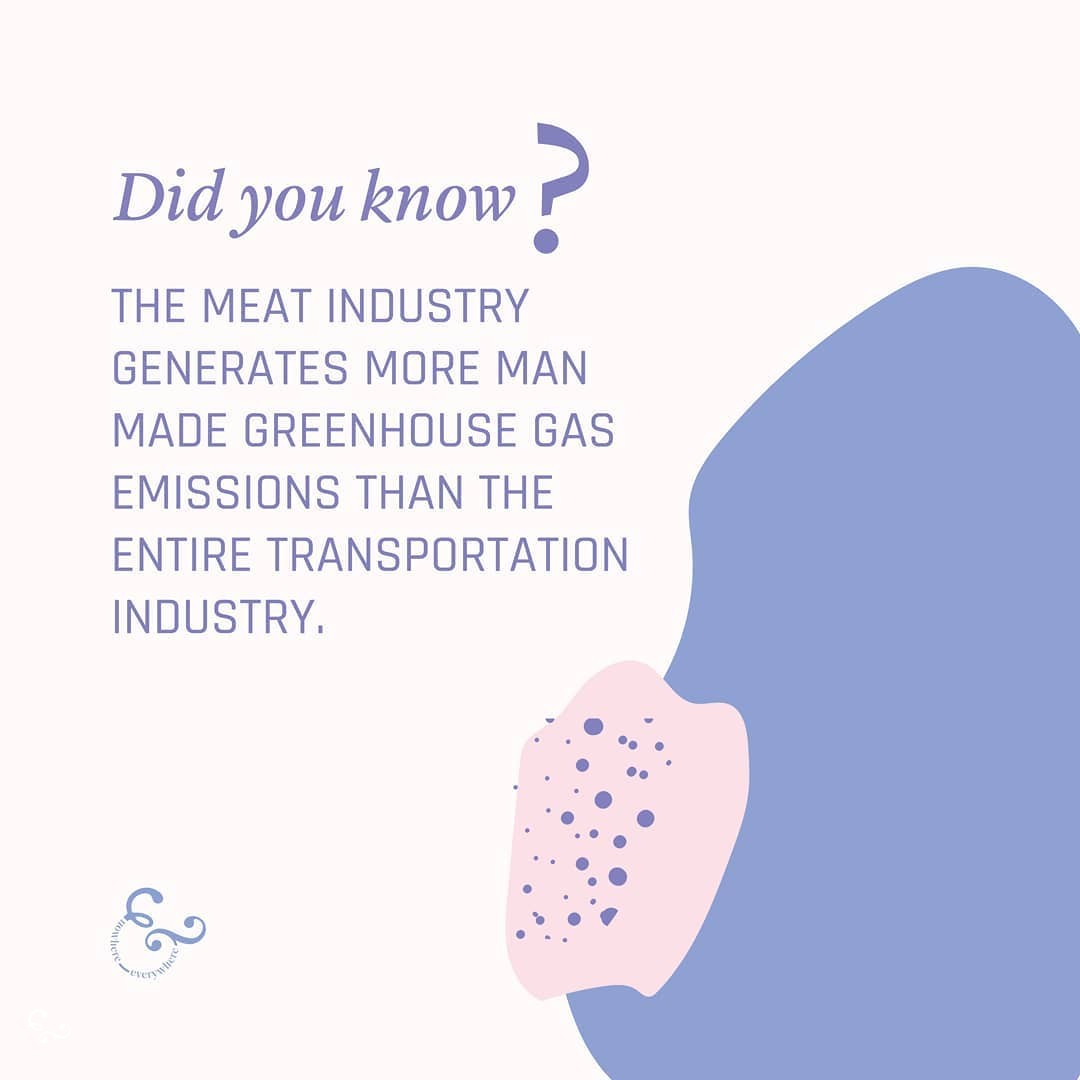
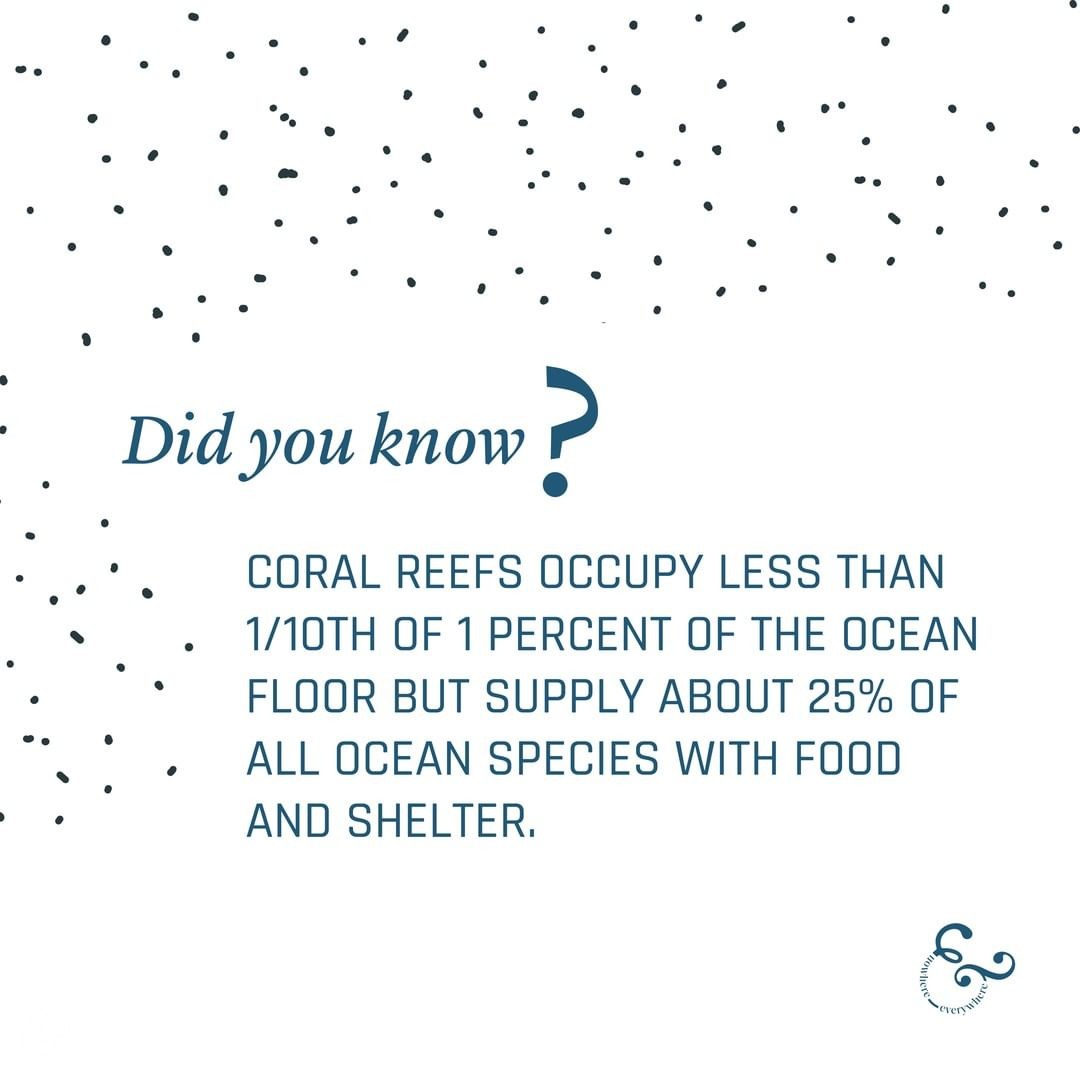
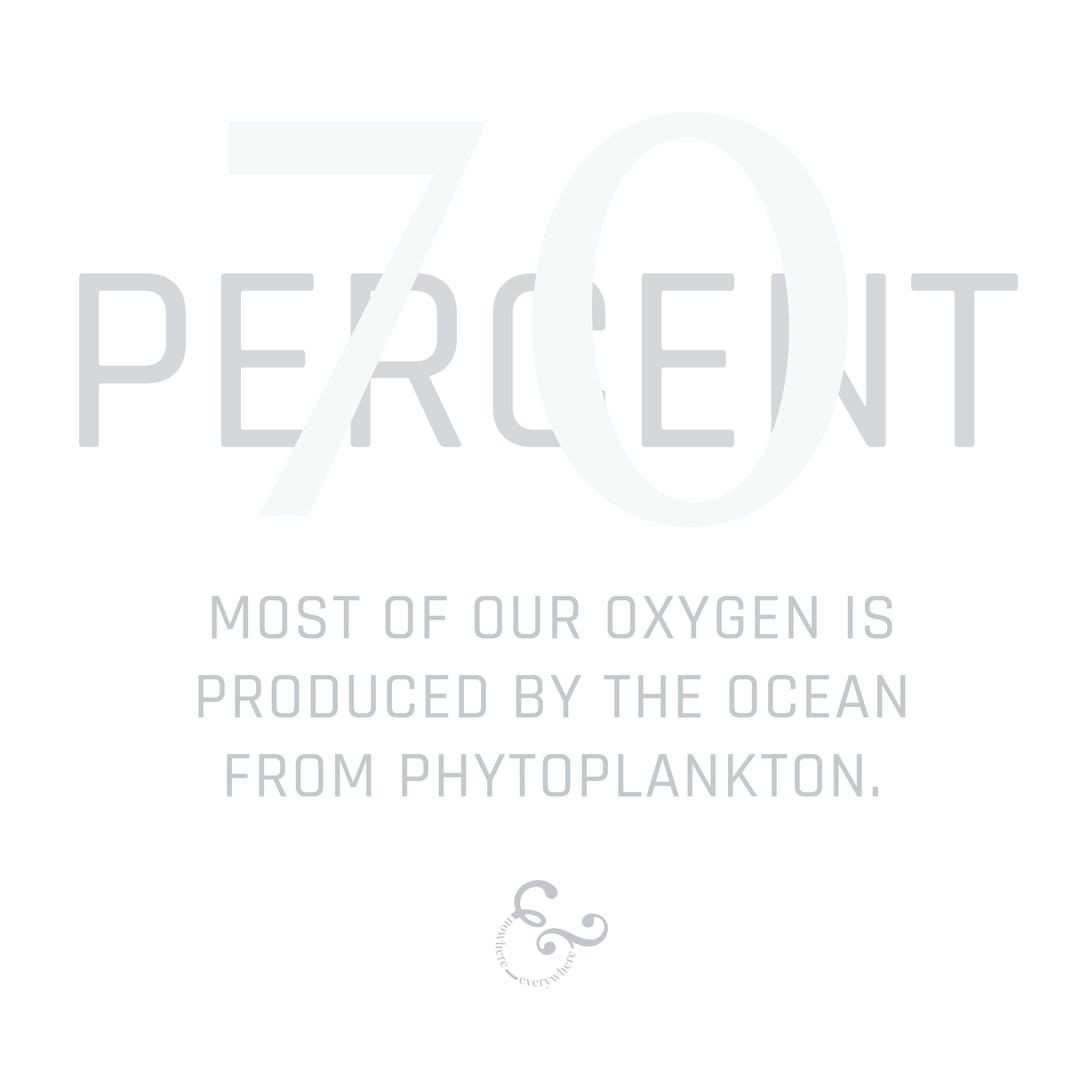
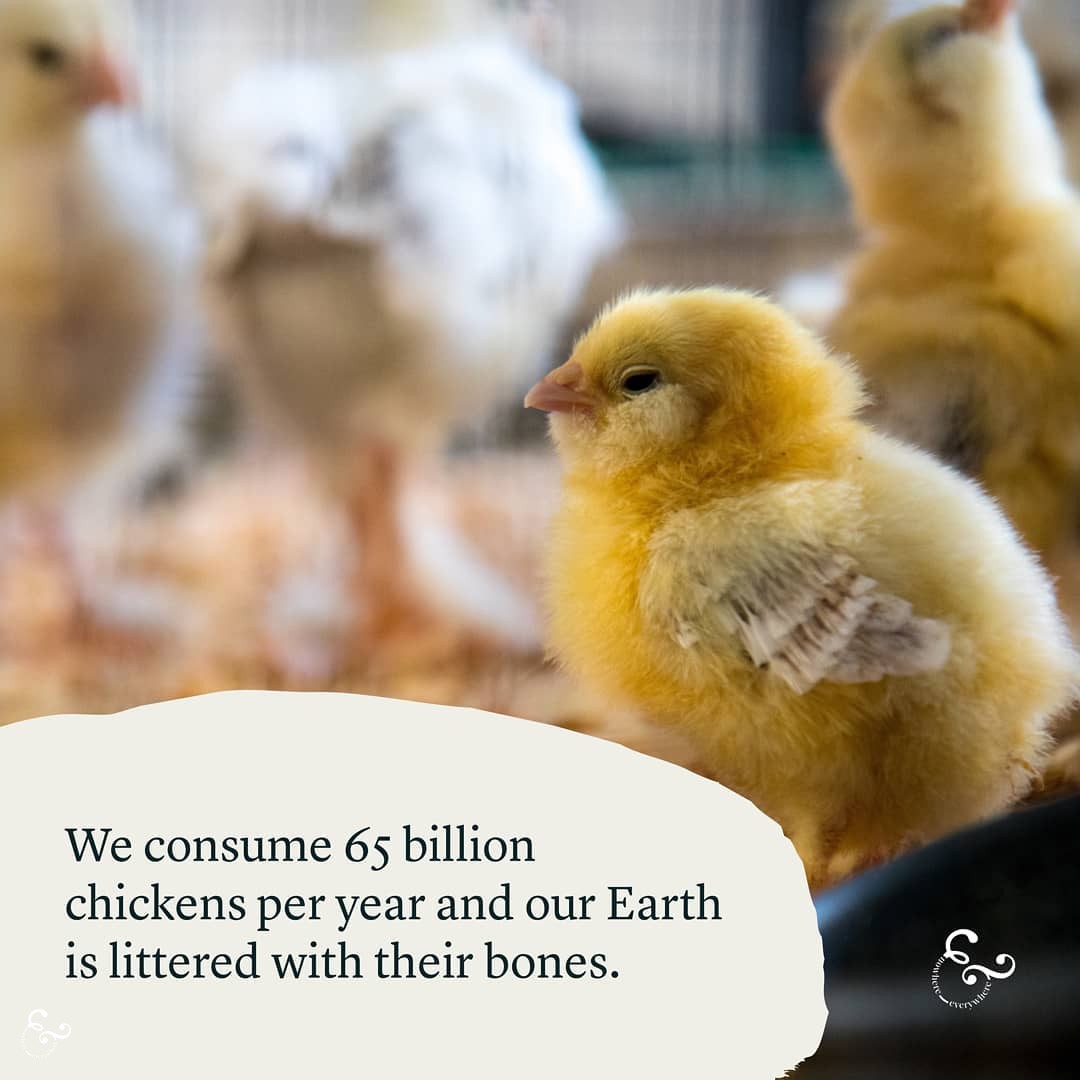
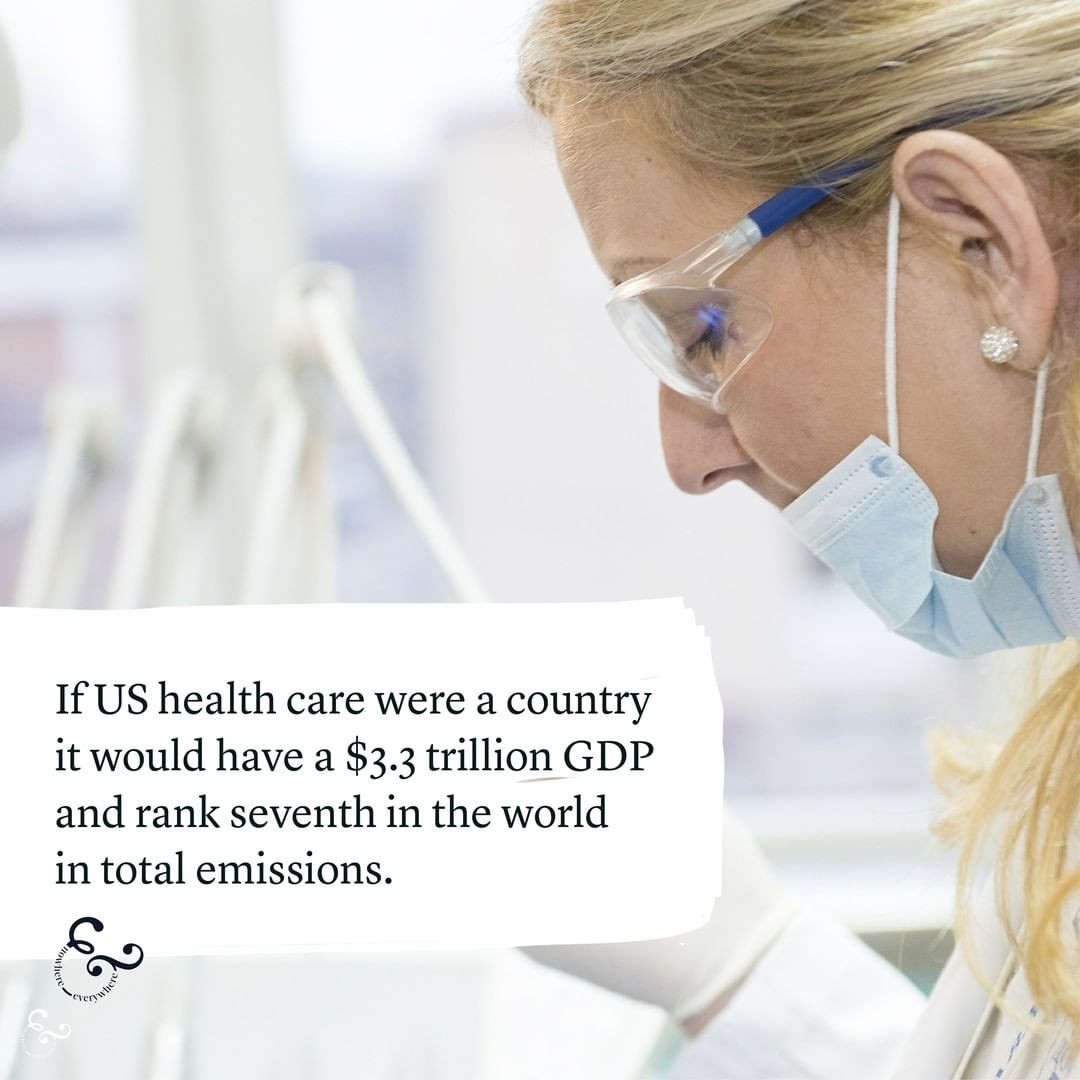
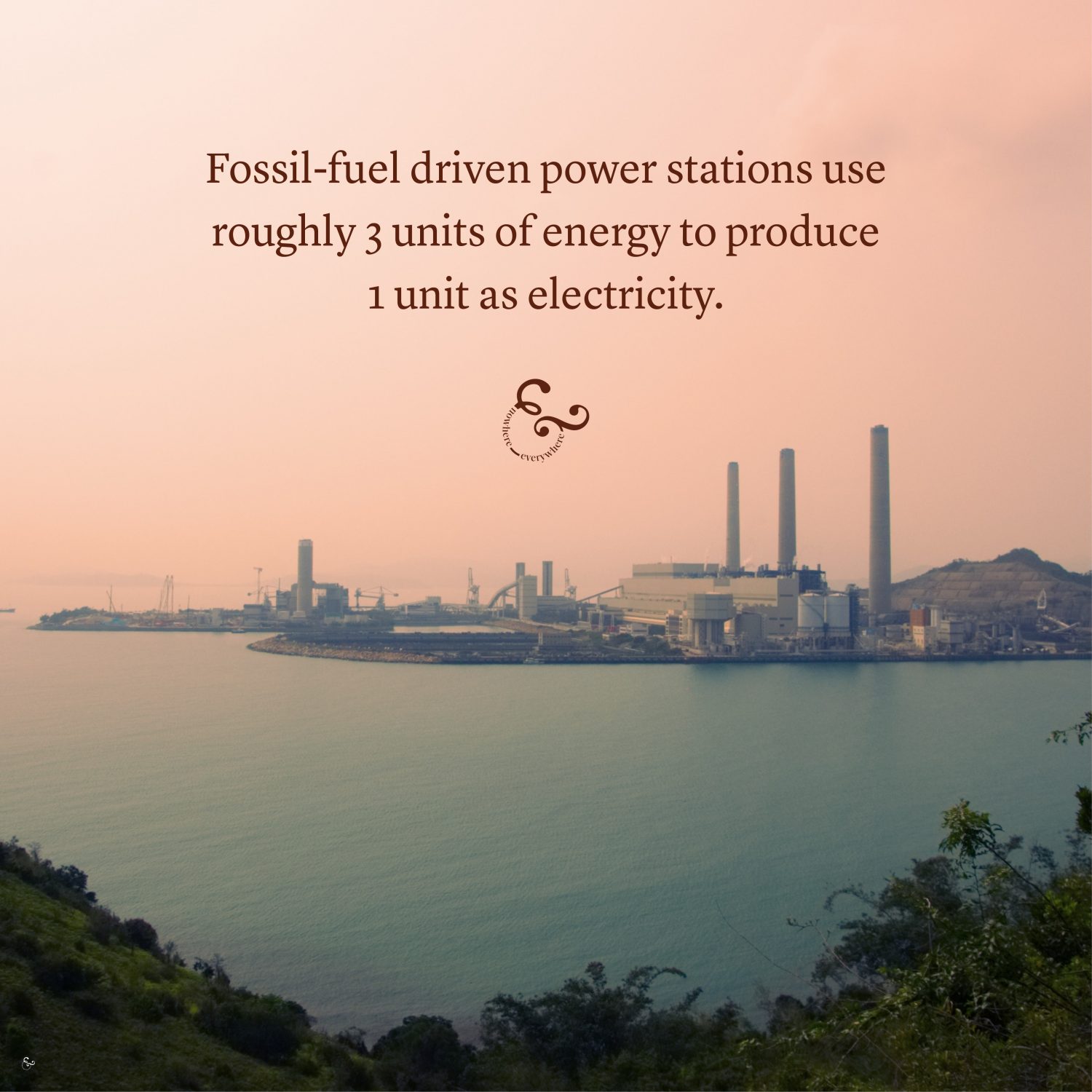
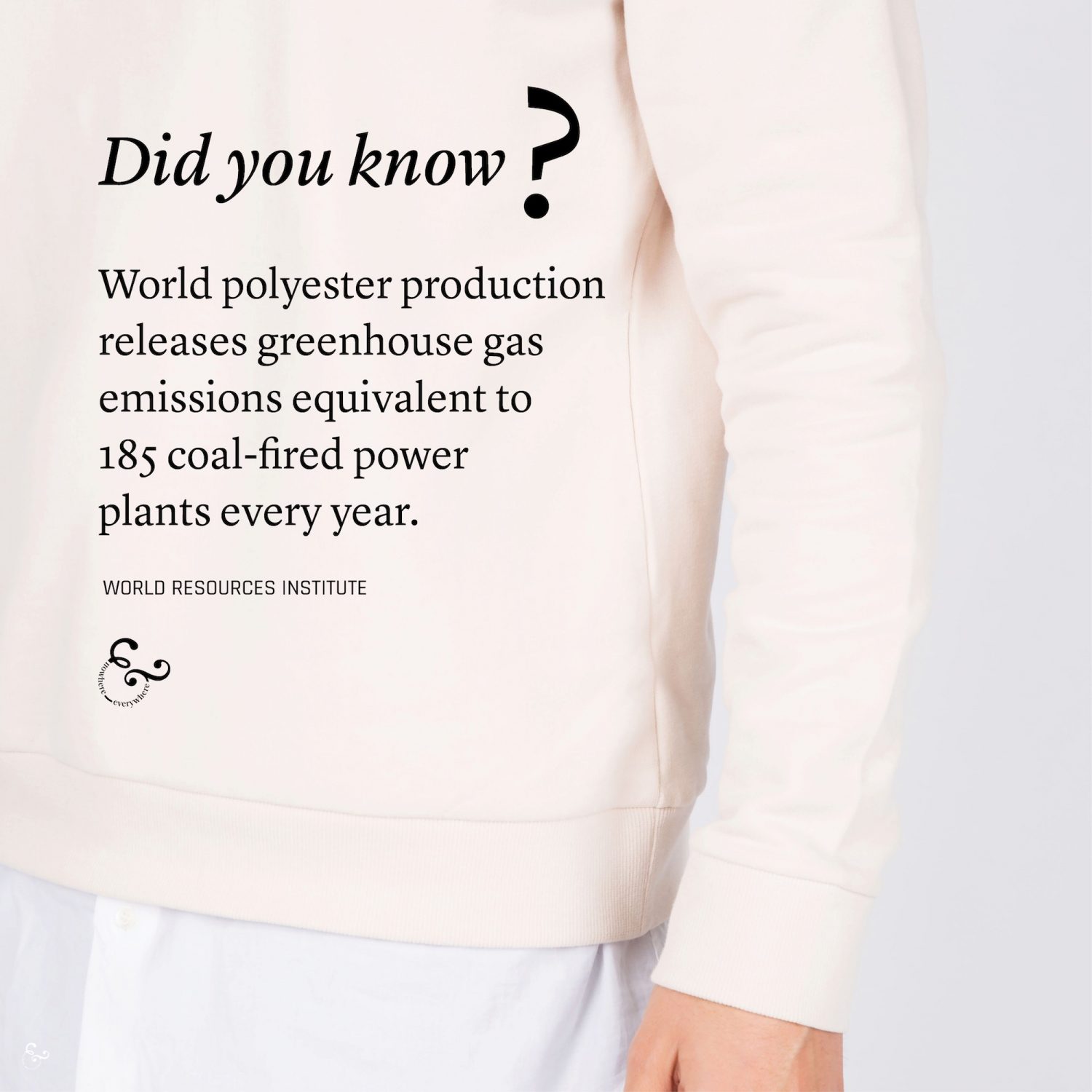
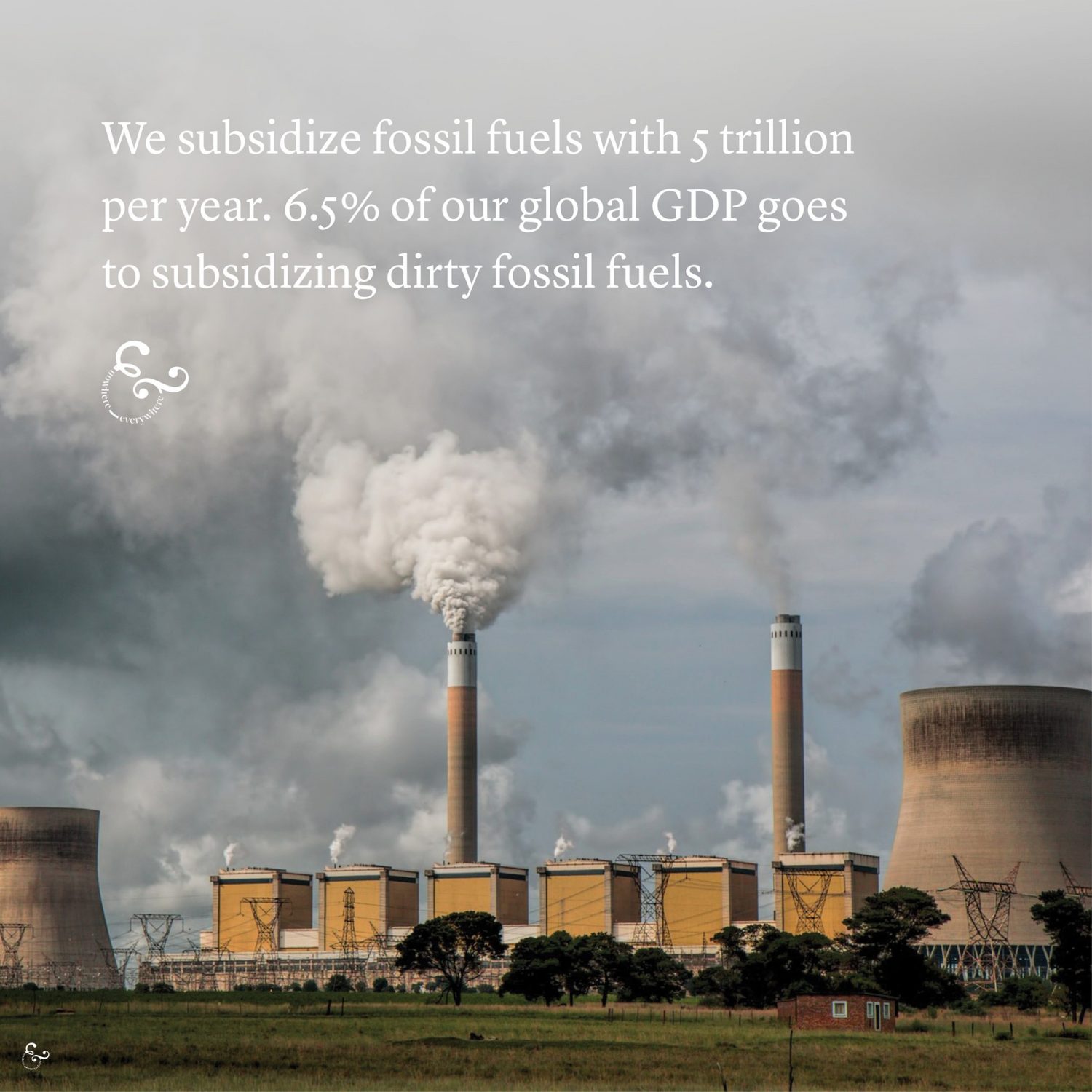
The 8 impact areas of climate change
In his book, The Uninhabitable Earth, David Wallace-Wells highlights the primary areas of concern with climate change. They’re well put together so we’ve outlined the most important ones here. Some are obvious in our competition for resources and attention on sea level rise, others less so. Of course climate change will, and already has in certain parts of the world, lead to climate induced (or influenced) conflict and economic collapse. At our present rate it is not absurd to suggest we are likely to end up in a war over water. Current conflicts have already been made worse by climate change such as the ongoing war in Syria and the problems at Lake Chad.
Heat Death
Heat kills. The summer heatwave across Europe in 2003 killed at least 30,000 additional people with some studies suggesting closer to 70,000. Our temperatures are increasing and our ability to deal with these temperatures will be impeded (let alone the world of animals).
Hunger
Though we have enough food to feed everyone currently, and more a redistribution issue whereby many millions starve or are malnutrition, climate change affects our crops, oil and how we wheat and will change this balance. Some crops respond differently to drought stress and heat stress. Soil is being eroded much faster than the natural replenishment rate.Scientists say that generally for staple crops, for every extra degree of warming, harvests decline by 10% Less food, more hunger. We are already seeing this play out in parts of the world where crop loss is one of the reasons people are being forced to leave. Nutrients in plants and soil have also been decreasing for some time; dubbed The Great Nutrient Collapse. As our population continues to increase over the next 80 years we need to grow more food, rich in the vitamins and minerals we need, not less.
Drowning
If we do not halt emissions now, by 2100 as much as 5% of the world population will be flood each year. We’re already slowly deciding which cities to save. Miami is consistently barricading their shores. China is already evacuating hundreds of thousands of people every summer from the Peal River Delta. And we’d lose a lot of internet capability (something that might make us care!).
Wildfire
Deforestation accounts for about 12% of carbon emissions and forest fires produce much more (trees absorb carbon which they then release). Forest soils absorb methane but in the past 30 years this has decreased by 77%. The wildfires in California were fuelled by the impacts of climate change in 2018 and charged through the state. That same year the Arctic Circle in Sweden went up in flames. By 2050 wildfire destruction is expected to double and in places like the States it might be a 5x increase.

Human-made Disasters
We have always experienced storms and weather changes but none so heavily influenced or created by humans. Nowadays storms are increasing and are more severe. According to the European Academies Science Advisory Council, storms have doubled since 1980 and this new report details our increase of disasters.
Freshwater Drain
It’s crazy to think about, but on this very blue planet of ours, we only have about 2% freshwater on this planet and barely 1% of that is accessible to us (the rest is mostly in glaciers). By 2040 global water demand may already outstrip our supply by 40% (most of this is used for agriculture and then industry).
Dying Oceans
Our oceans are already losing life in many ways. Our coral reefs are bleached and hit hard by warming events. Our marine life is routinely killed in fishing by the trillions and now turn up everywhere filled with plastic. But more than that, climate change is changing how our oceans move and how we breathe. The Gulf Stream has already slowed 15% likely causing the sea level rise on the US East Coast. The Atlantic Meridional Overturning Circulation has slowed to the slowest rate in at least 1,500 years; 100 years ahead of what scientists had predicted. Warming seas will kill many species and, given we rely on the ocean for our life, we don’t know what is coming.
Unbreathable Air
When C02 climbs to increasing levels our cognitively ability decreases. When droughts increase, our air quality decreases. The hotter the planet, the more ozone smog. More than 10,000 people die from air pollution each day already according to the WHO, largely driven by industry pollution. In 2013 the melting Arctic changed the weather pattern China was reliant on and blanketed the country in smog. 1.37 million people died from it. Pollution has also already been linked to increasing the risk of Alzheimer’s disease.
Pandemics
We know that warming climates can bring on pandemics of diseases like malaria and dengue fever. What we don’t know is how the millions of bacteria inside our bodies will react to warming. Will any one transform and become dangerous? We know we can link schizophrenia to virus exposure, and mood disorders to warmer climates. Will exposing years of bacteria frozen in the ground now thawing open us up to anything new (or old)? What else will happen? Mental health will take a hit.
Climate feedback loops
Scientists classify feedbacks in the climate as processes that either amplify or diminish the effects of the change. A feedback that increases the warming is called a positive feedback loop. NASA gives more information on the breakdown of them here.
There are multiple climate feedback loops that area already occurring but generally this is one of the most unknown areas of climate change; just how much these feedbacks will impact our future trajectories and where they will take us. A simple feedback loop we do understand is our warming world creating melting Arctic ice which, aside from melting permafrost releasing suspended carbon and methane when thawed, means there is more soil exposure and brown ground leading to less sunlight reflected back to the sun and more absorption. The ice melts further into the ocean which darkens and absorbs even more heat and so our collective warming increases further. That additional warming likely leads to ice free Arctic summers which can then set off a whole chain of alterations in a way we cannot yet fathom or predict. One of the most urgent of these is the bacteria and diseases that may be released or developed.
Recently there was a different study; this one about cloud formation and those that shade large parts of the ocean, breaking up. If we get to about 1,200 ppm of carbon (much higher than what we have now but conceivable in the next 100 years) we would entirely change the natural system for cloud formation. The study shows we would trigger rapid warning by adding 8 degrees of warming to the system. By 2100 we are currently likely to be between 4 and 5 degrees so we’d quickly shoot up to 12 or so. These things are highly unpredictable and they are the unknown unknowns.
Stay informed
We only send out awesome, helpful environmental emails every two weeks and never spam. You can unsubscribe at any time.
Climate justice
Climate change isn’t just an environmental issue; it’s also ethical and political. Those on the front line of climate change, those who will carry this burden the most, are vulnerable communities. Developing nations, low-income communities, communities of color and Indigenous peoples. Right now, they are already suffering. We have seen it in Cambodia where we work. We see in in the news. We hear it in the voices of those without any other option.
Environmental racism is entwined with climate justice and there are examples everywhere. In research published earlier this month in the Proceedings of the National Academy of Sciences, it highlighted people of color are exposed to higher levels of air pollution than what would be expected based on their own rates of consumption (our consumption is a contributor to climate change). The study found that Hispanic people breathe in 63% more air pollution than caused by their own consumption, whilst Black people are exposed to about 56% more than they cause. As for white Americans, the study found they breathe in 17% less air pollution than they cause. This is a theme that happens everywhere.
It is unjust to ask developing countries to stop their fossil fuel usage whilst moving out of poverty like we all did, simply because we have now decided it is detrimental to us to continue it, without acknowledging this and investing heavily in alternative, renewable, sources of energy in those countries (and equally in encouraging forest protections programs etc). Our fossil fuel usage, mining and logging (along with a significant amount of unethical & enslaved labor which we will still rely on) is what enriched us to the lifestyles we all lead now. Is it fair to let developing countries languish and suffer the harsher impacts of our actions? Of course not.
When addressing carbon budgets we also need to start acknowledging that because of the greater amount of resources used now, developed countries get a much higher “budget” to work our way to holding at 2 degrees. This isn’t just. Even distributing the budget evenly amongst us all doesn’t account fairly for historical emissions. If we wanted an equitable system, industrialized countries would have a far smaller carbon budget. That said, if we reduced our emissions budget to be at least shared equally, then future emissions would fall significantly faster as developed countries would need to transition much quicker from where we’re at right now and the pace we’re on (which is actually increasing).
We recognize that there will be no climate justice without addressing racism and sexism. Climate change affects women more and women can be the leading driver of positive solutions and change. Climate change takes hold of many of the issues we have yet to resolve including poverty, inequity, colonialism (both our history, we are not post colonization, and neo-colonialism) and our economic model of capitalism. This task is a massive undertaking and action on climate change itself cannot be separated out from these issues unless we ignore who will survive & who won’t, or focus solely on undeveloped technologies that might save, or kill, us all.
Who has to reduce the most emissions? Where will the renewable infrastructure be built? Who should benefit first from this? Where will the jobs be created? Should we transition people to skilled jobs in the green energy sector? Who owns it all? Which species do we decide to try and rescue (from ourselves) and which we will let collapse? Does it matter that one means more to a sub-group of people than another? What about the benefits of biodiversity or land usage of one species compared to another? What do we do when communities can’t afford to save their forests from our mining companies? What about households that can’t install the new tech? What about coastal cities that don’t have the wealth of America’s elite? Do we let them drown? What about islands we have holidayed to on luxurious vacations most people can never afford that are sinking; will we protect the people and animals we benefited from for pleasure? What kind of farming are we going to allow or not? Which communities will this impact most? What diets will we shift too? Who does this most affect? What cultures, traditions and nutrition are we gong to be prepared to lose? When floods, fires and storms destroy hundreds of thousands of homes, which do we rebuild first? When lower-economic communities do not have insurances that in the past they haven’t needed (or don’t have due to our structural failures), who will pay for the destruction of their homes, for issues to which they contributed least? When hospitals are inundated with bacterial diseases and sickness, who will be treated first? Will industrialized countries, who have grown their wealth off the exploitation and resources in developing countries and through slavery, protect those that gave them their step up?
Removing social justice from climate change can only happen if you are a person in a position of high privilege. It’s on us all to incorporate these and we have nothing to lose by doing so. Either we all survive as much as humanly possible, we all die, or the global elite save themselves – and then likely perish not too long after on a burning planet.
A note on Indigenous peoples: As a world we haven’t been great in our treatment of First Nations people (a large, heavy understatement). We live and work on stolen lands. We exploit these same lands. We often demand them, and from them. Aside from the very clear human rights abuses, losses of history, culture, connection, and ethical issues, Indigenous peoples protect their land better than us. In Australia, First Nations People live sustainably on the land and work with it. In the Amazon, Indigenous tribes are one of the clear reasons the entire forest hasn’t disappeared yet. In America & Canada, native peoples are demonstrating their rights and protections of their land against new oil and gas pipelines encouraging public interest and conservation. We are now slowly deciding this has some value. Only once it benefits us do we acknowledge this. That’s not right, and we need to listen far more. We also need to ensure as we move on that we give greater protections to Indigenous peoples; it shouldn’t be part of the reason to factor in, but, it is also imperative to our survival.
Climate refugees
Lis has witnessed forced climate migrants where we work in Cambodia. We’re close enough to the border for trucks to guide people over in the darkness. In 2014 the Kiribati President, home to many islands of 110,000 people in the Pacific, began buying land in Fiji for when it all goes wrong. People in the Pacific will face some of the worst impacts from climate change having not contributed to the problem. The Pacific Islands collectively contribute only 0.37% of greenhouse gas emissions (0.01% if Papua New Guinea is excluded). They’re preparing for the more likely situation they won’t be able to survive where they are. Island nations have called world warming by over 2 degrees genocide.
The UN currently estimates we may have up to 1 billion climate migrants by 2050, moving either within their countries or across borders, on a permanent or temporary basis. 200 million climate refugees is the most widely cited estimate. If we continue on our current track, we could indeed be faced with 1 billion displaced people over time; depending on where you live this could include you, or us.
Though most bodies recognize that climate change is now causing refugees, it was only in December 2018 that a first legal document was created (though voluntary). Leaders from 164 countries formally adopted the UN Global Compact for Migration. The United States, Australia & a few other countries, selected not to adopt the framework. To be clear, this will not stop people who are fleeing from climate disasters or who can no longer feed themselves or their family or have been driven out of work. Humans are built to try and survive. If you or your family was in the same situation, you would do the same. We all would. Climate refugees will come mostly from the places that caused the issues the least. It is our responsibility to accept we were the cause of this problem and urge our governments to create empathetic policies, homes and help.
Our capitalist system
In 1930, John Maynard Keynes suggested we would be working 15 hours a week within a few generations. Nowadays, we work more than ever, we buy more stuff, depression & anxiety have skyrocketed, our addictions have found new heights, and we are destroying the Earth at an unprecedented pace. This is what our capitalism and a growing world of technology has done for us. Even for the many of us with low consumption habits and no chance to own a home, multiple jobs are required to make ends meet simply to continue living safely.
This subject requires realms of books, studies, articles & podcasts, and will likely garner decades more of debate. By then of course, it may be too late for any change but we will say right now that capitalism, in its current model, will not see us through. That doesn’t mean capitalism can’t exist or that it isn’t the best model of all, but that in the current structure, it is not working in a way that is fit for most, and for our survival. An Earth without an environment leaves no room for an economy. Currently, we rely on consumption to increase each quarter for our economy to grow and Wall Street, and governments, to remain happy. We need so-called philanthropists to pick concerns they’re passionate about (whilst we hope these are some of our own top priorities) and decide to help resolve them. Often these same people contributed to global disasters in their day-jobs (including climate change, biodiversity loss & deforestation) whilst being revered in their philanthropy. Capitalism gave us those multi-billionaires and one hundred companies who destroy the world and control the strings to do so. Capitalism did indeed pull many of out of poverty and into wealth. It did so on the back of exploiting others; their labor (often servitude & slavery), their lands and their own resources.
Journalist Anna Pigott said it best by stating capitalism is not permanent nor inherent to our human condition. The current focus on the renewables sector and “sustainable” products will also likely not lead to a world where the environment is protected and our biodiversity, and our own lives, are preserved. Green growth in many matters is an illusion and often not sustainable or ethical. Yes we need some of these things. Yes, many of these things are not perfect but a little better than our current standard. No, an economy based largely around a revolution in “green” technology and products will not save us from ourselves. We cannot consume our way out of this. We need to decide what shape we want our economy to take. We need to collectively talk about what the abstract economy even is and means to us. We need to decide what we value most. We desperately need something better than what we have now.
Very recently, New Zealand has followed the lead of Bhutan (who prioritize national happiness levels) to start thinking outside of purely a focus on Gross Domestic Production. Instead the country has replaced it with the Wellbeing Budget. It outlines five wellbeing goals, with one being a low-carbon economy and another supporting Indigenous peoples.
We don’t know exactly what the better alternative is right now (other than we at the least all need extra time in our weeks so we can live more sustainably and not work multiple jobs to survive). George Monbiot phrased it well by stating that you do not have to produce a definitive alternative to say that capitalism is failing. Just as veganism or zero-waste, capitalism itself does also not need to be absolutist in its approach (as it is now). This isn’t an economist’s guide to climate change. But that’s partly the problem. Climate change is huge – it covers nearly every facet of our lives and structures we are yet to address or reconcile. There will always be problems. We need to decide which are the better problems to have.
Renewables
When we talk about climate change we spend a lot of time talking about renewable energy technologies. Commonly these refer to energy collected from natural resources like sunlight, wind, water, tides and geothermal heat. The 2019 Global State of Renewables Report showed the transitions to renewables in the electricity sector was well underway. There has been little movement in heating, cooling (both making up 51% of global energy use) and transport (32% of energy use) though which draw the most of our fossil fuel emissions. Renewable energy won’t fix all our problems but it will go a long, long way in reducing our carbon emissions and helping us create a more sustainable and circular economy.This is probably one of the most exciting spaces in the climate change movement to be a part of and it’s one politicians often concentrate on as it can create jobs and transition people away from fossil fuel production.
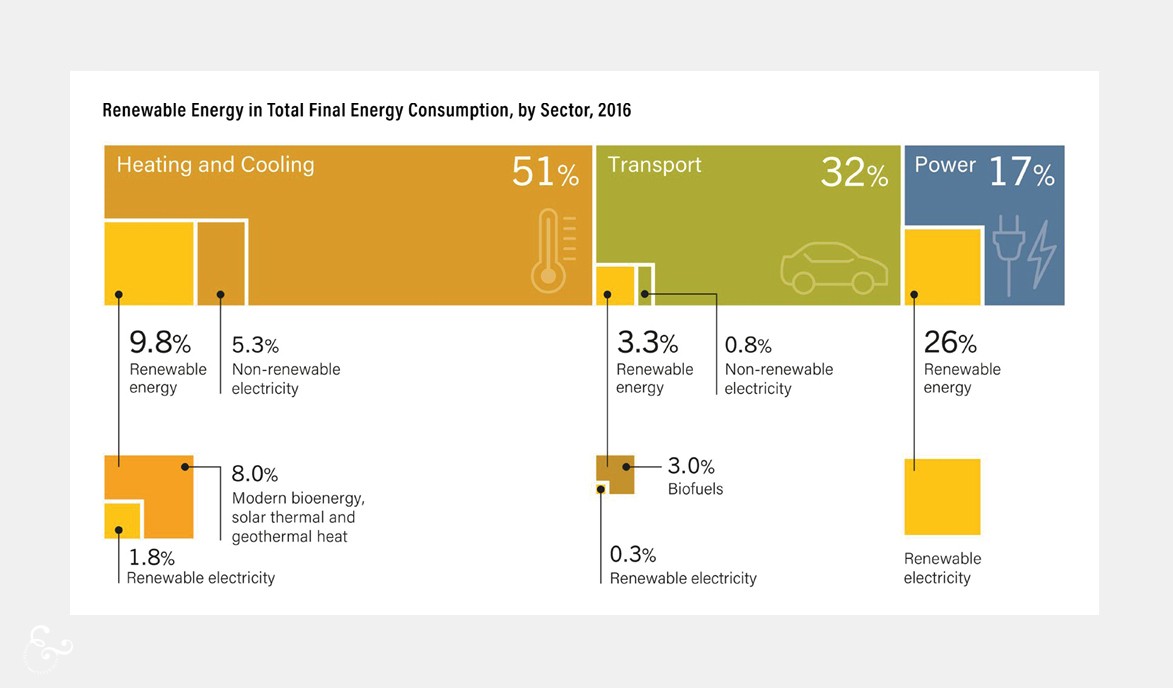
They’re angry. And terrified.
The kids are not alright
They’re on the streets marching and scared. They do indeed face a scary future (as do most of us under 50). Greta Thunberg from Sweden leads the charge across Europe having turned out students across the world to march and activize. In America, Juliana vs United States is a case by students under 21 to sue the government for access to a safe climate. It is currently going through the courts. There is also the Sunrise Movement of young people in the States, and in the Australian Youth Climate Coalition supported also by the Indigenous youth climate movement Seed Mob. Extinction Rebellion also has a youth chapter. If you need to be inspired or want to be hopeful, the kids are a good place to start.
On the other side, many of us are also starting to ask ourselves if morally should we be having children? If you are privileged with access to family planning, in an overpopulated world is it ethical to have children if the actions by us, and the children we have, are condemning other families and children to suffer more than ever so we can benefit? These are complex topics that run deep into peoples emotions.
More for kids: we run a sister project at Skwoodle Kids that educates kids on climate change and the impacts on our environment along with other social justice issues.
“We are borrowing the Earth’s future resources to operate our economies in the present. Like any Ponzi scheme, this works for some time. But as nations, companies, or households dig themselves deeper and deeper into debt, they eventually fall apart.” – Mathis Wackernagel, Co-founder of the Global Footprint Network.
Actions you can take right now
First and foremost we all need to immediately become heavily and actively engaged with our political system and governing structures. We all need to know the name of every local mayor, council person and senator, the names and positions of the people above them at state or provincial level and those at the federal (national) level. We need to vote. At every single opportunity. We need to call them and email them. We need to take control of our politics rather than letting it control our future. We need to push for decarbonization and carbon taxes. We need to massively scale down the fossil fuel industry. We need to be onto companies constantly. Shareholders need to be pushing for this rather than profits. These investors need to be held accountable for what they support. Those major emitting companies need to be held financially and socially responsible for their impact and they require fast paced, structural change. Join local protests, show up for movements, learn how to organize & be an activist.
On an individual note, if you live in a developed country with an average income or higher, then we all need to bring down our consumption levels considerably. That doesn’t mean we need to live “worse” than we do. It does mean we need to purchase and consume far more consciously. Nobody actually needs such massive houses. Nobody really needs to fill them up with stuff. No child required 137 plastic toys. We certainly don’t require gas guzzling SUVs or 4WDs even if you’re bringing kids to school. There is no need for multiple television sets or upgrades to kitchen equipment and electronics every year. We really need to get our act together on this. We highly recommend switching off from most things with blatant marketing. That is, no more commercial TV that are required to profit from direct ads. No buying magazines filled with adverts to make us feel bad about ourselves and sell us stuff we don’t need. Download an ad blocking tool on your browser. Then, take ownership of your goods. Let’s make materialism all about how well we look after our items and how long they last. If you don’t need a well cared for item anymore, pass it on. Sell it. Donate it. Landfill also creates plenty of greenhouse gases and most of our products needed fossil fuels, mining or deforestation to be made. That’s resources we have purposefully damaged the Earth for only to be thrown out and create more harm. We have a checklist right here you can download before purchasing goods.
As per the data, the biggest thing you can do yourself is to reduce your meat and dairy intake significantly. You don’t need to be a vegan. Indigeneous peoples eat meat sustainably and millions of people survive because of it. Perfect veganism doesn’t exist anyway. That said, most people in industrialized countries really need to cut back and understand how the agriculture industry is contributing to our destruction and how our increasingly wealthy population heavily impacts this.
There’s plenty of other things we can all work toward that collectively have a big impact; reducing our plastics, switching to renewable energy at home, replacing appliances at end of life with energy efficient ones designed to last for the remainder of your time, taking far more public transport or riding and walking everywhere etc. These are all great and we encourage taking personal responsibility and focus on these but they also take time and require billions of people to do them so let’s make sure we also petition our states, countries and companies to do way better and act as if this is indeed a crisis.
People to follow
My new post: A deep dive into Oregon’s big climate legislation, which is poised to pass some time this month. It will link the state to California’s cap & trade system and use the revenue for a rolling series of investments. Important, wonky stuff. https://t.co/zJ7pC1PQKo
— David Roberts (@drvox) June 5, 2019
Trump admin censoring climate science puts us in extreme danger‼️
— Dr. Ayana E. Johnson (@ayanaeliza) June 8, 2019
Censored testimony: Climate change is “potentially catastrophic” — undermining “food and energy supplies, the global economy and domestic stability.”
Ignoring only makes it worse.https://t.co/etPY39lz4l
Not only have we, the #climate science community, been overly conservative in estimating how quickly severe impacts of #climatechange would manifest themselves, but I'm afraid we may have overestimated how resilient society is to climate disruptions.https://t.co/PDApeNsDyK
— Peter Gleick (@PeterGleick) June 6, 2019
This is super interesting to consider in stories about extreme weather. The types people are most worried about also seem the be the ones that frequently aren’t discussed as climate challenges in the media. @YaleClimateComm pic.twitter.com/3j5MV8f0hO
— Emily Holden (@emilyhholden) June 27, 2019
The DNC's refusal to hold a #ClimateDebate b/c it is "single issue" highlights the deepest misunderstanding of our age. Climate is not an "issue" – it's the backdrop for all other issues. It's the fabric of life on Earth and it is unravelling. Candidates, be bold: defy the ban. https://t.co/xwIC7fKpFa
— Naomi Klein (@NaomiAKlein) June 7, 2019
If we keep our global temp. rise to 2°C, we could avoid between 70 and 1,980 extreme heat-related deaths per city. If we lower it to 1.5°C, we can save between 110 and 2,720 deaths per city.
— Sunrise Movement 🌅 (@sunrisemvmt) June 8, 2019
But to do so we need aggressive action NOW with a #GreenNewDealhttps://t.co/i8xIdh31j3
The control and ownership of land affects almost every aspect of our lives. It determines whether houses are affordable, cities are liveable and nations meet the needs of their people. But we scarcely talk about it. Why? Because to do so is to meet power head-on. #landforthemany
— GeorgeMonbiot (@GeorgeMonbiot) June 4, 2019
The quarterly Australian greenhouse gas emissions update reveals a 0.7% increase in emissions | @ClimateHome @natalielsauer https://t.co/PiF0Y1VNhe
— Carbon Brief (@CarbonBrief) June 7, 2019
5/ Take the European Ecodesign Directive. Sounds boring, I know. But it’s amazing. The directive is responsible for an enormous reduction of 496 megaton in CO2-emissions – and that’s just for Europe. (h/t @jessefrederik)
— Rutger Bregman (@rcbregman) May 23, 2019
More Questions
Yes. You can read the full IPCC report to understand all of the human issues that created this problem. As per NASA, the amount of solar energy received by the Earth has followed the Sun’s natural cycle of small ups and downs with no net increase. Over the same period, global temperature has risen markedly. It is extremely unlikely that the Sun has caused the global temperature warming trend over the past half-century. If the warming were caused by a more active Sun, scientists would expect to see warmer temperatures in all layers of the atmosphere. Instead, they have observed a cooling in the upper atmosphere, and a warming at the surface and in the lower parts of the atmosphere. That’s because greenhouse gases are trapping heat in the lower atmosphere. Climate models that include solar irradiance changes can’t reproduce the observed temperature trend over the past century or more without including a rise in greenhouse gases. Read about that here.
Well, so is coal in that it’s in our ground. The short answer is no and the time it could have been a “transition gas” is over. Read this article.
If we do it means we’ve used them all so we would be well and truly stuffed as a species. Technically we could continue to use them until a point we can no longer extract them or economically it does not make sense to do so (the technology is more expensive the deeper and more remote you need to go and the immediate impacts you need to address get worse). As a world we need to leave 70 – 80% of the fossil fuels we are currently aware of in the ground if we want to limit ourselves to the 2 degrees target. The cake is here. There are 10 slices. Everybody wants a piece. We need to convince people who have never not indulged to leave 8 out of those slices on the table, never to be touched.
Despite some recent headlines, probably not for a long while. Many millions of us will die though. Civilization is likely to keep going for a while yet but may end up being a project mostly for the richest nations and wealthiest people.
The Conversation sums this up better than we can so we’ll leave it to them:
The best estimate of long-term global warming expected from 500ppm CO₂-e is about 2.5℃. But so far, since pre-industrial times, the global climate (including oceans) has warmed by only 0.7℃. This is partly because industrial smog and other tiny particles (together called aerosols) reflect sunlight out to space, offsetting some of the expected warming. What’s more, the climate system responds slowly to rising atmospheric greenhouse gas concentrations because much of the excess heat is taken up by the oceans. Studies published in 2016 and 2018 led to the estimate of methane’s warming potential being revised upwards by 15%, meaning methane is now considered to be 32 times more efficient at trapping heat in the atmosphere than CO₂, on a per-molecule basis over a 100-year time span. Considering this new evidence, we calculate that greenhouse gas concentrations at Cape Grim crossed the 500ppm CO₂-e threshold in July 2018. As the atmosphere of the Southern Hemisphere contains less pollution than the north, this means the global average atmospheric concentration of greenhouse gases is now well above this level.
Yes. Read this article breaking down what the IPCC highlighted. 1.5C essentially gives young people a fighting chance, keep the oceans 10cm lower than at the higher option and saves 10% of global coral reefs. 2 degrees warming eliminates 99% of them and creates acceleration in nearly all facets of biodiversity loss, heating and extreme weather. Remember also, every extra half a degree creates a fertile scenario for additional climate caused conflict.
From ourselves? It’s important to remember that we’re trying to protect the planet…from ourselves. We’re not “saving” anything like saviours. As humans in industrialized nations we ruined this Earth. We might protect a few species from extinction and we might extend our life on this planet for a lot longer but the planet will go on for billions of years without us and do just fine (arguably much, much better). Whether we “save” our own homo sapien species is a matter to be determined.
Generally because it makes people defensive and emotional and the narrative can be used any which way as a weapon to suit a specific set of beliefs and needs. It therefore becomes fraught with emotions and desires rather than sincere & good-faith discussions of scientific research and studies. Is the world overpopulated? Well, if you want to live like an average western person and believe in equality (i.e. that all humans should have access to live this way) then yes, of course. It requires multiple Earths to sustain us already let alone if everyone lived this way. Science estimates we could hold up to about 3 billion people at these high consumptions rates. But that’s half the point; overpopulation discussions should centre more around the consumers of these resources. Cutting our population wouldn’t fix all our problems; wealthier people (most of us) love to pollute and consume (much more than others). We need to fix those patterns, habits and the complicated systems that cause them. Reducing the population of people in developing countries (outside of China) wouldn’t do nearly as much for our global emissions and resource use (land, food, water) as reducing the population in richer countries as the consumption footprint if significantly higher.
Journalists and environmentalists now tend to talk more about family planning access and education; both of which reduce the fertility rate in women. We were a small world for a long time in terms of humans. We hit 2 billion people in the 1920s and from there our population has exploded to nearly 7.5 billion people. We have been increasing rapidly at an unprecedented pace. How many people the world can sustain is unknown. Do you believe everybody should be able to live to the higher-income standards of industrialized countries? Are you ok with 1 billion starving people and another billion malnutritioned? Who do you believe should have access to water or not? Are we ok with supplementing fertility technology (IVF) to largely white, wealthy couples? Are you reluctant to change your current lifestyle to create a more equitable world and emit less carbon so we can support the growing population fairly? Some people believe we can grow our population by many billions more as technology will save us; what are your thoughts on this and the current research that exists? What about the role of Catholicism in this and the restriction of birth control? How about the millions of children that desperately need funding (that you could provide without having children) or families & homes? And none of this mentions that an ever burgeoning population of humans wipes out plenty of other species as we can no longer share the same resources with them. Is that something we are willing to accept? Some people do not want any other species bar humans and our technology to stay alive. For others this isn’t a world they want to live in. These are difficult questions for some people.
At the end of the day, it’s probably the wrong question. Is our Earth currently sustainable is a better one. Is our system of economic growth compatible with sustainability is another. Sometimes population talk is futile. Sometimes it’s not necessary. Sometimes, maybe mostly, we just don’t know how to talk about it rationally. Even for scientists and journalists this is difficult if they have already contributed to the population growth or wish to; babies are cute for good reason!
Read, pin, share & gram these

